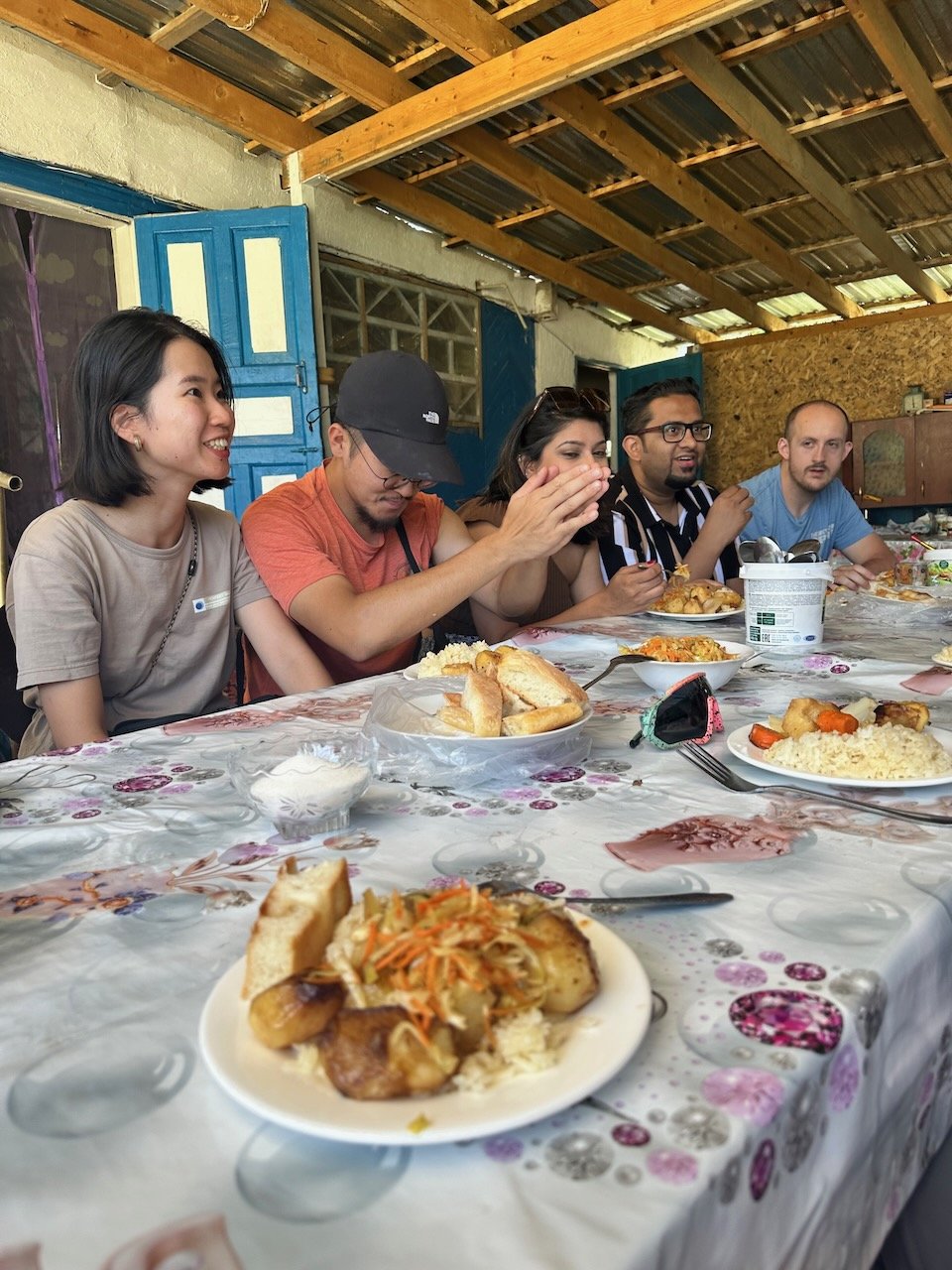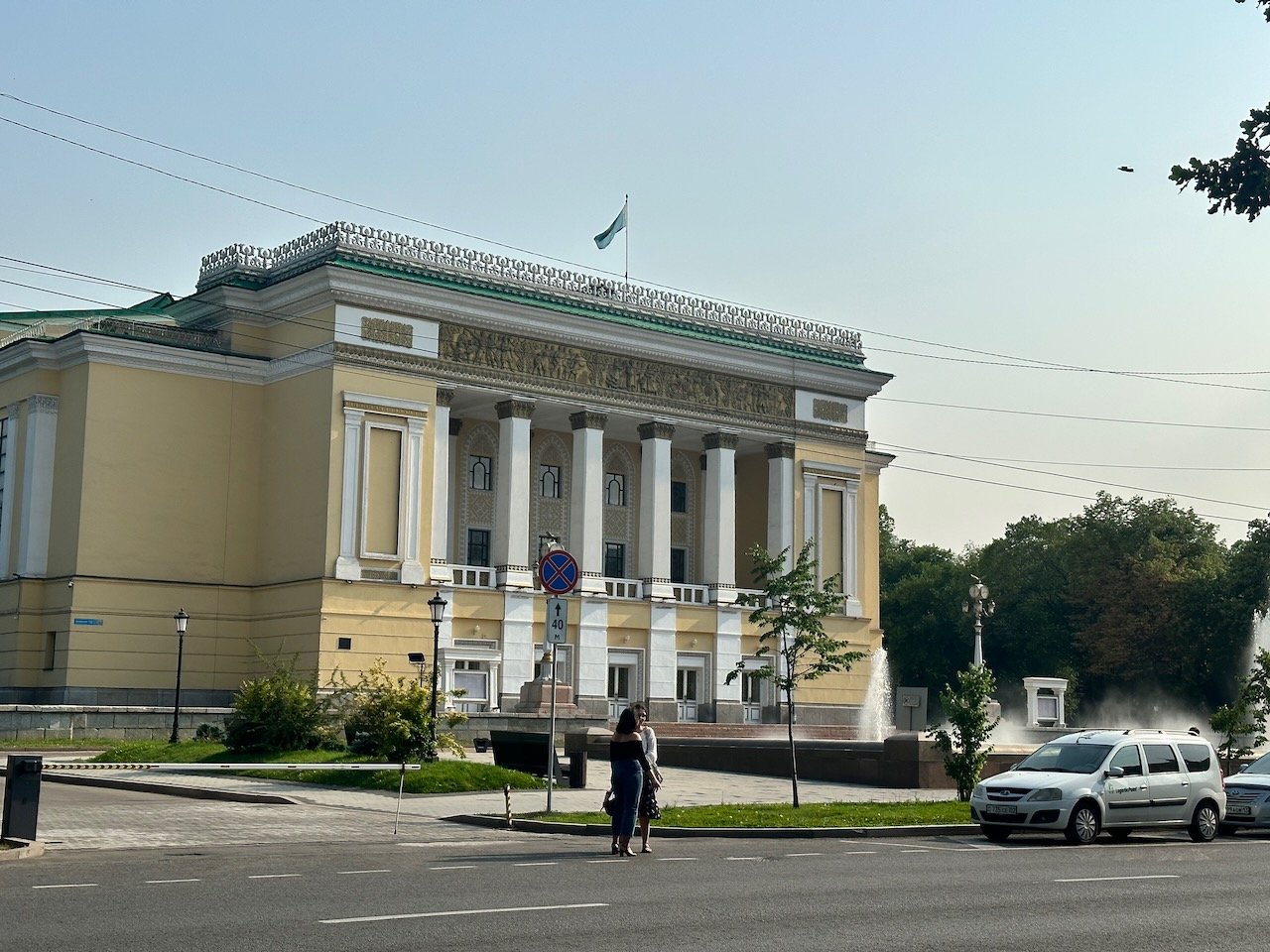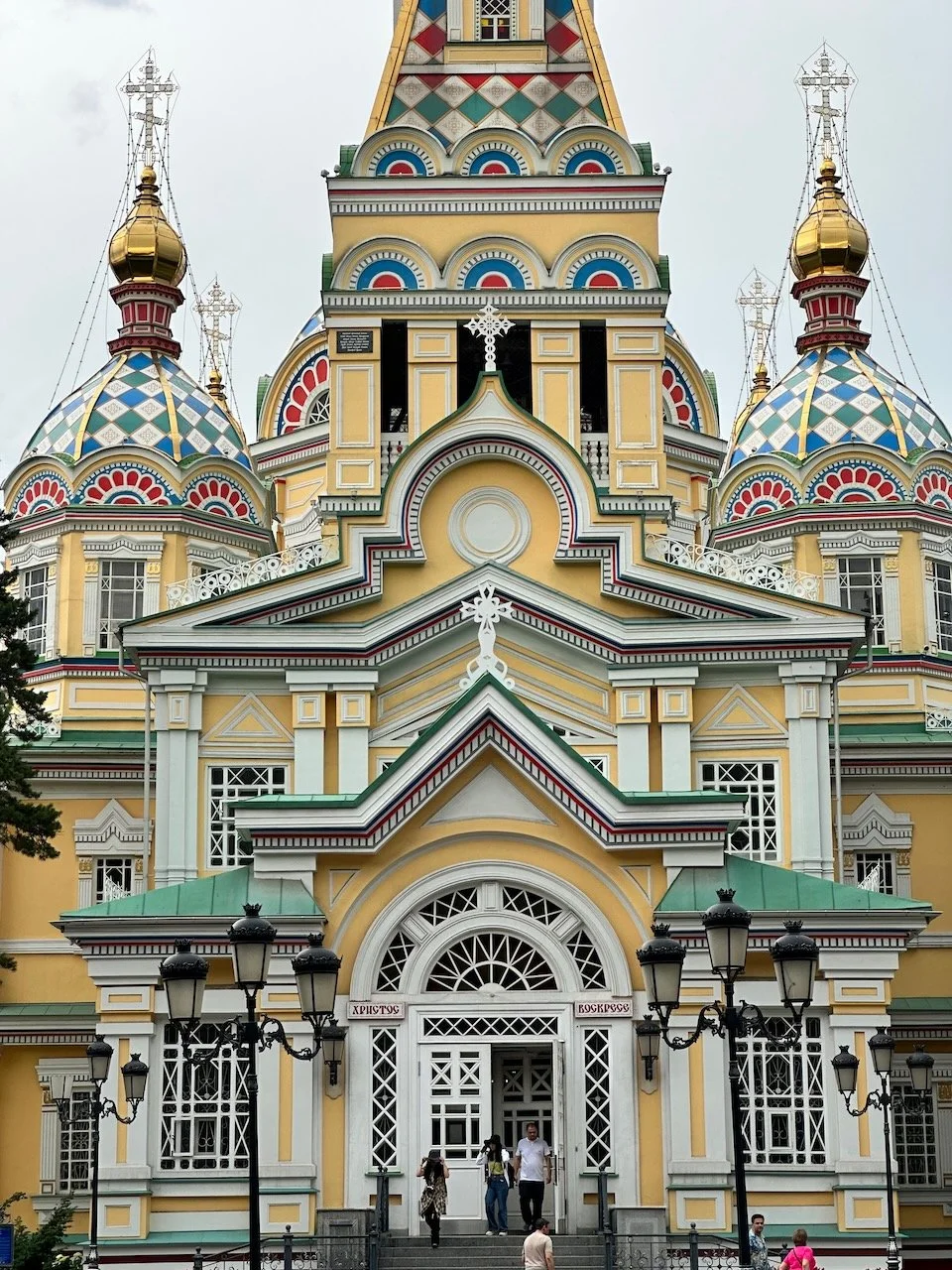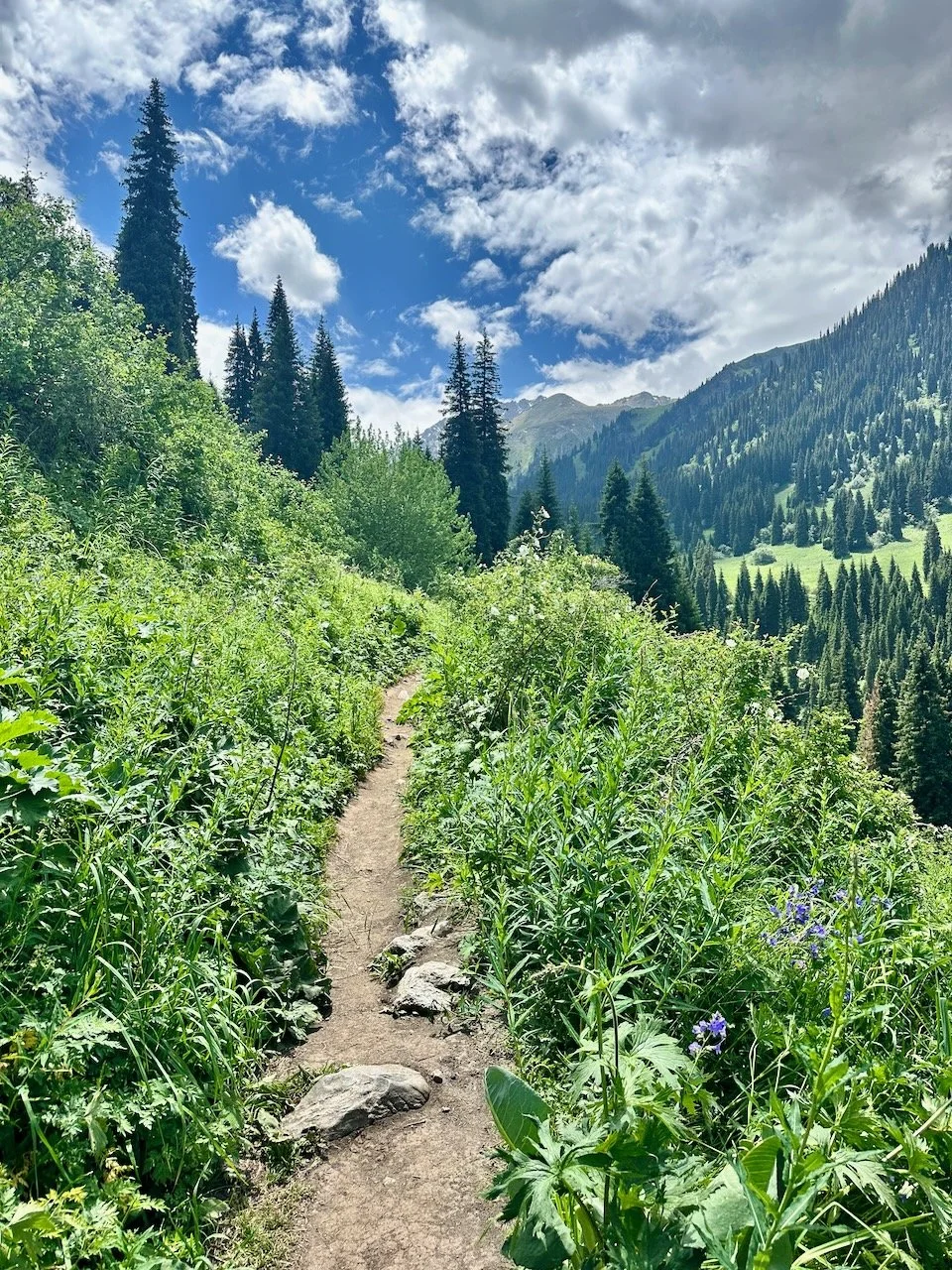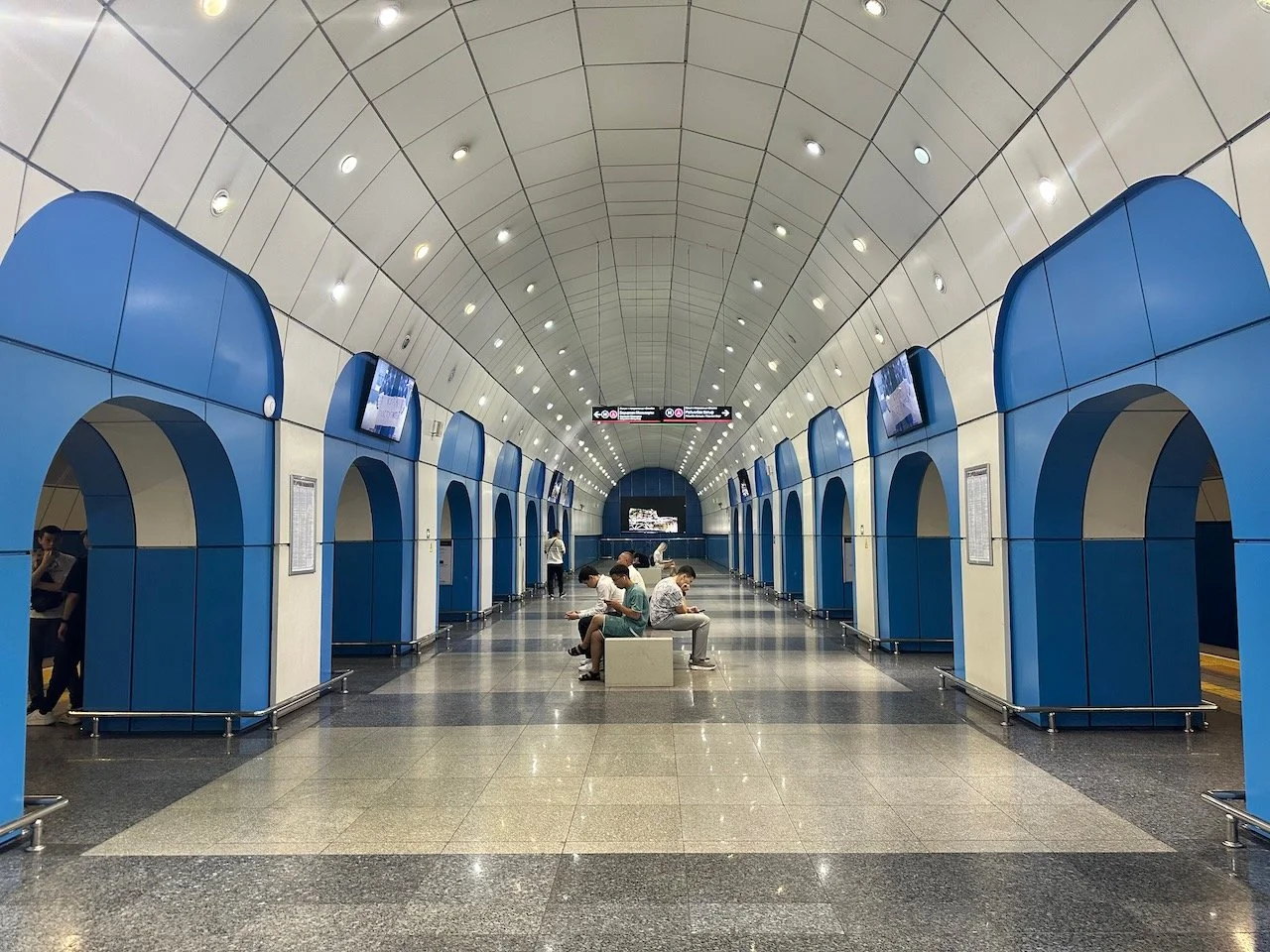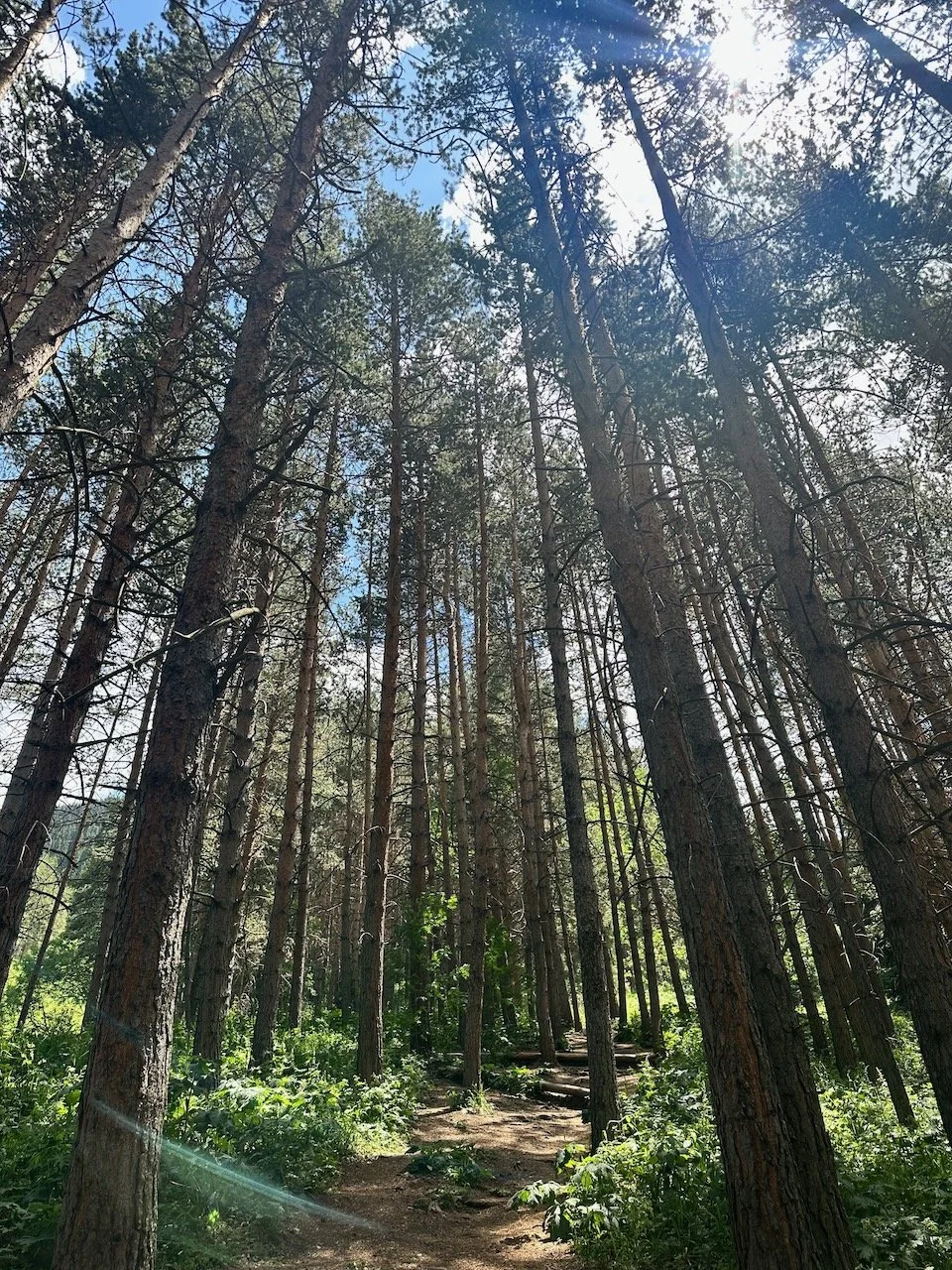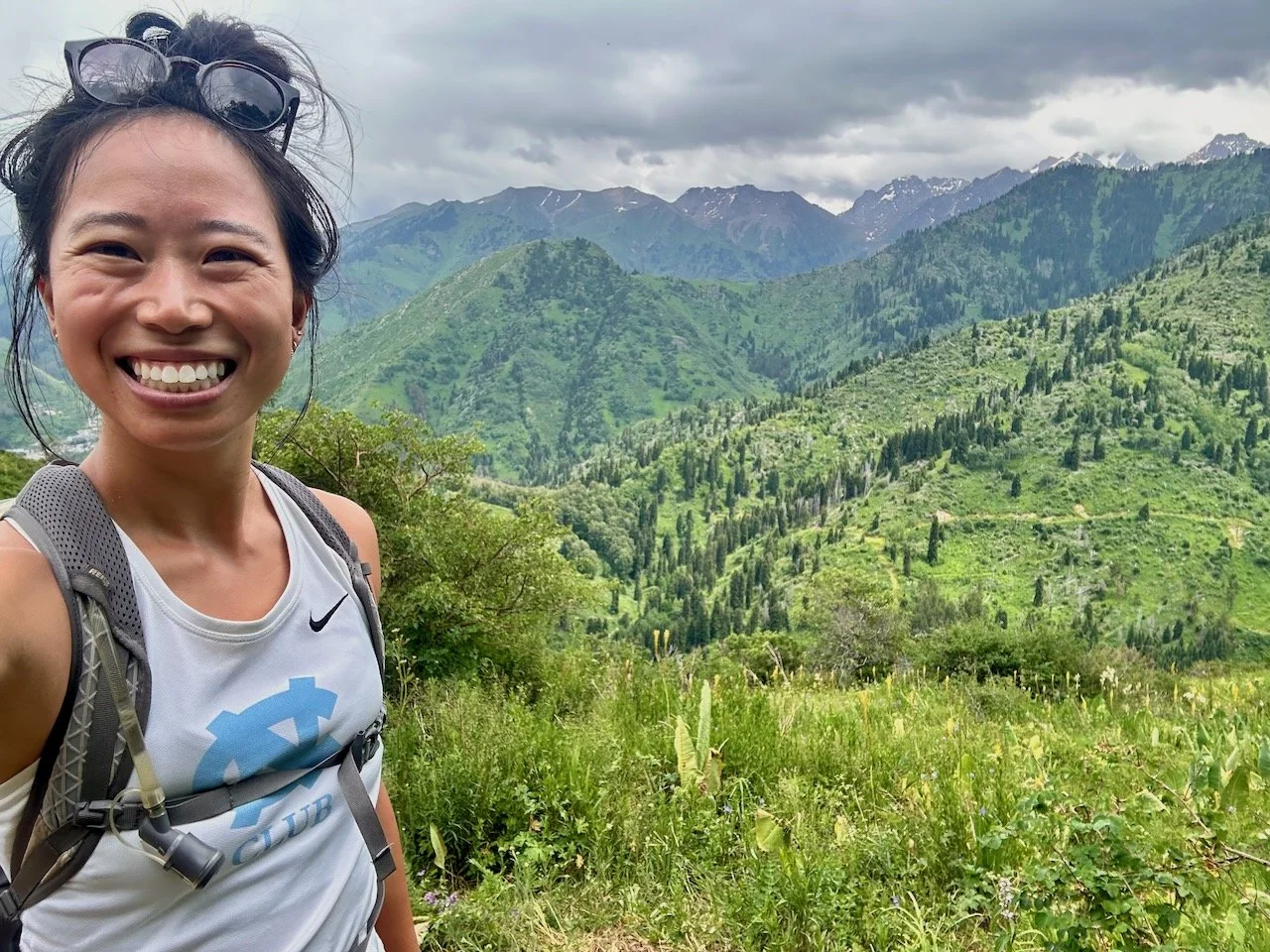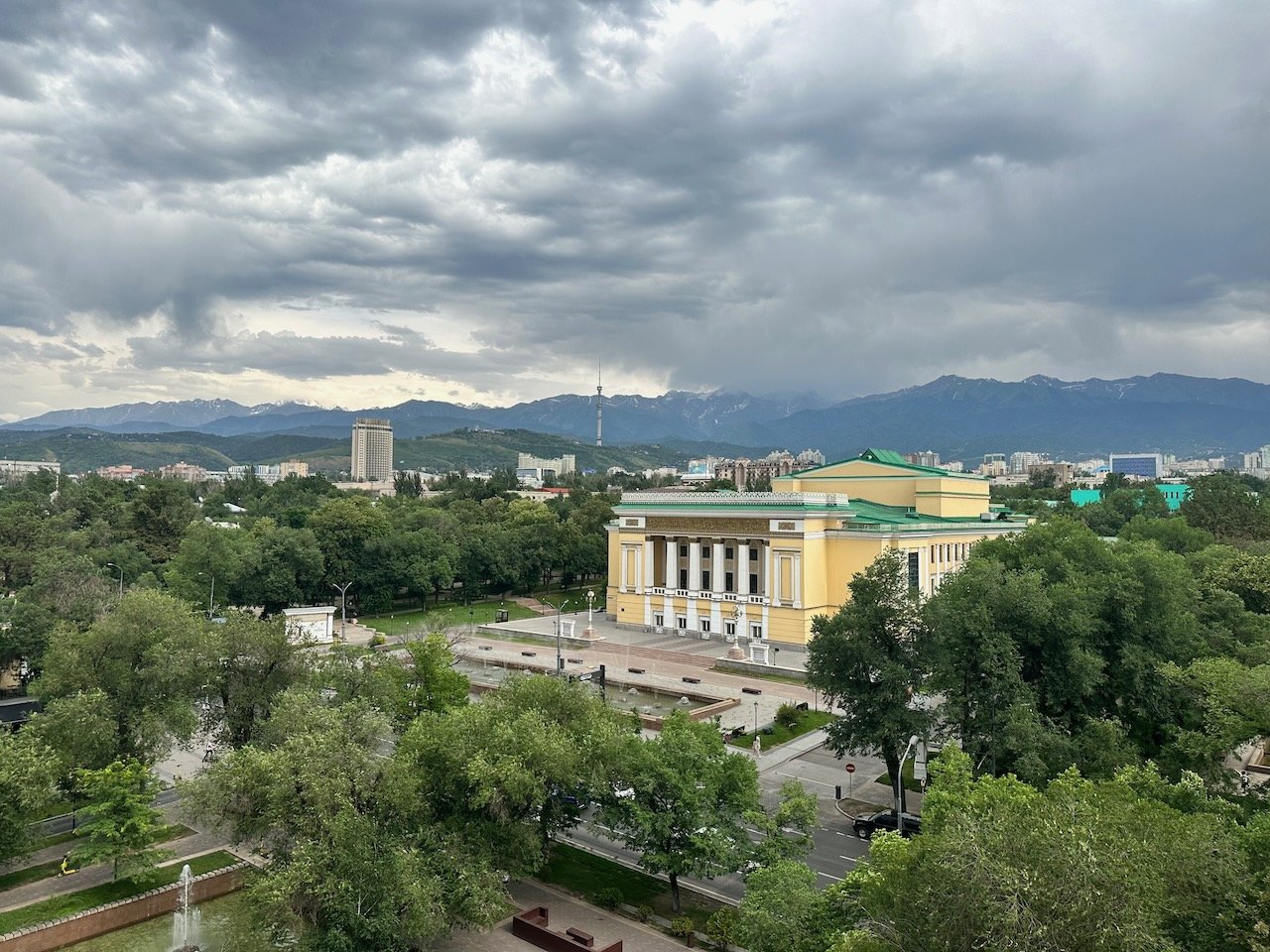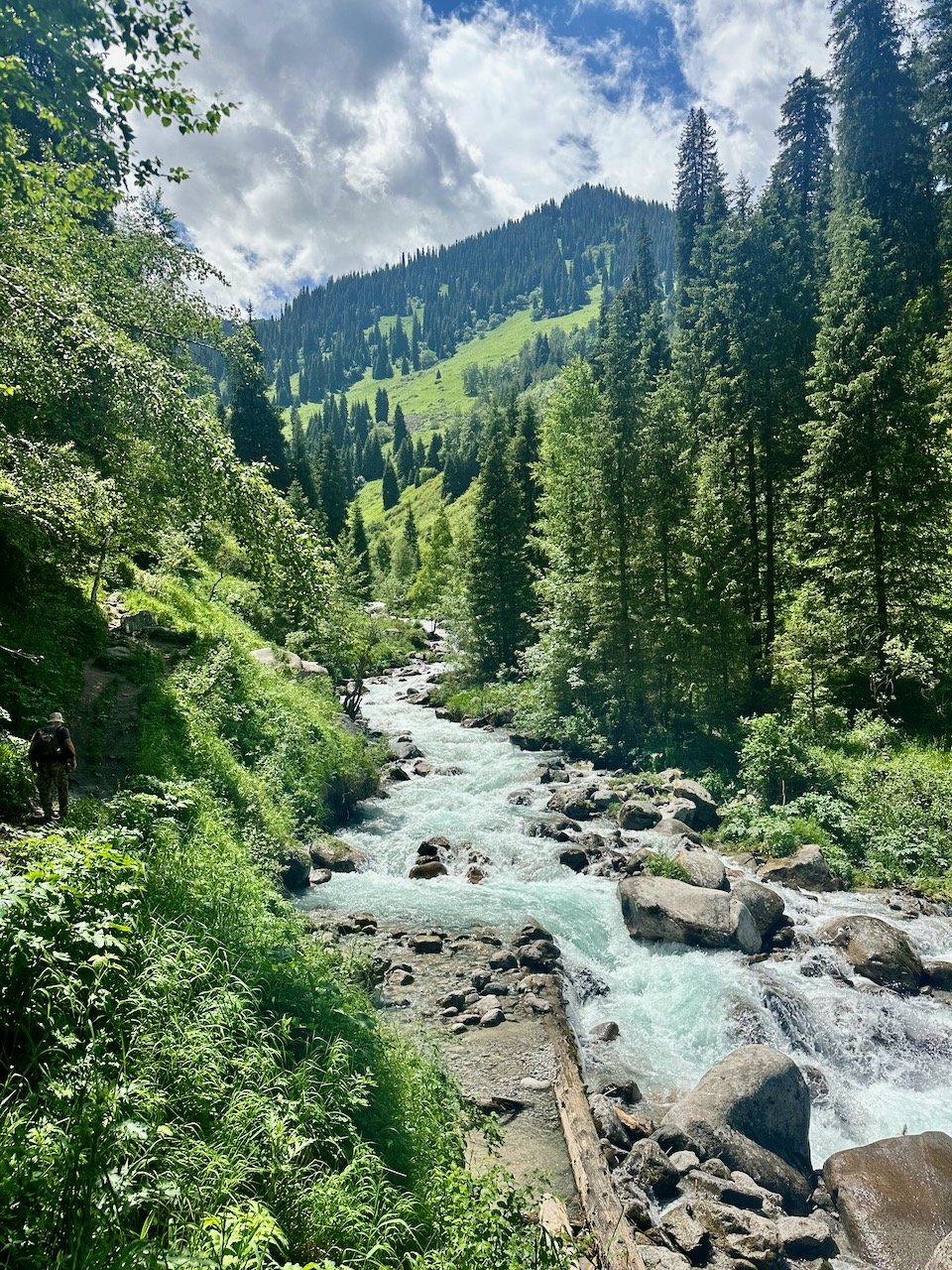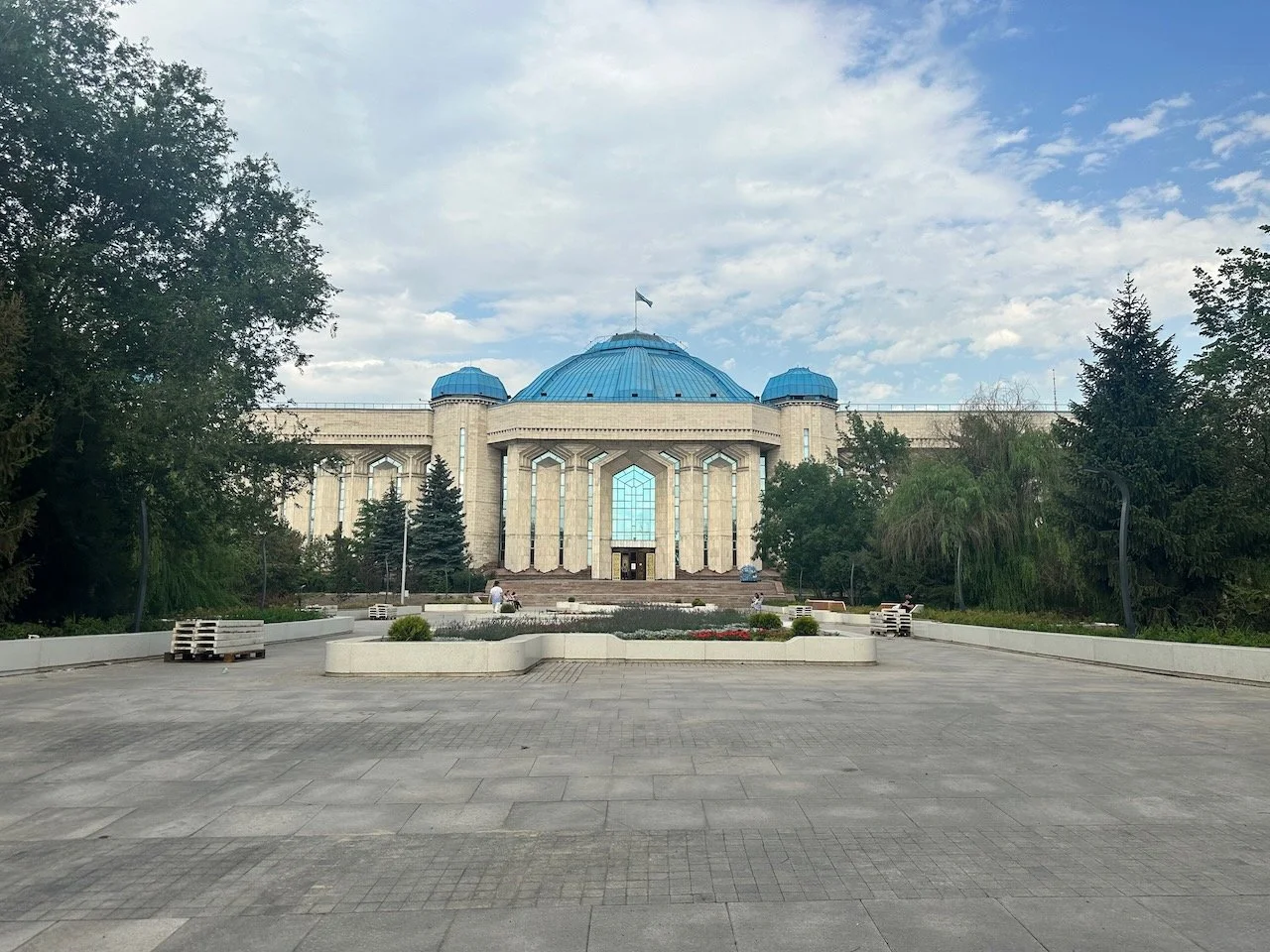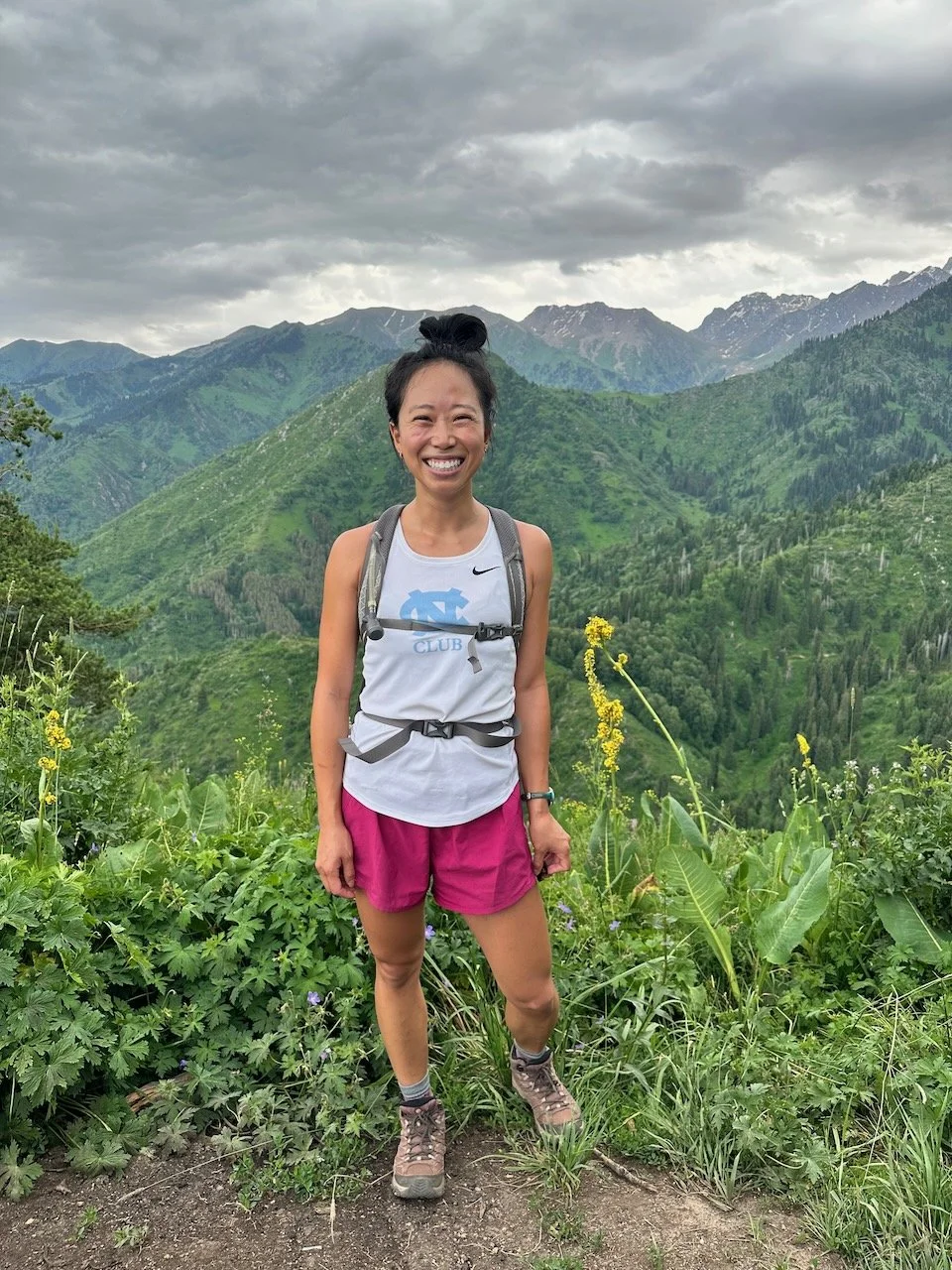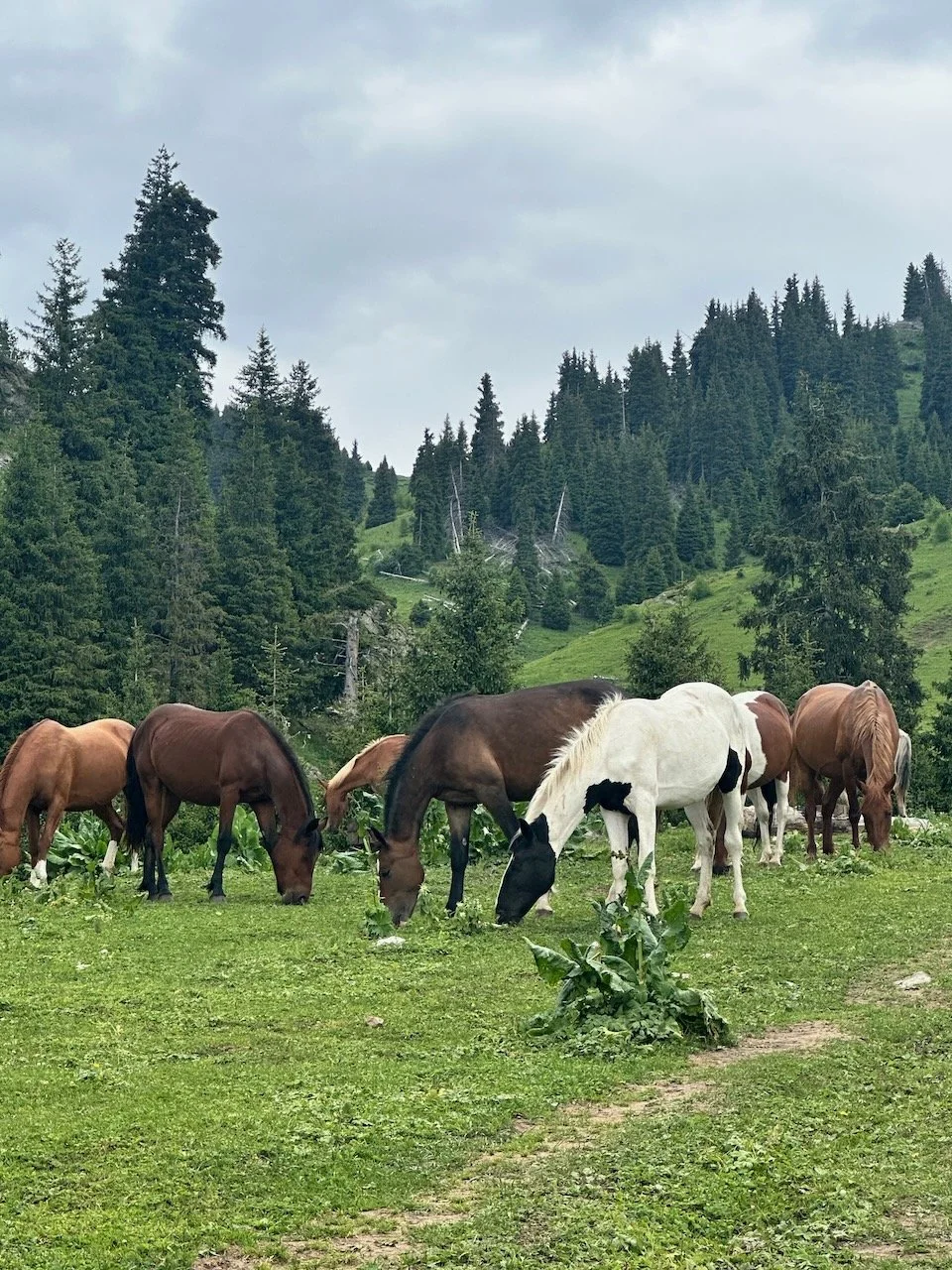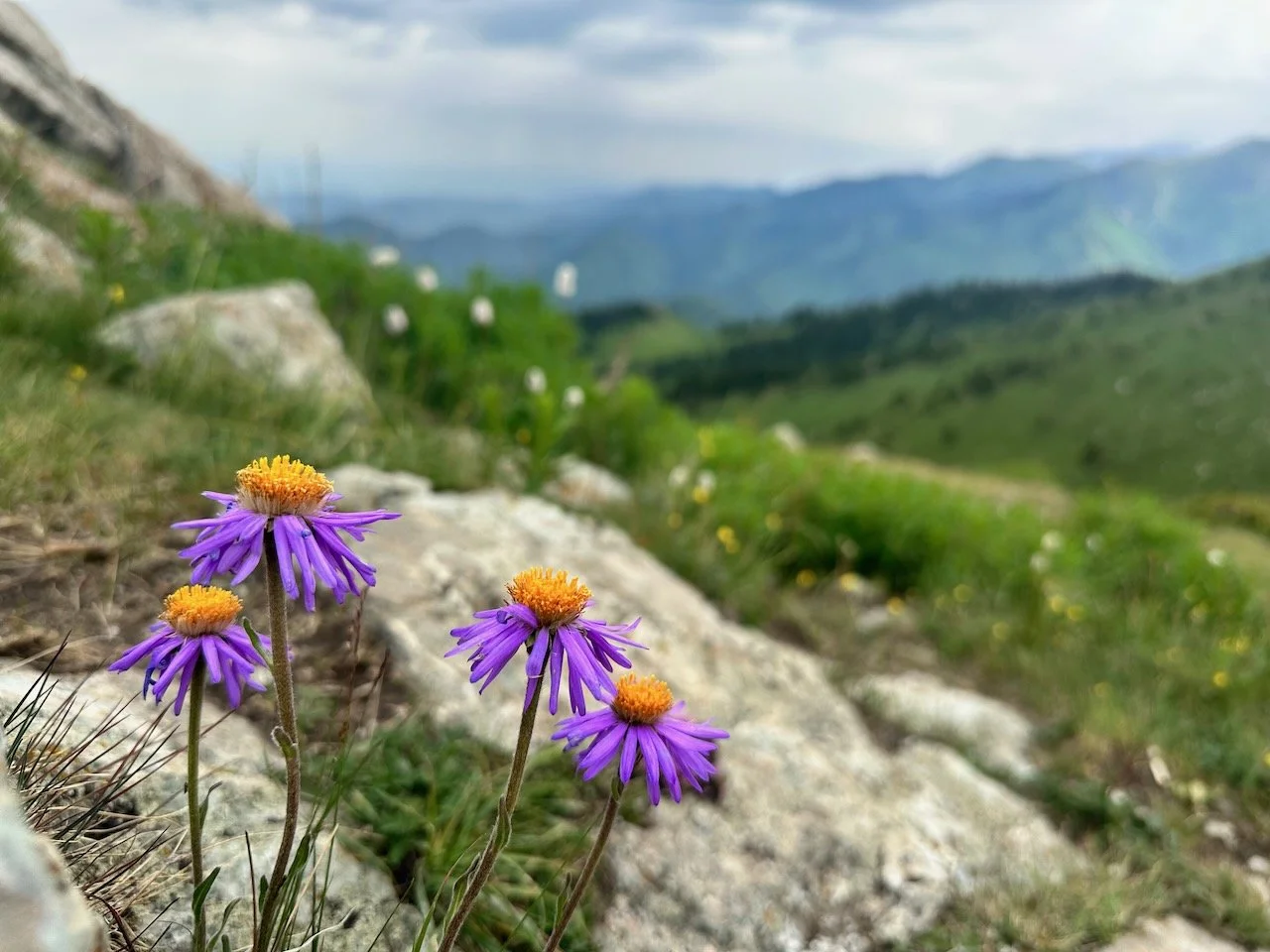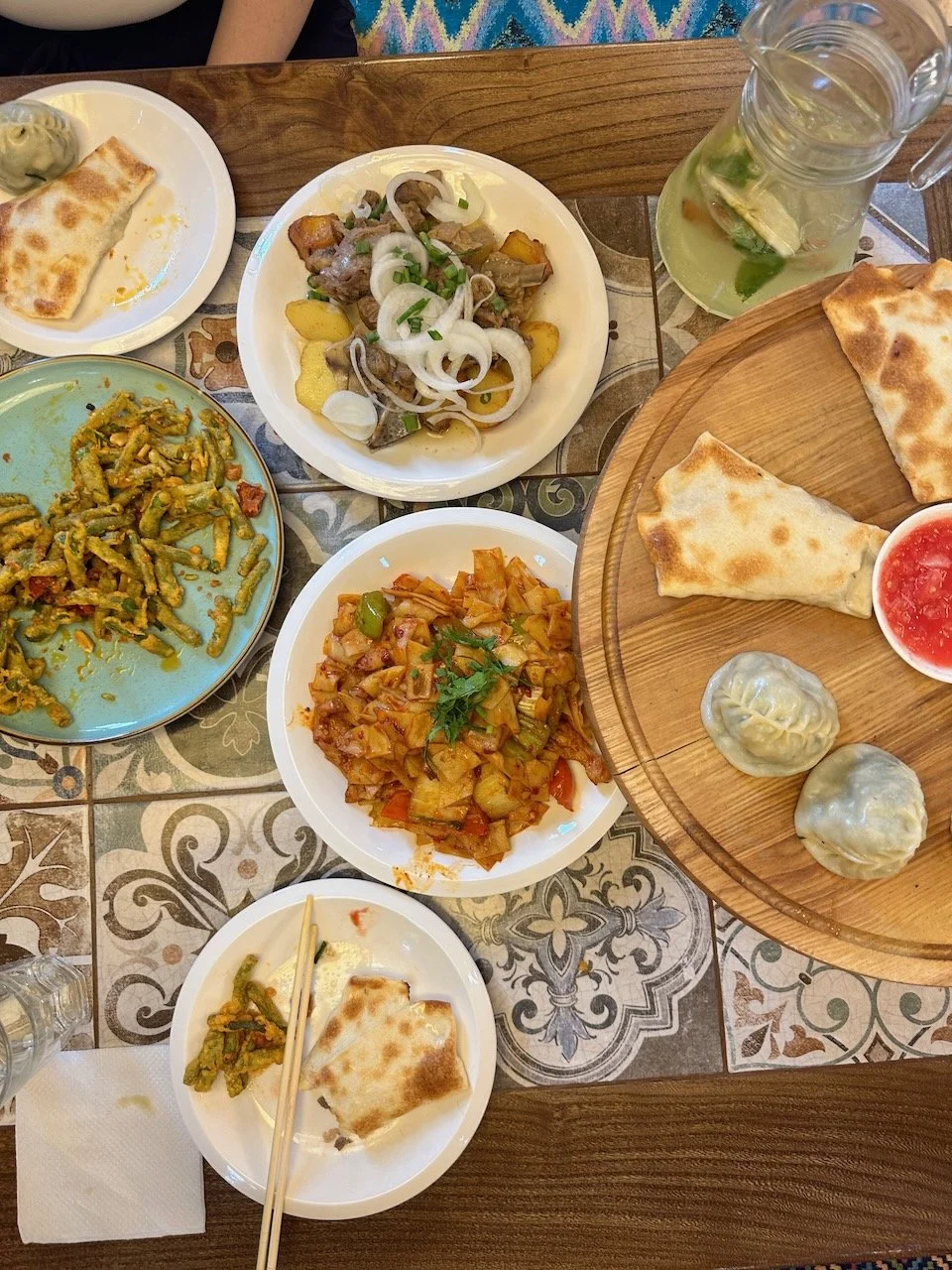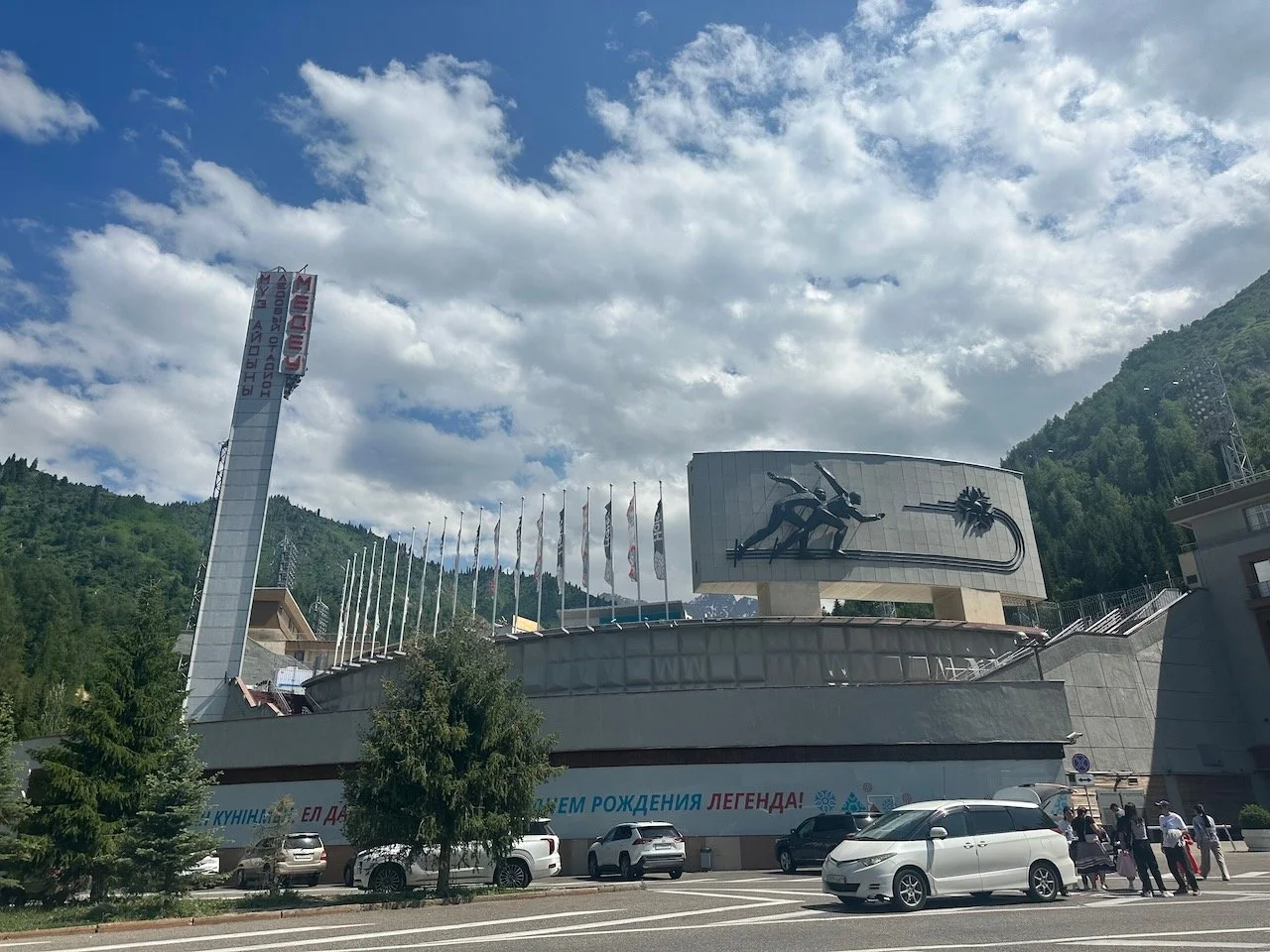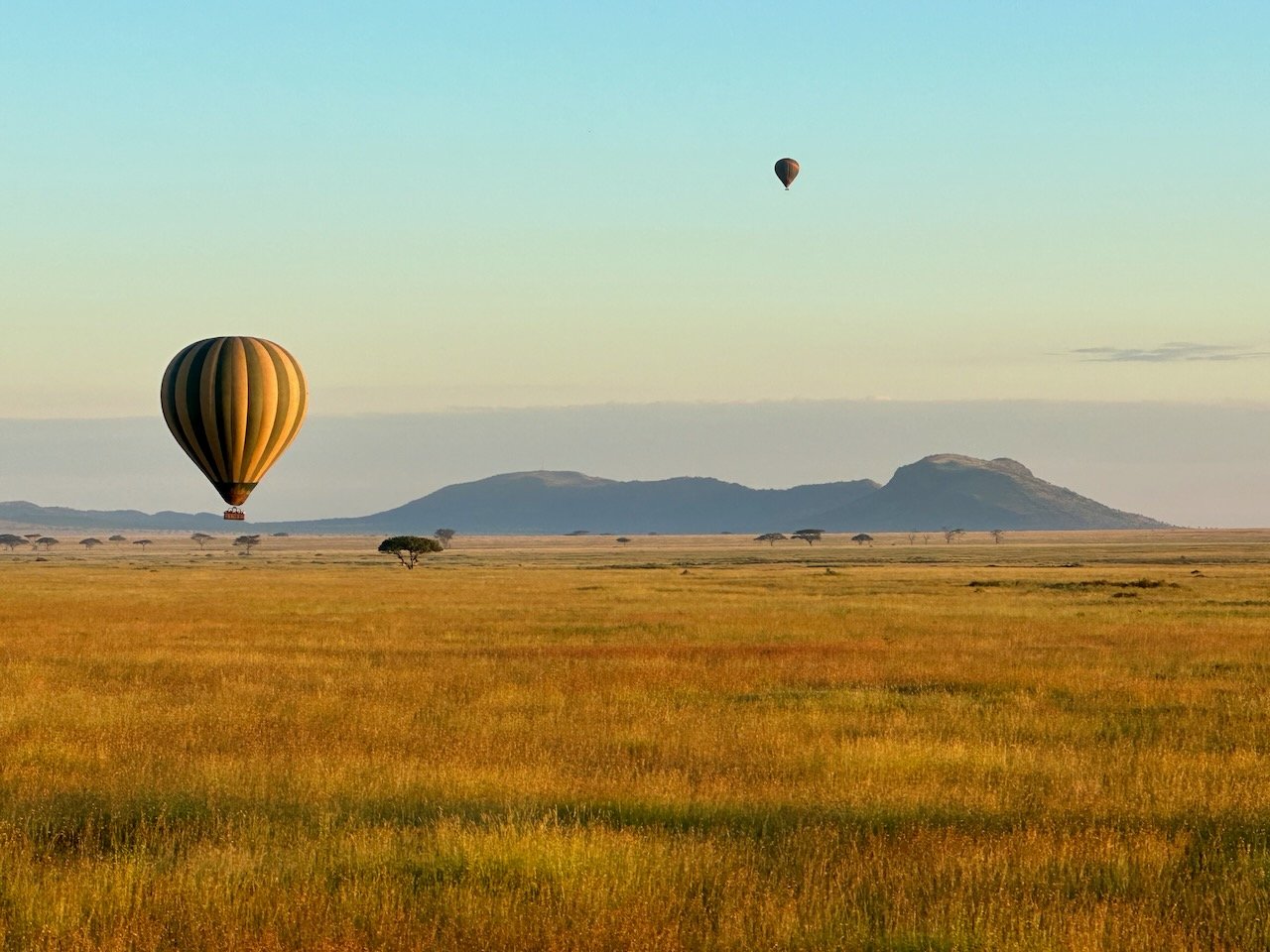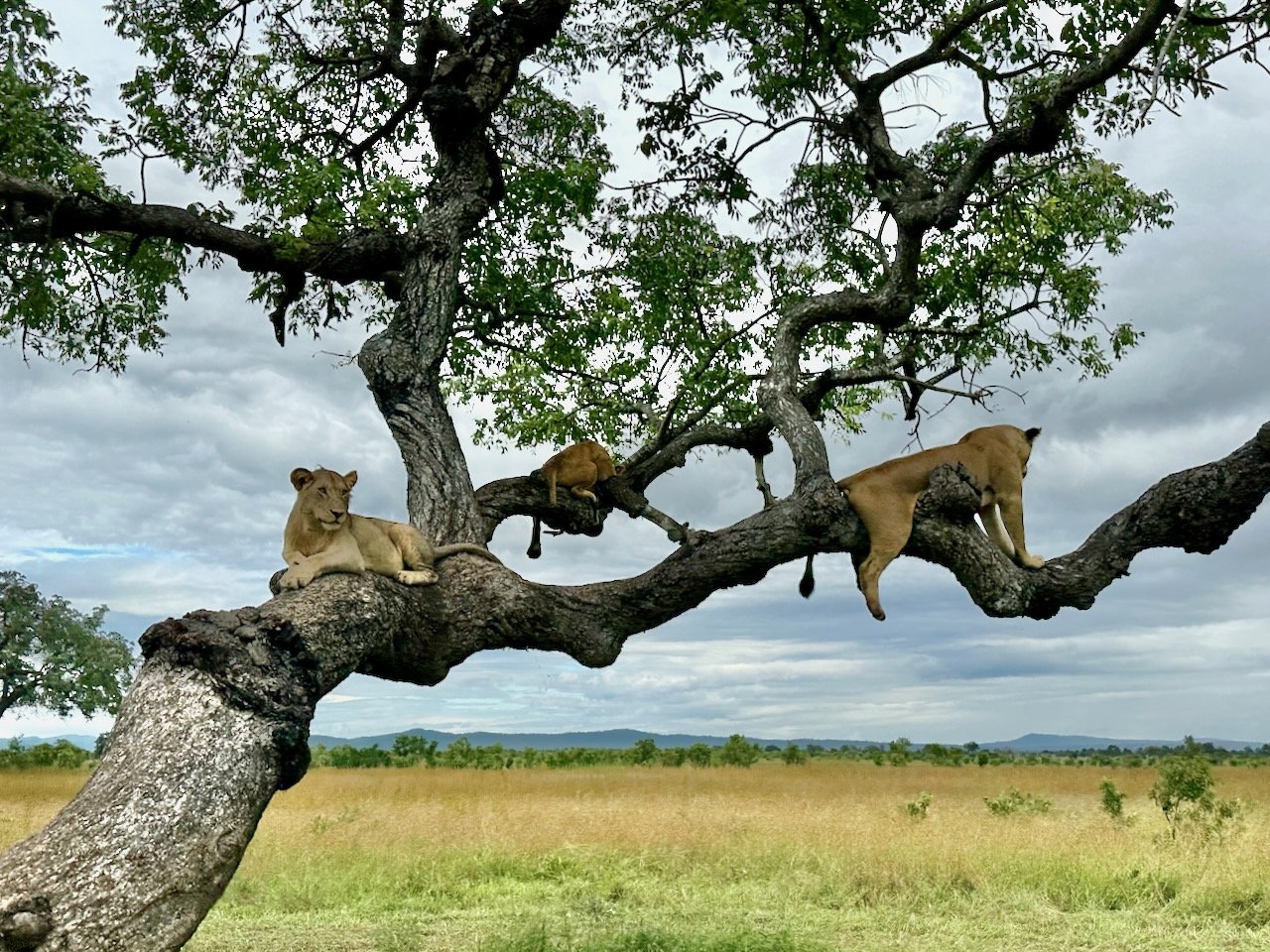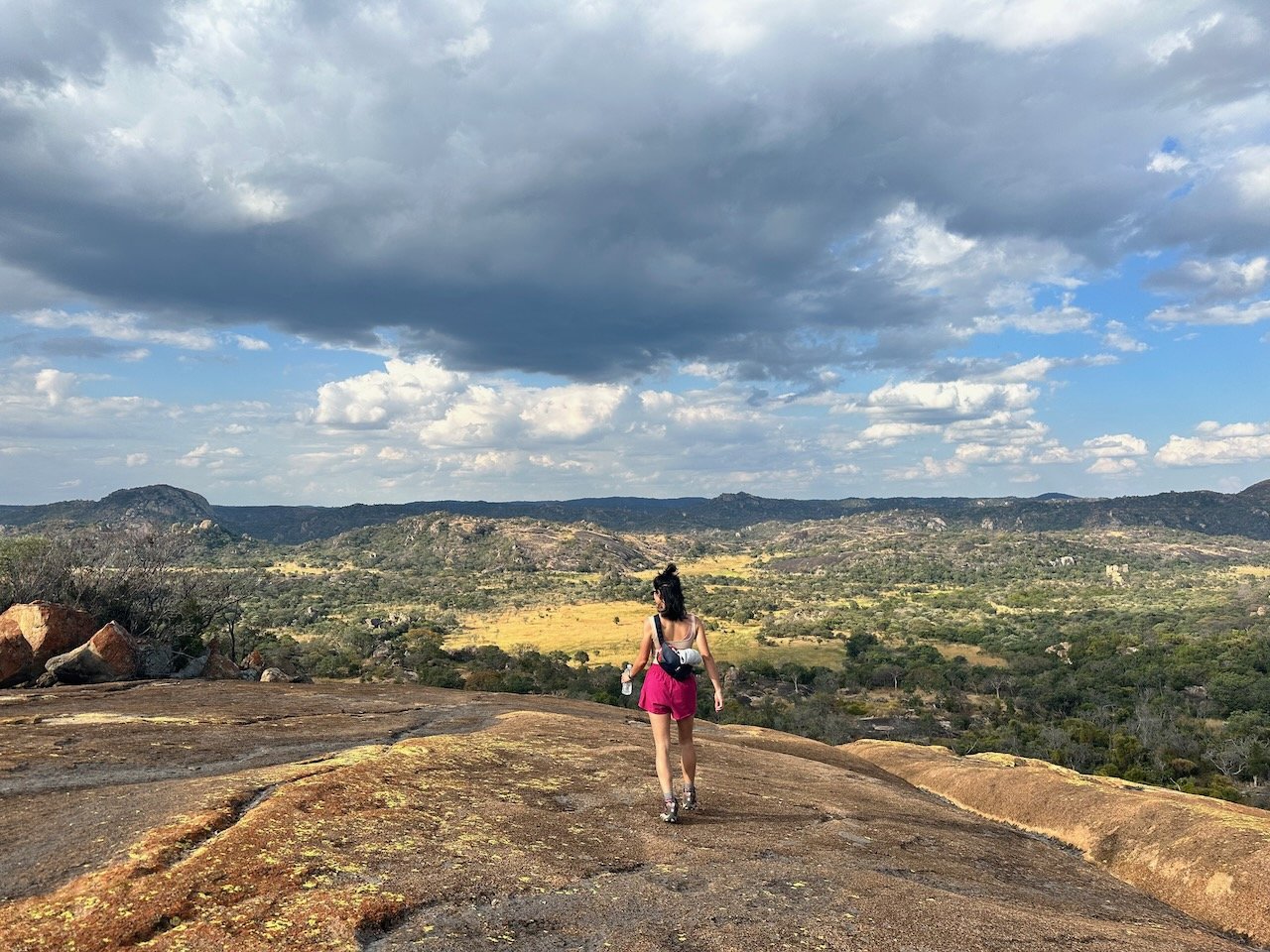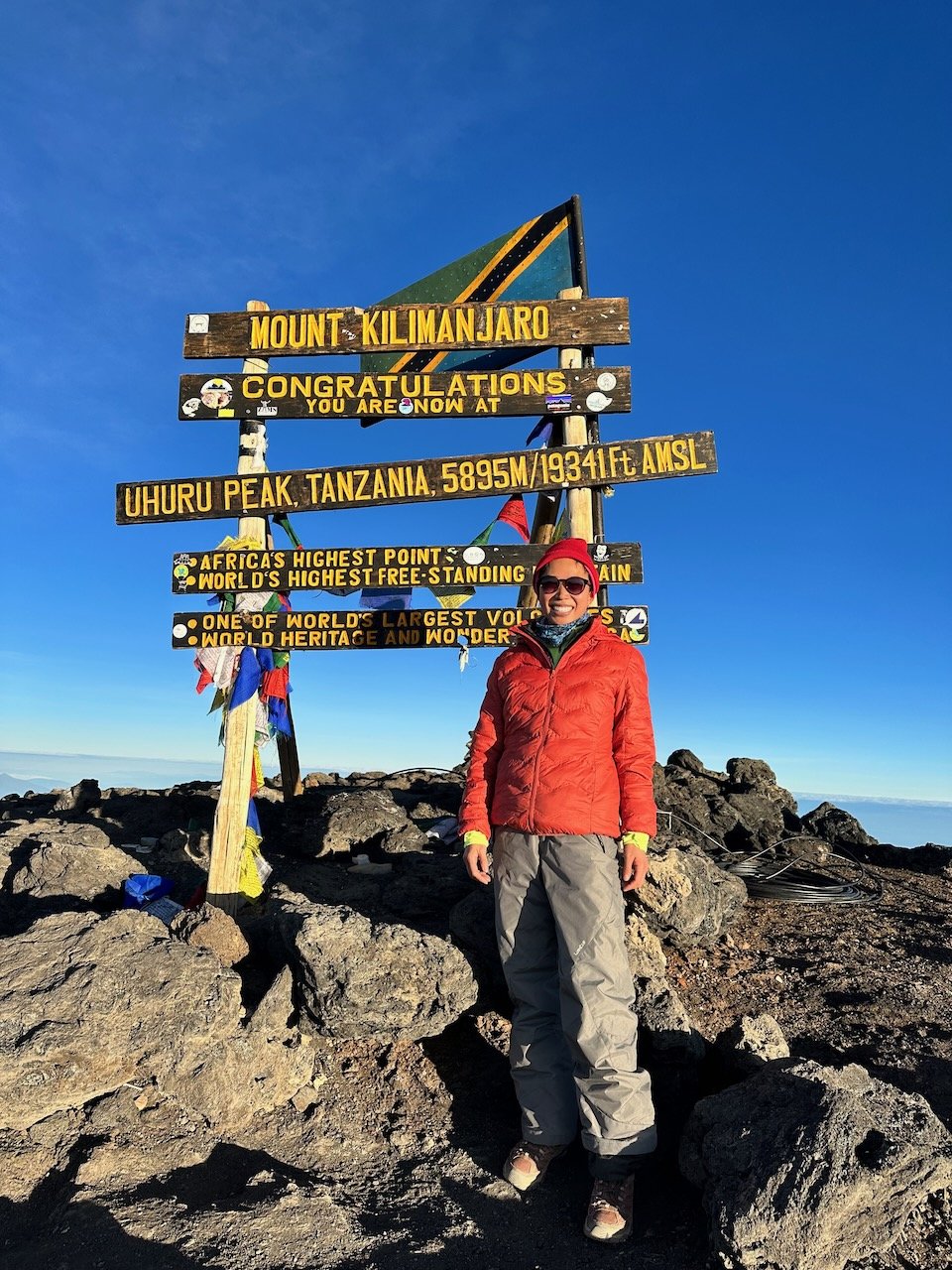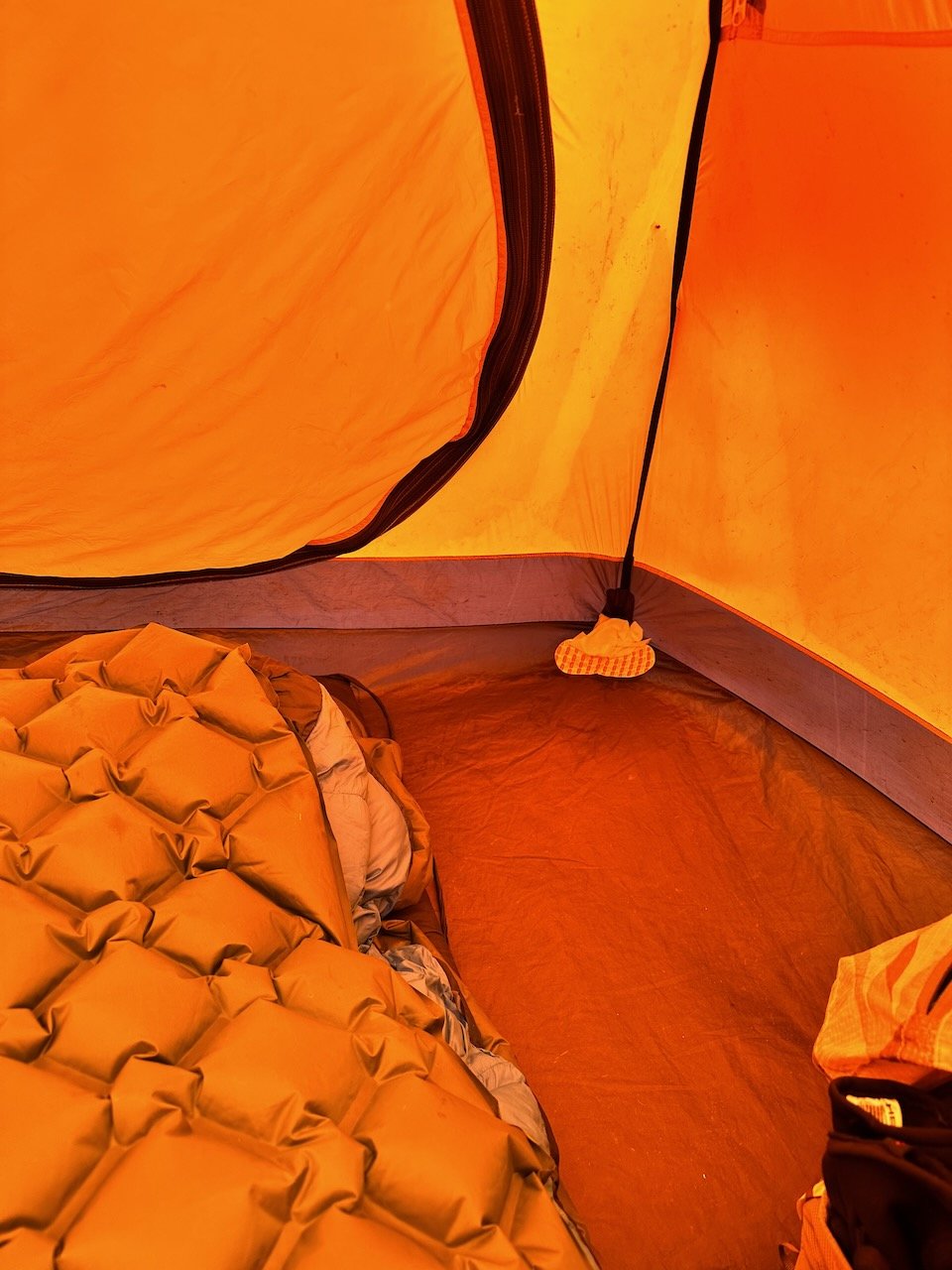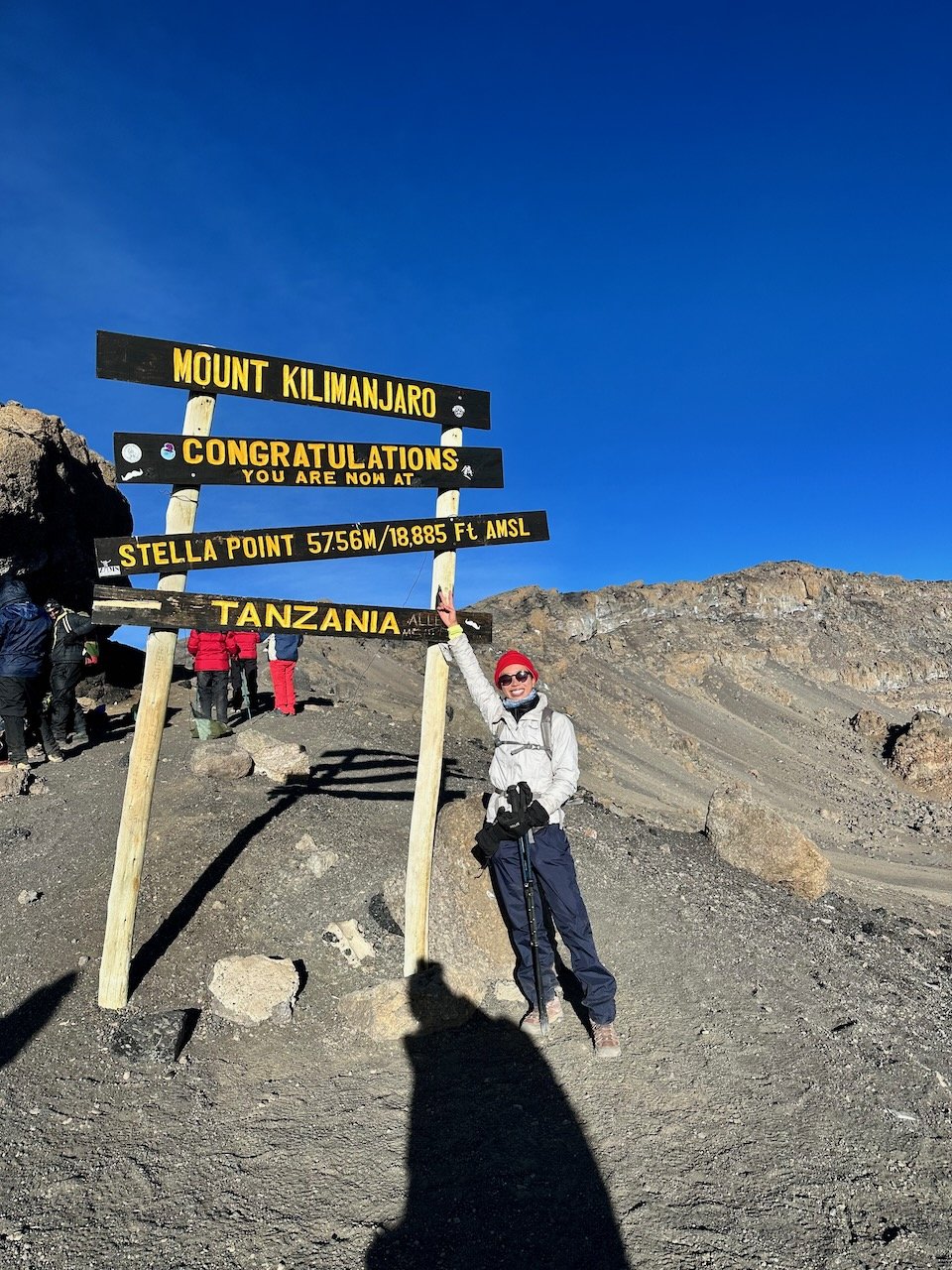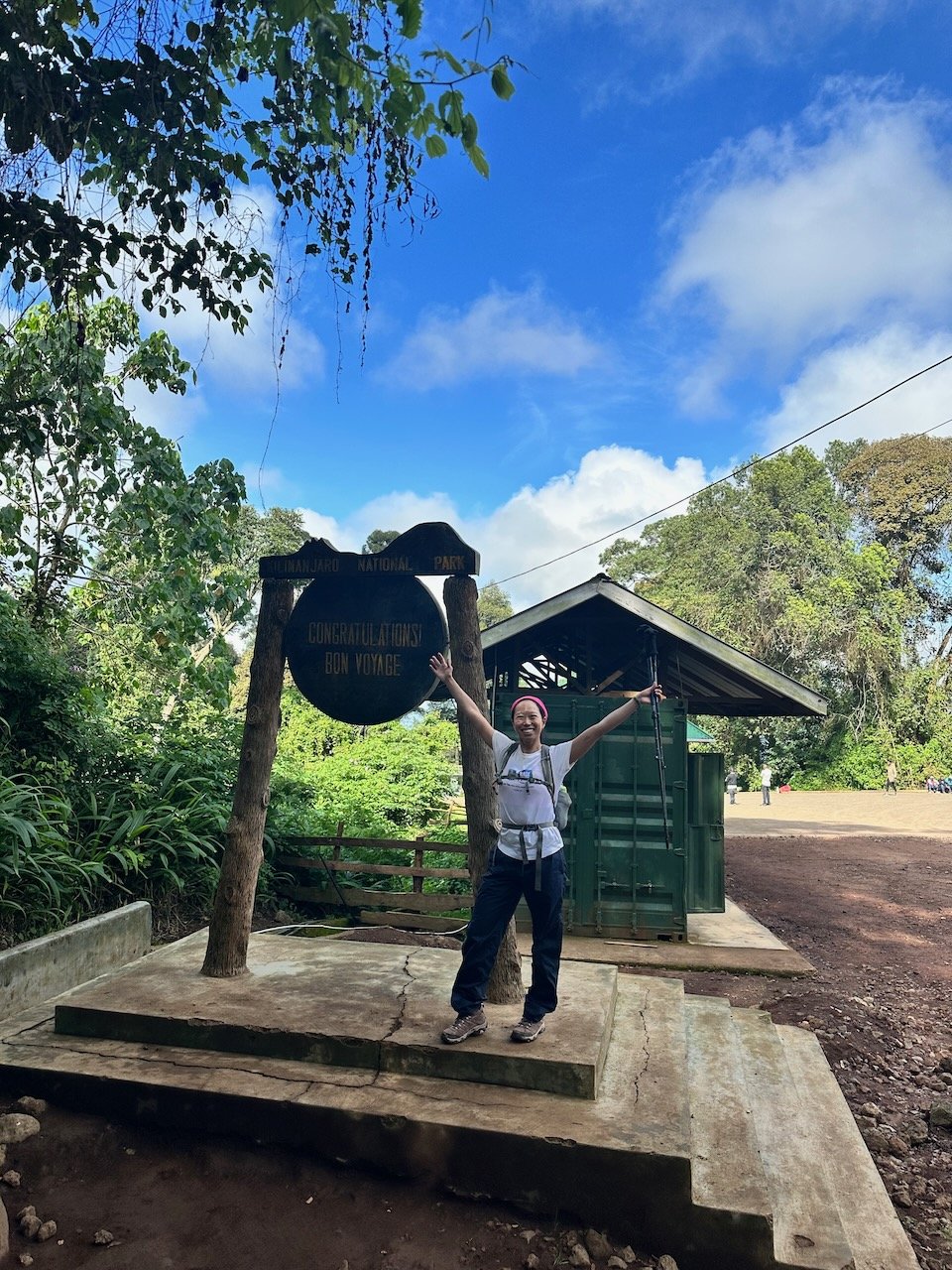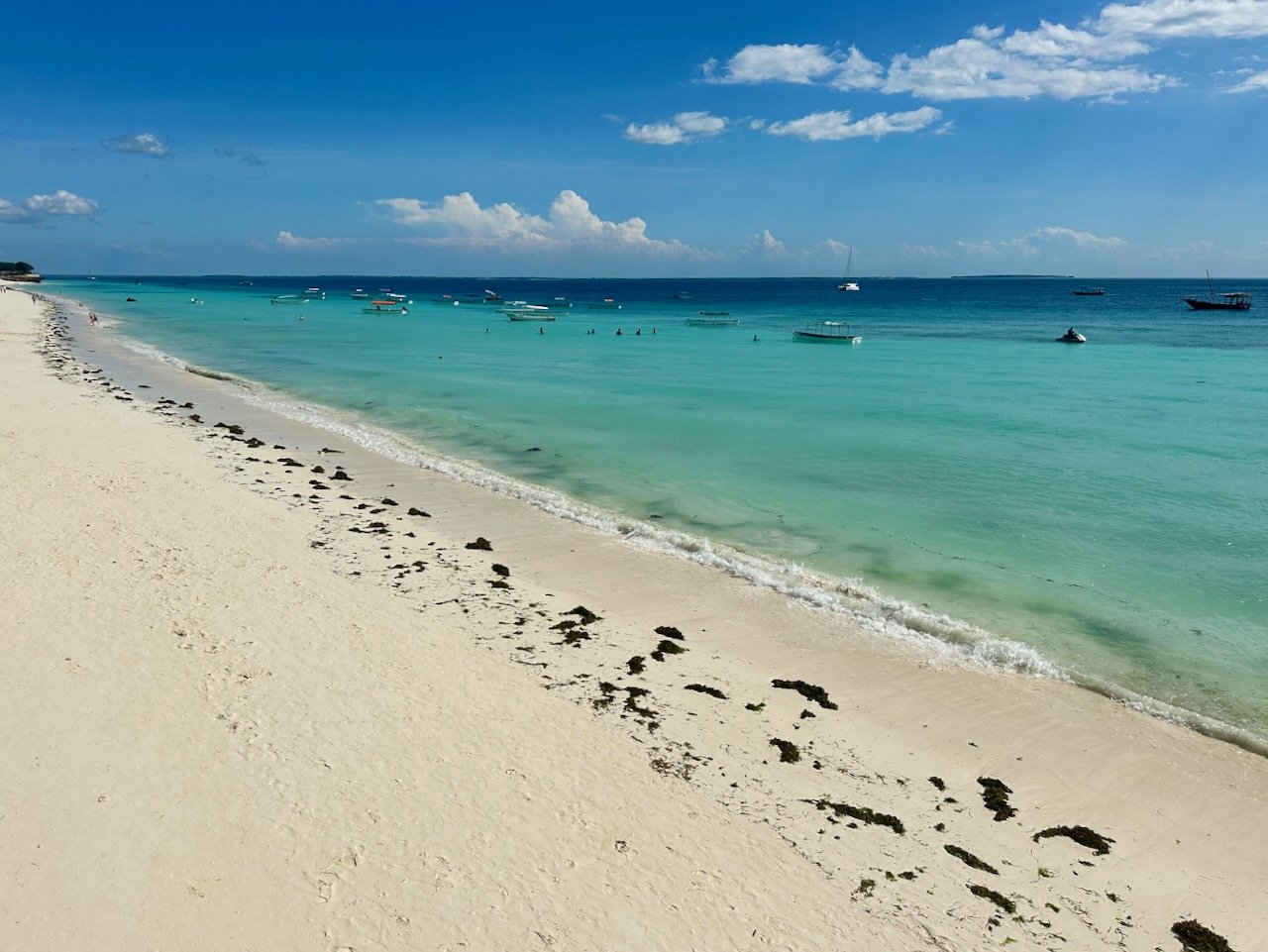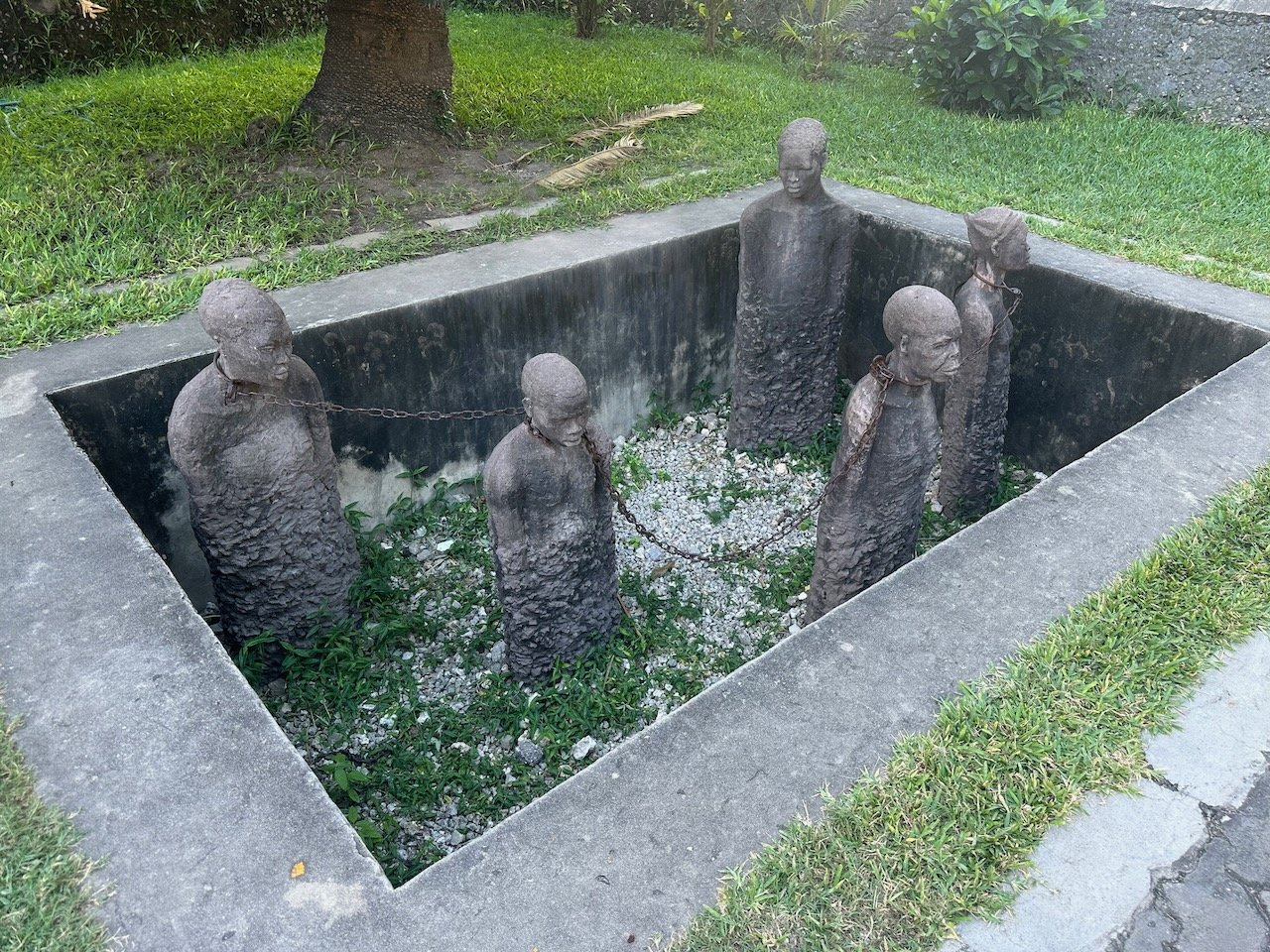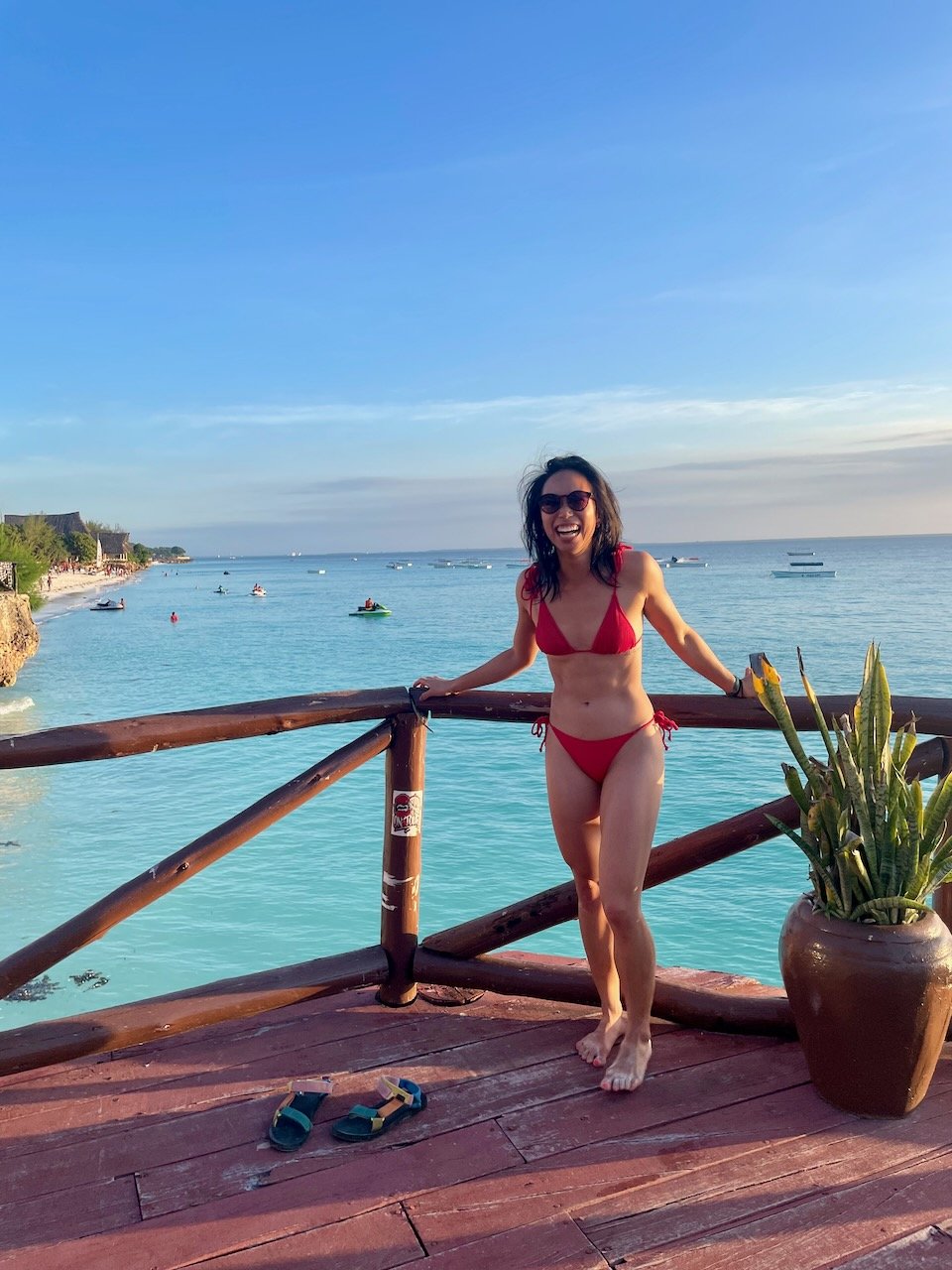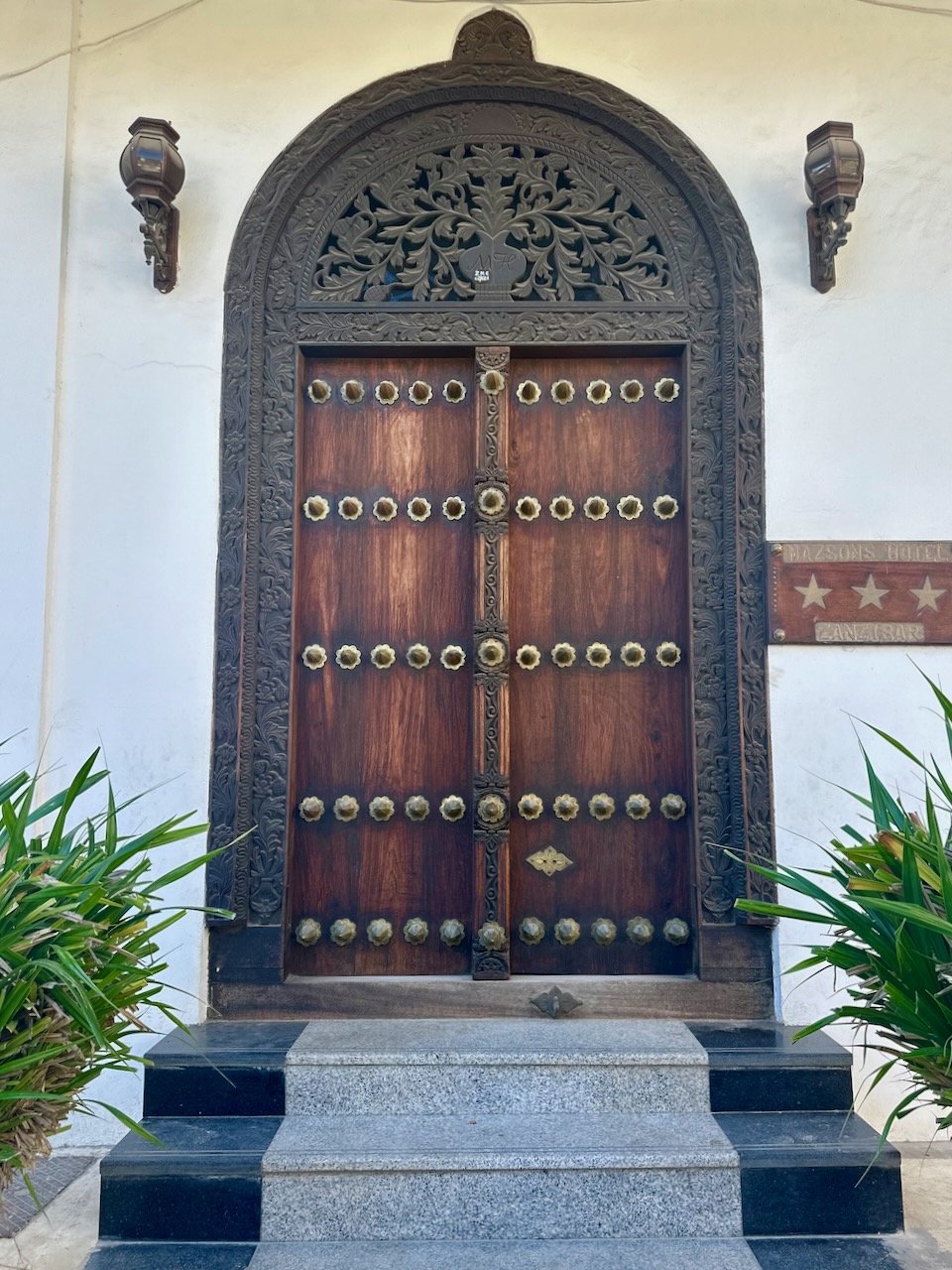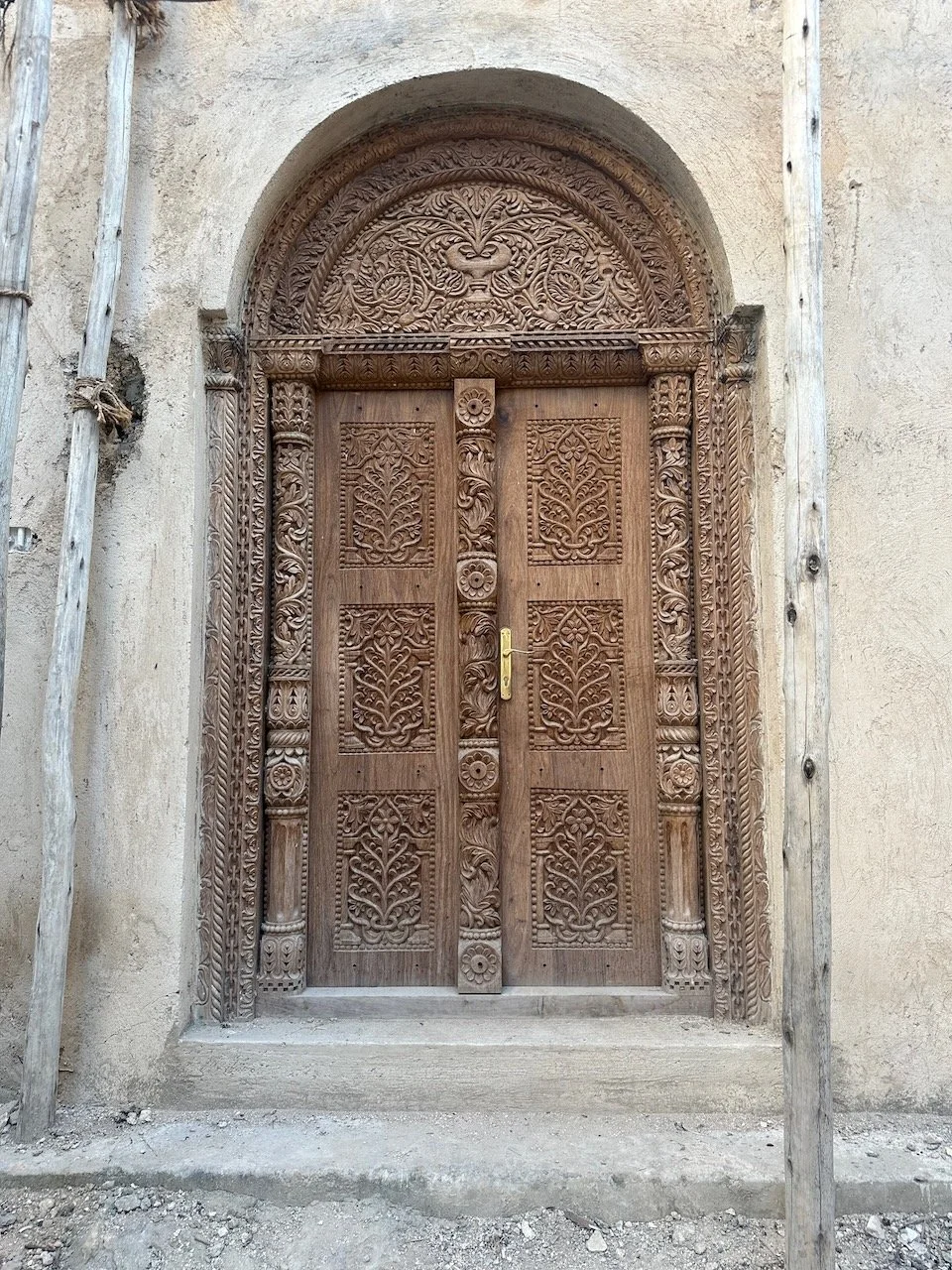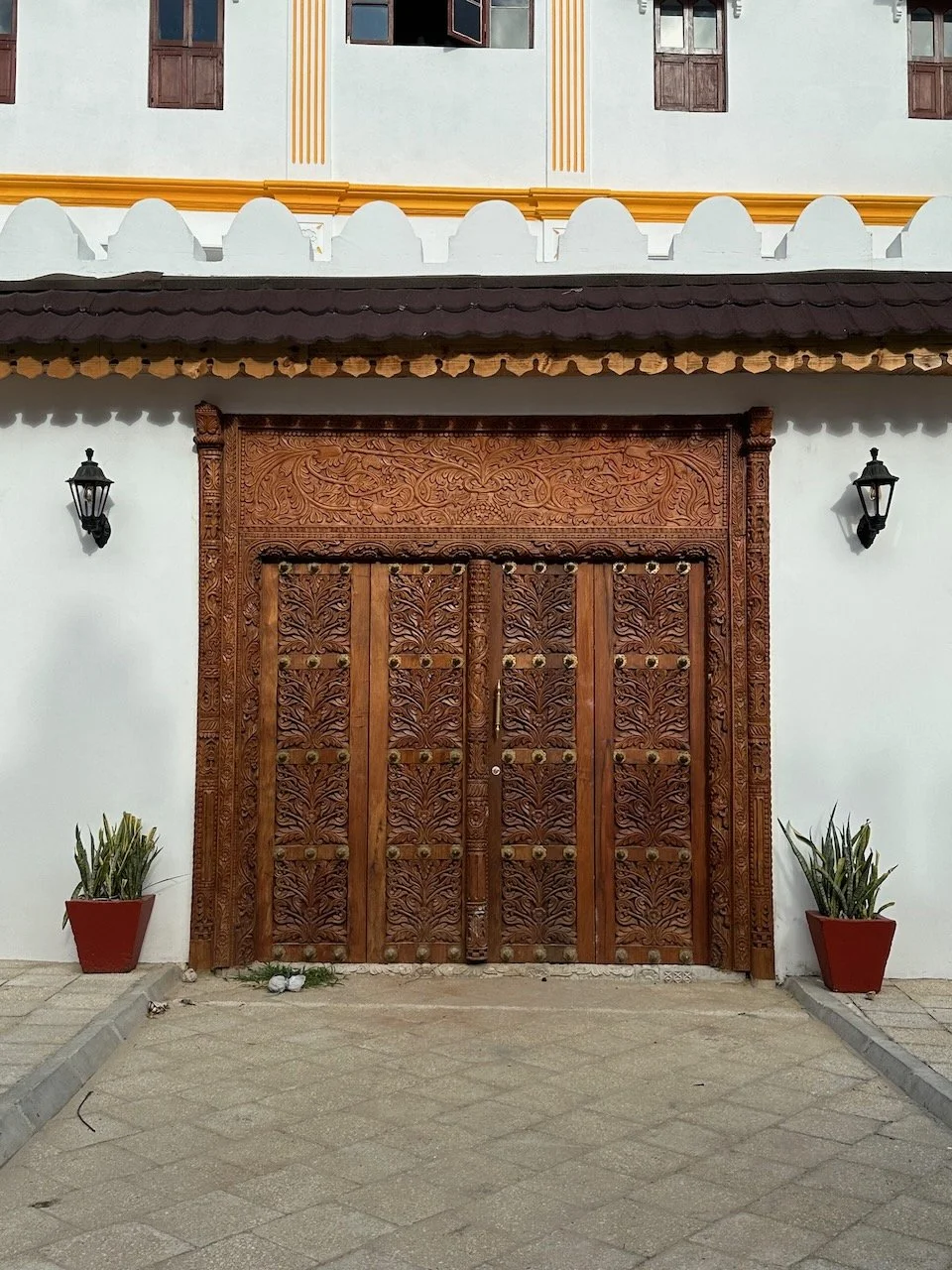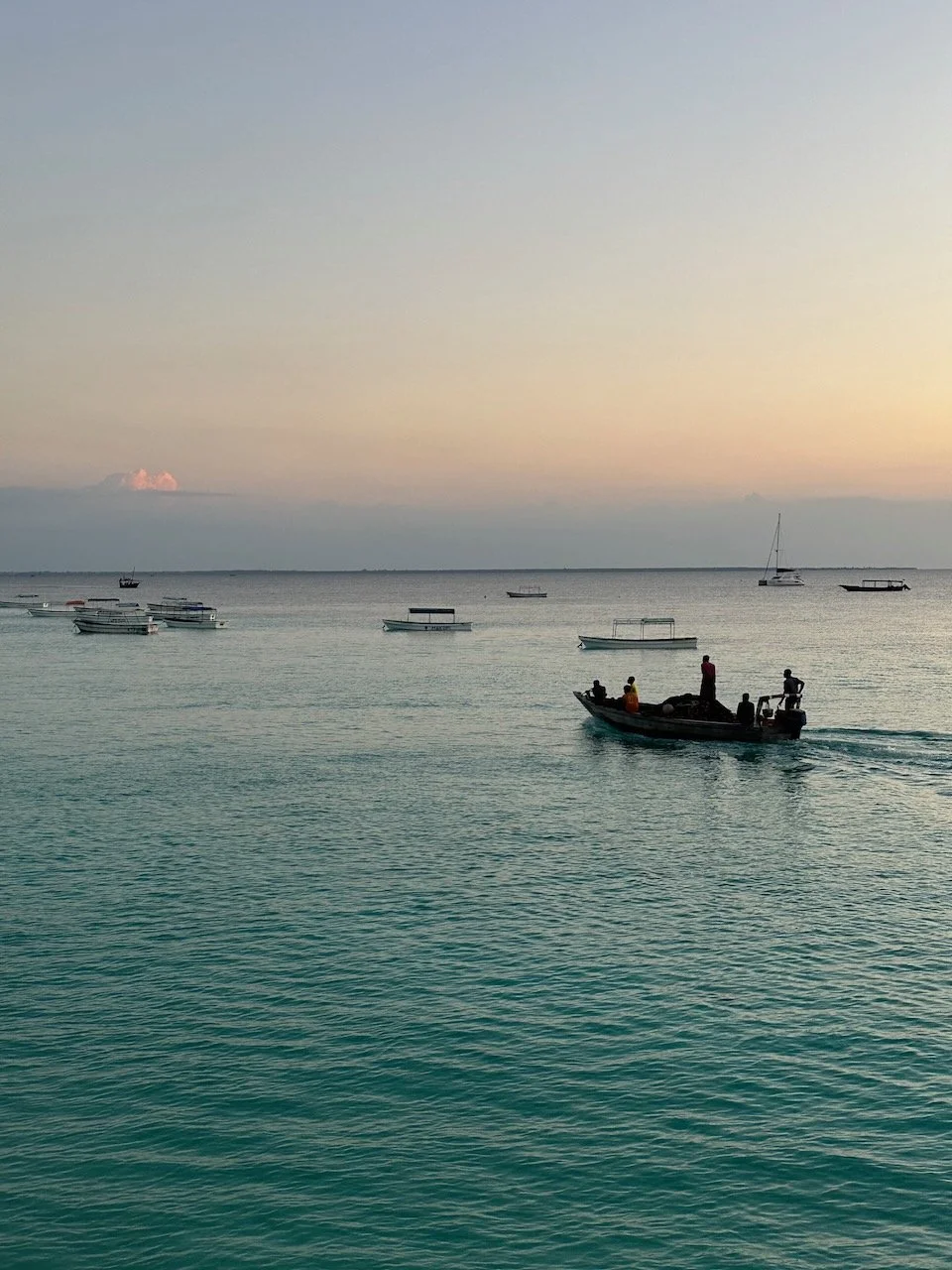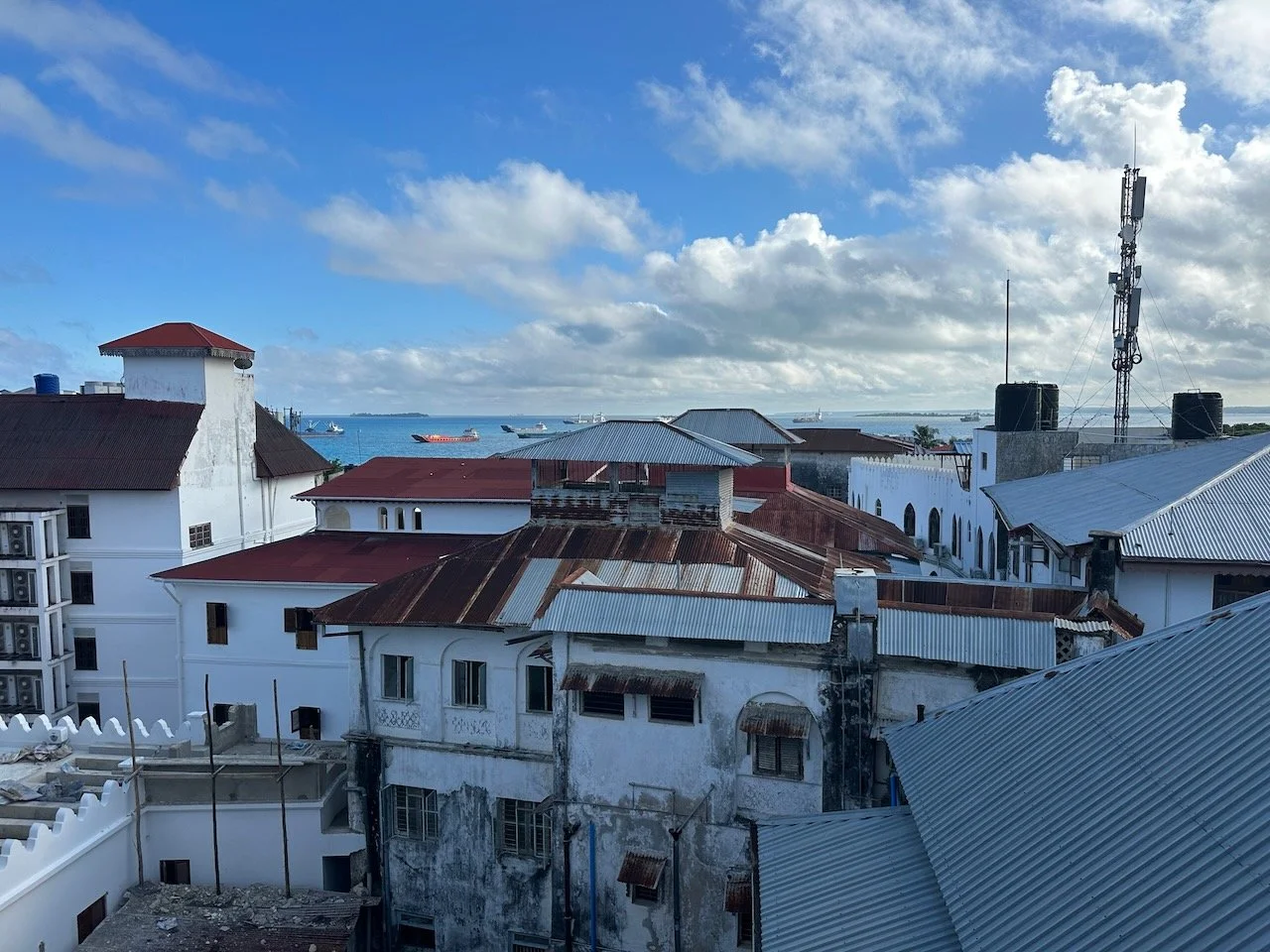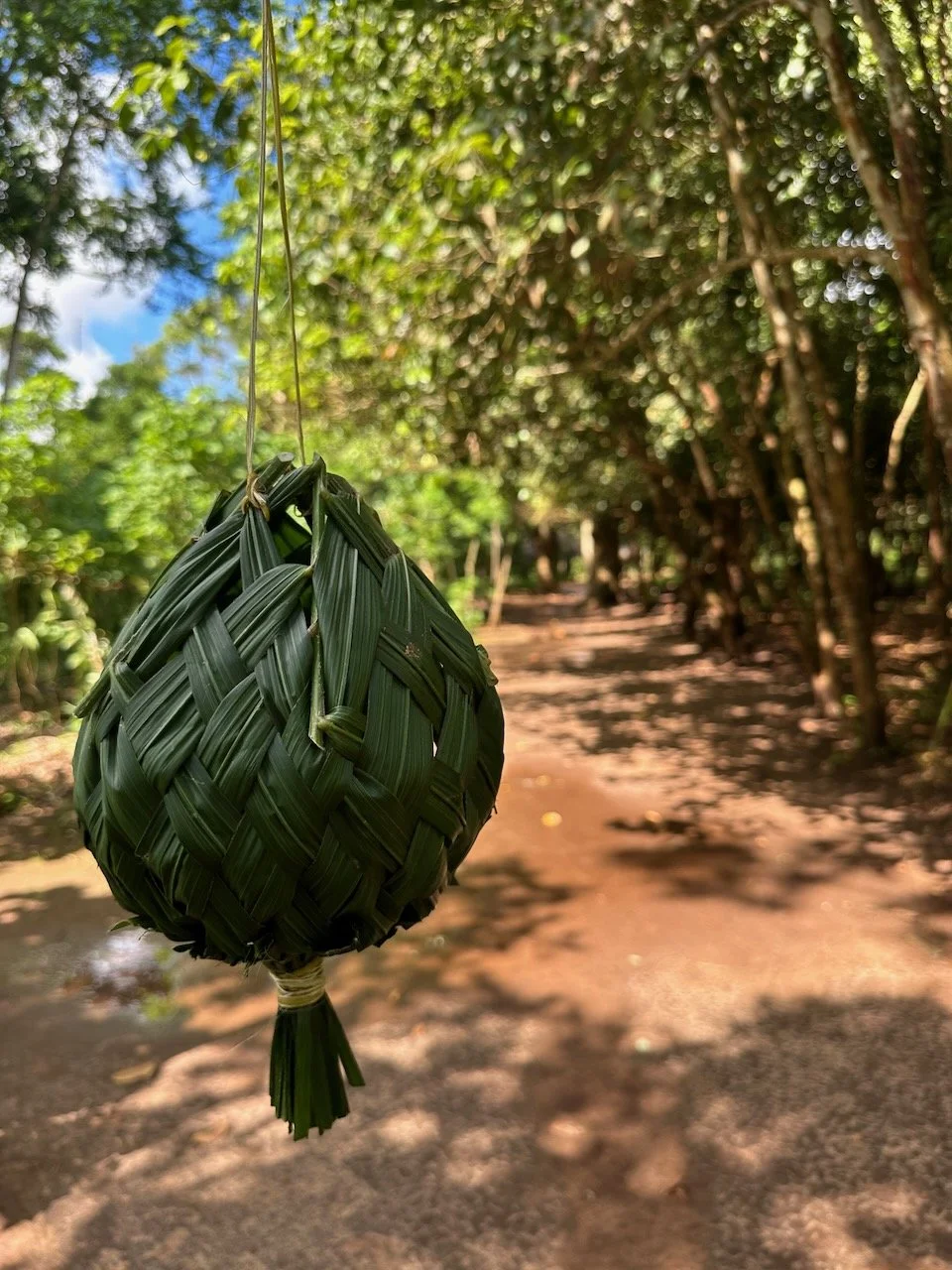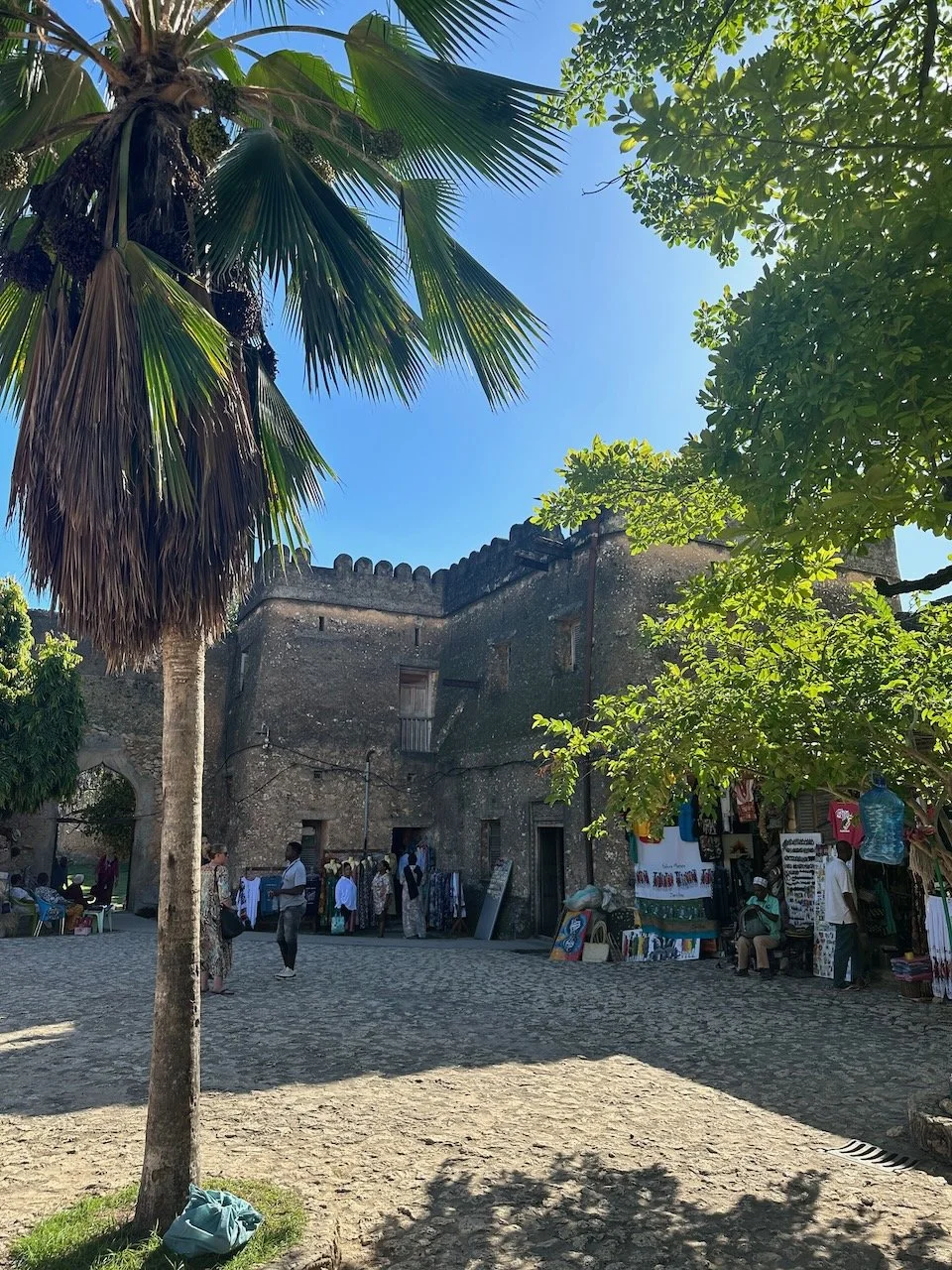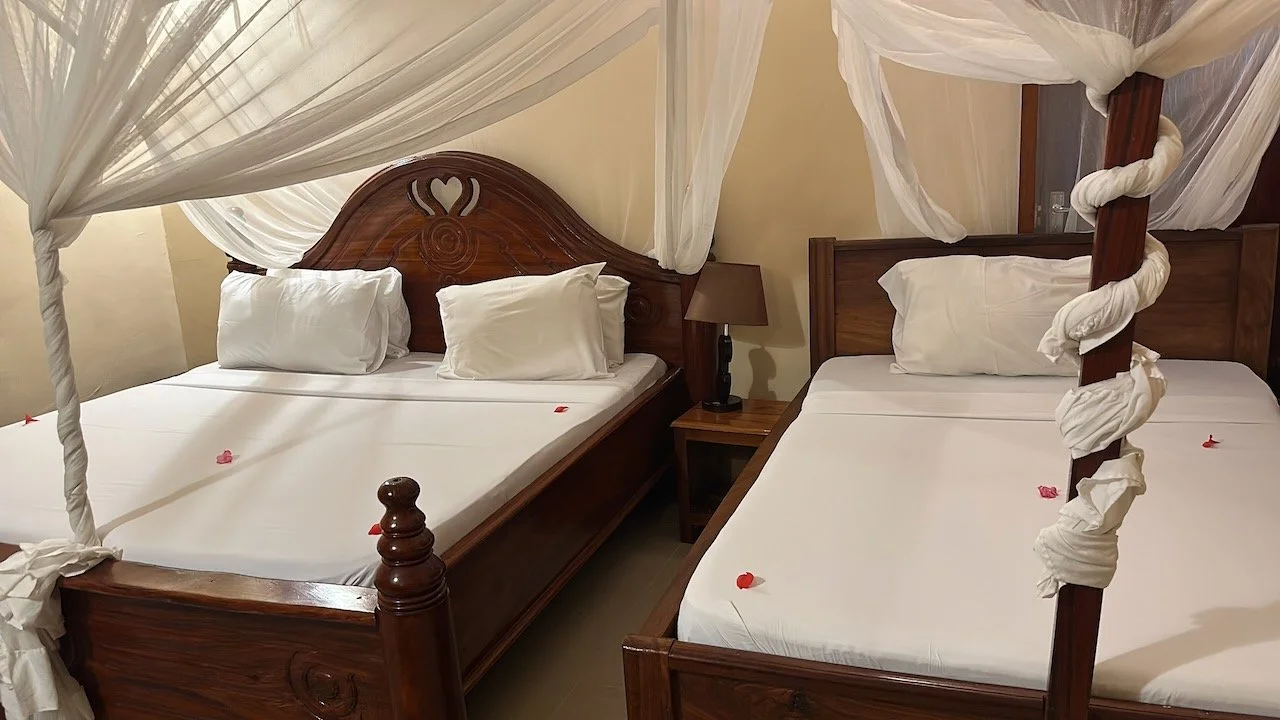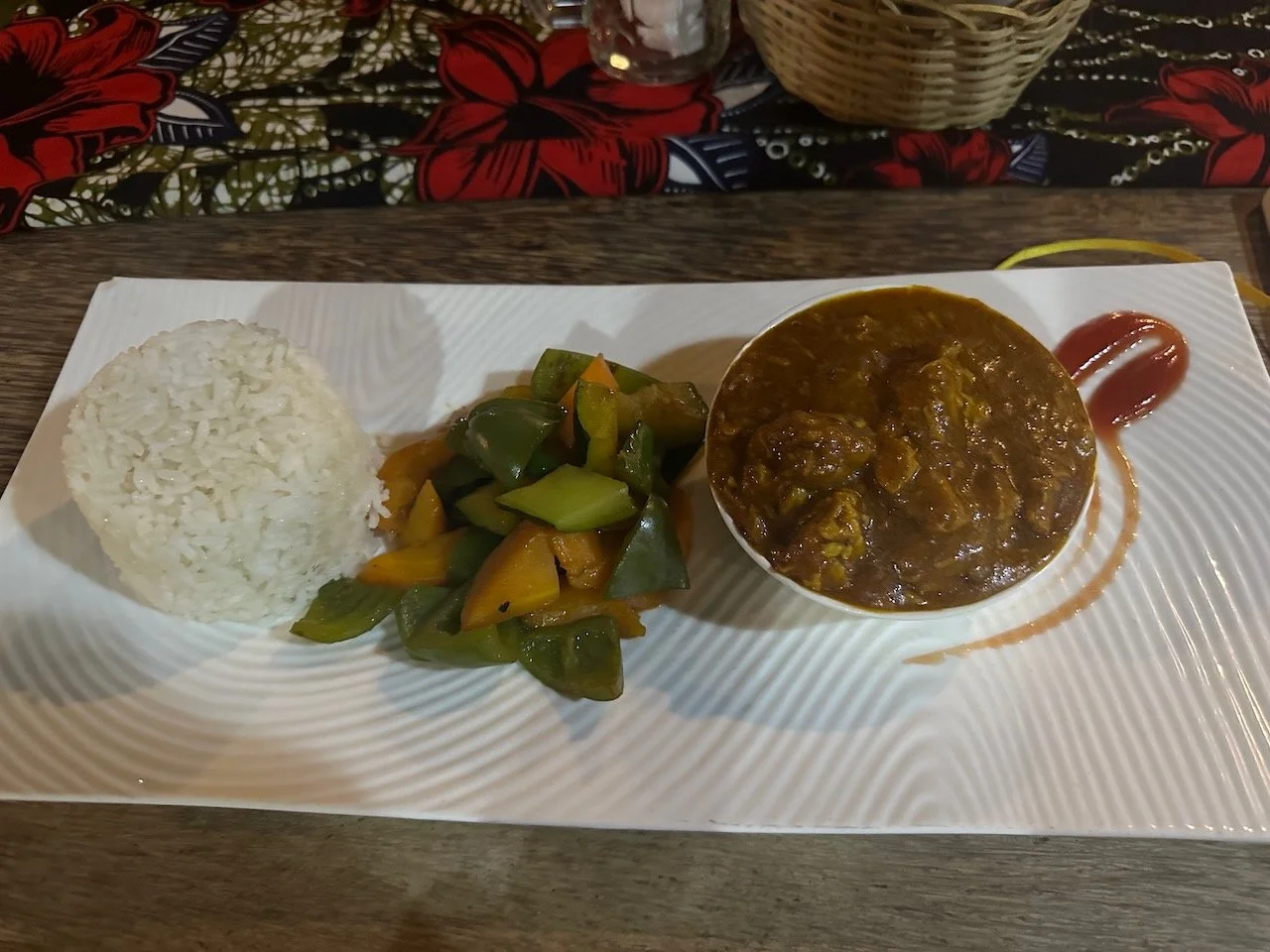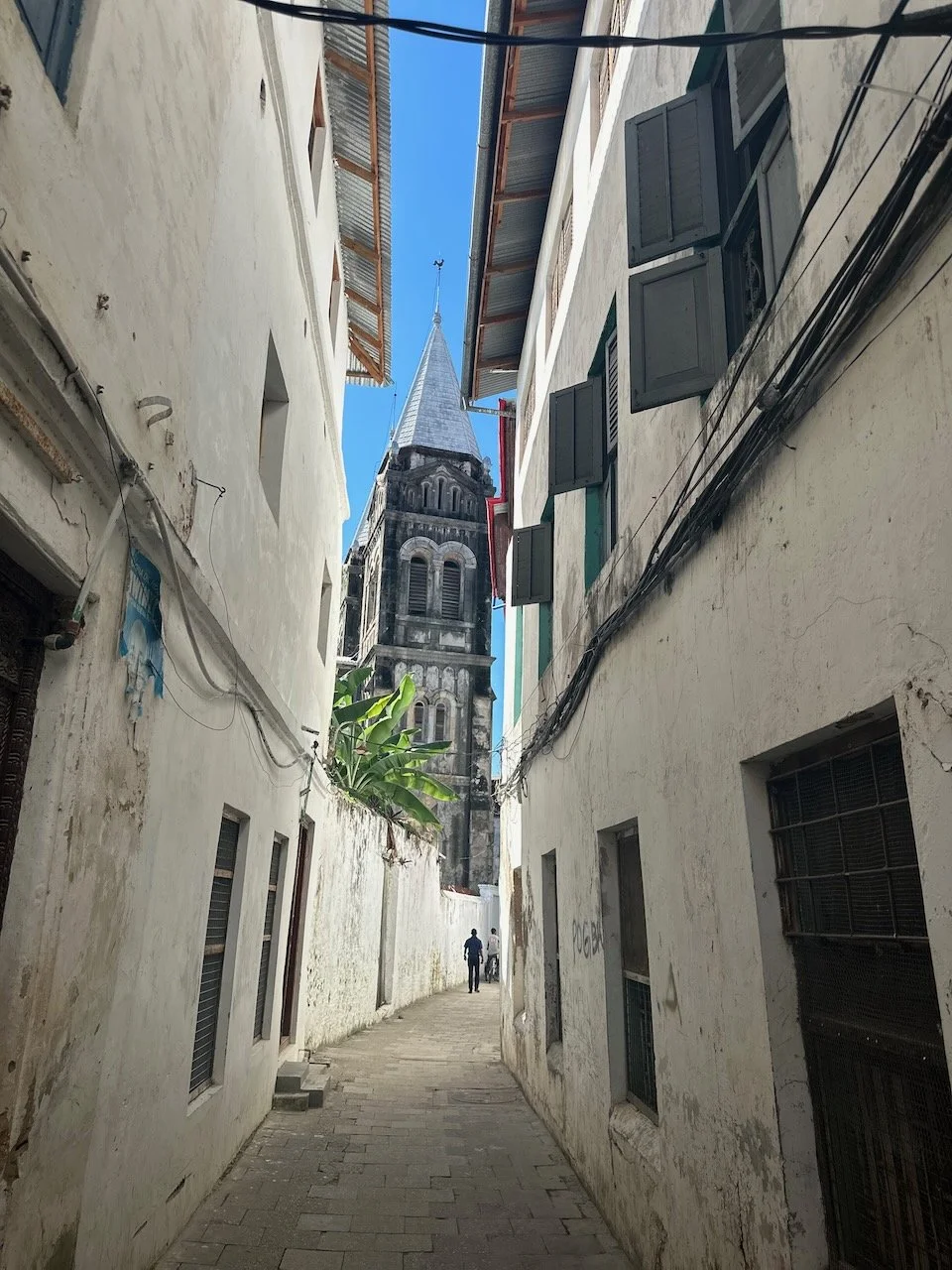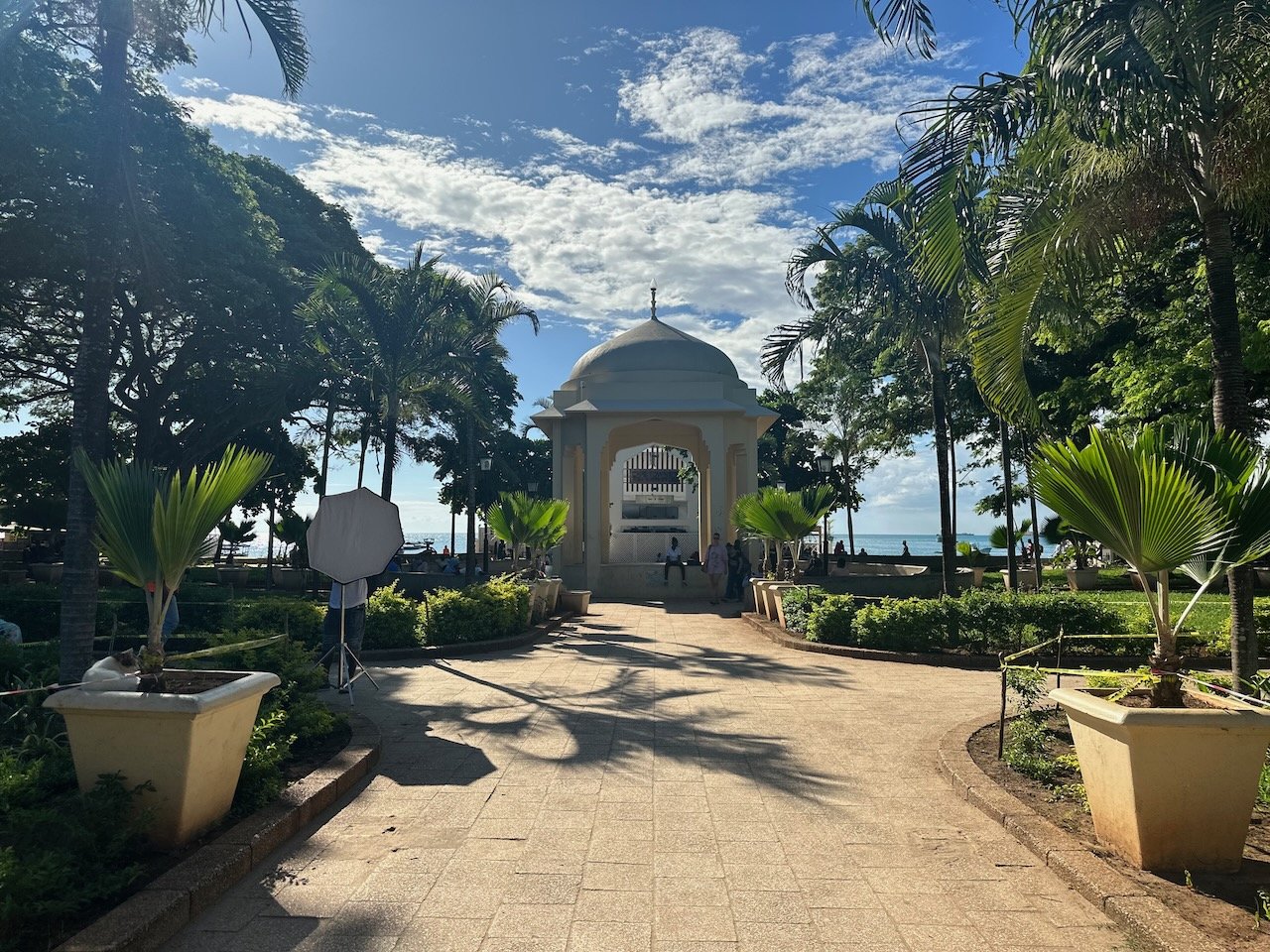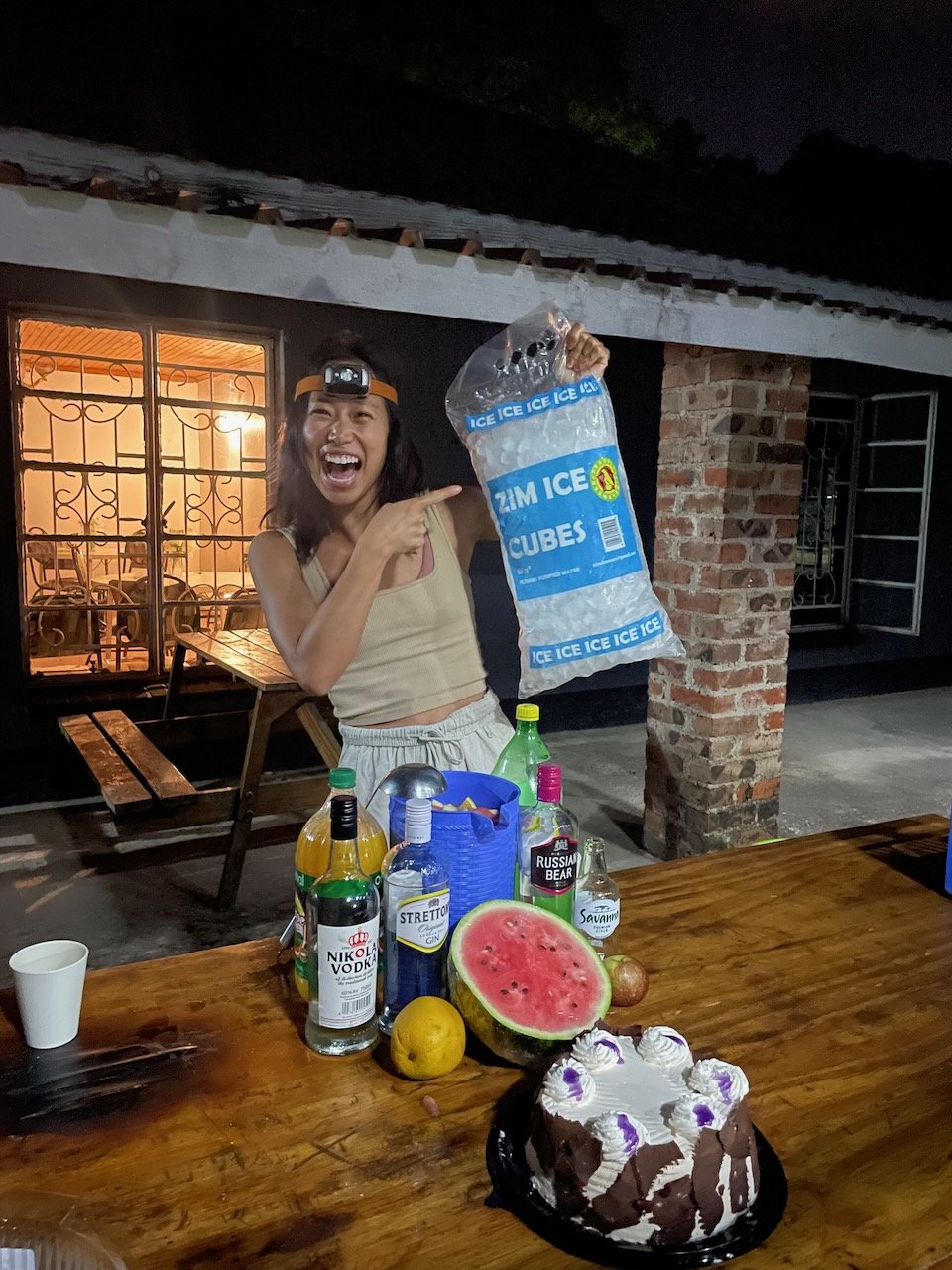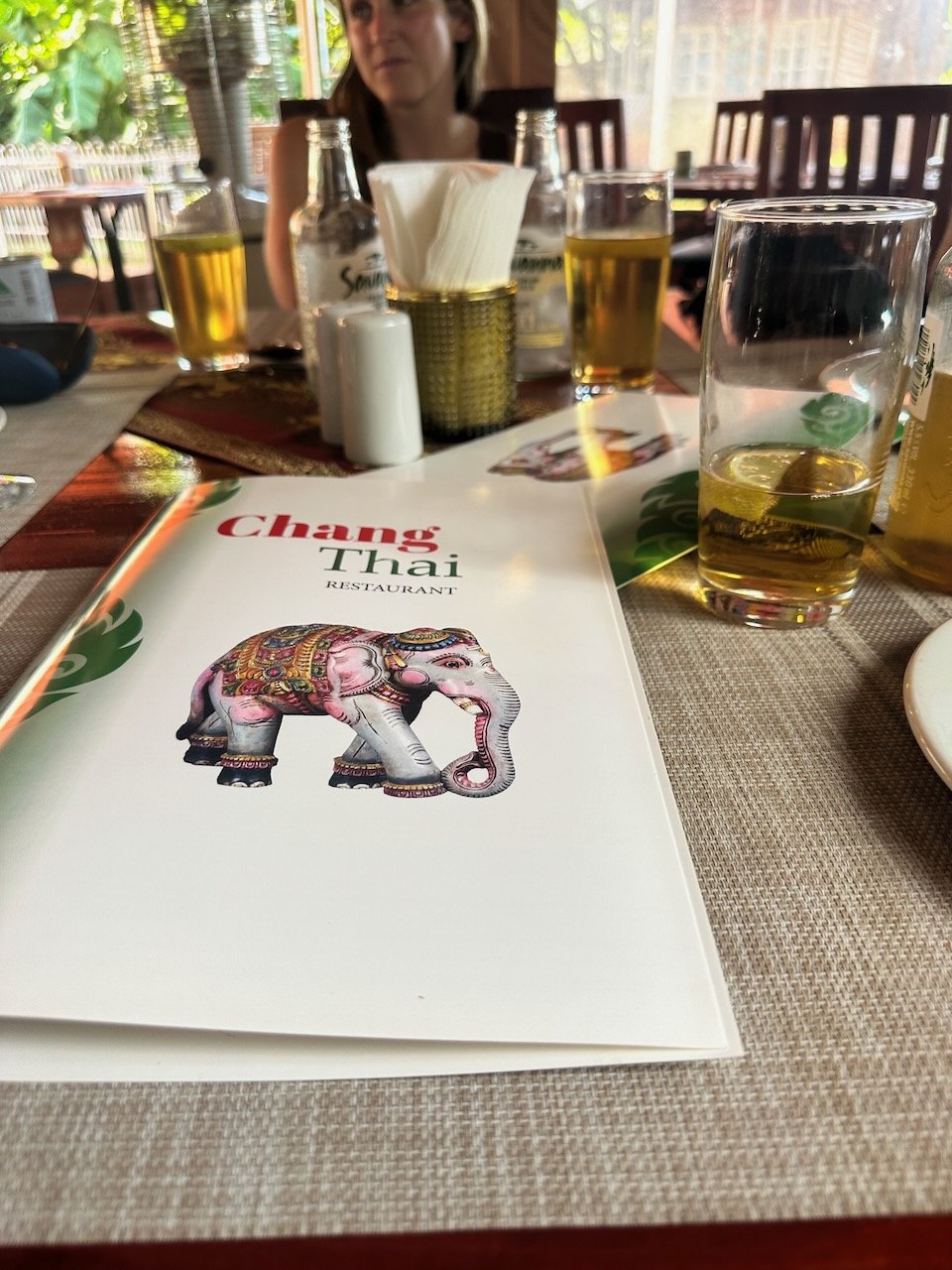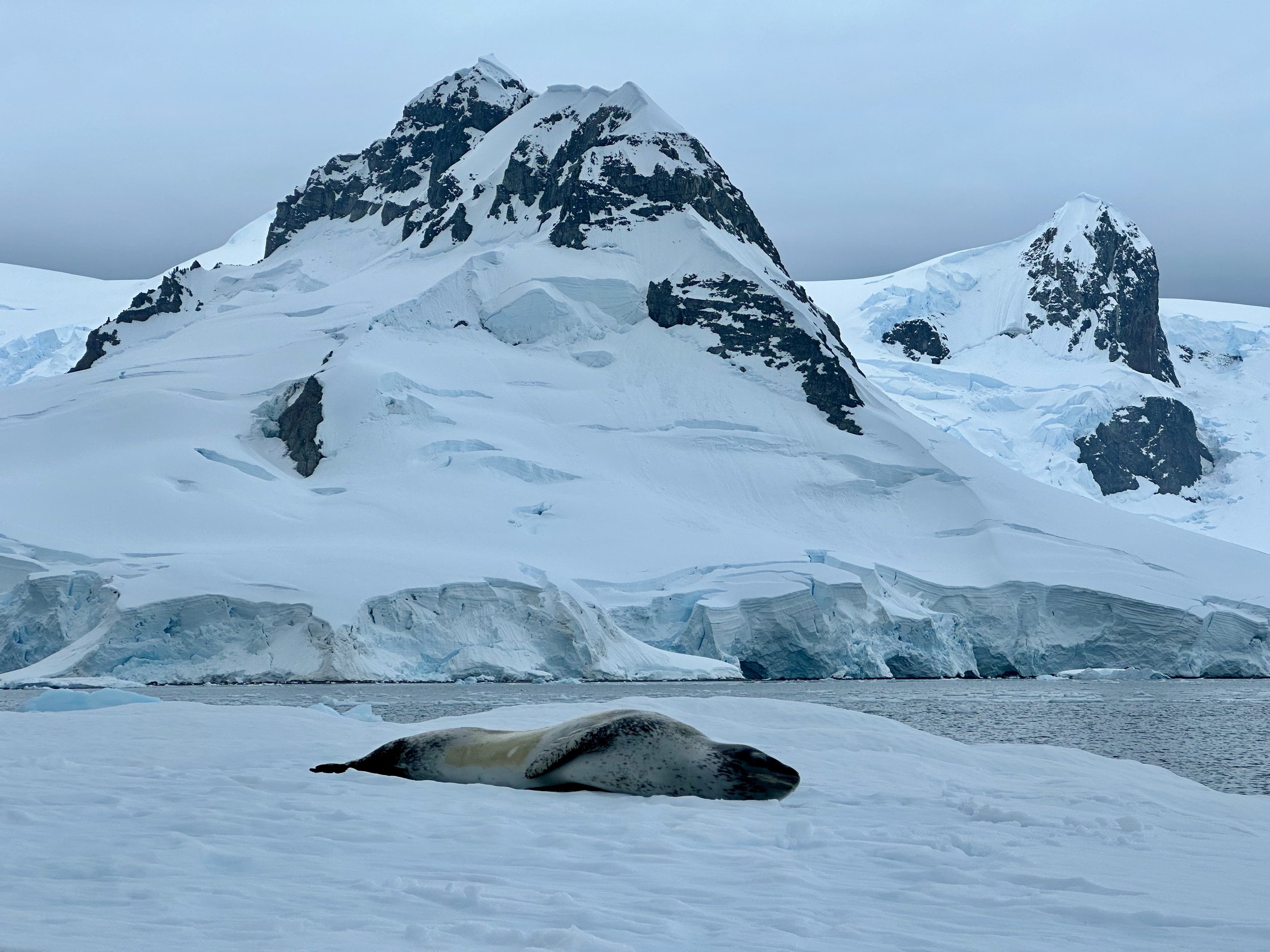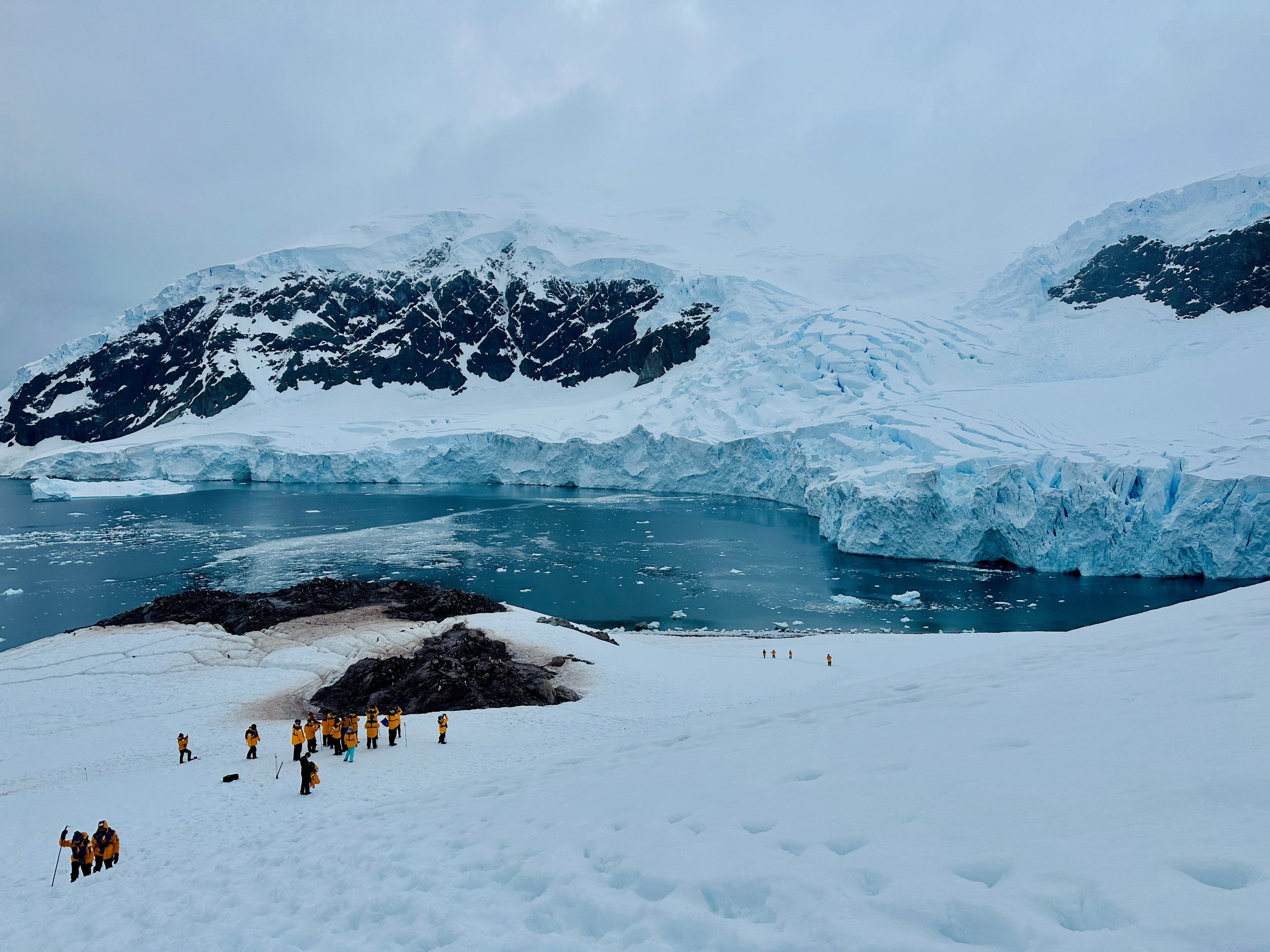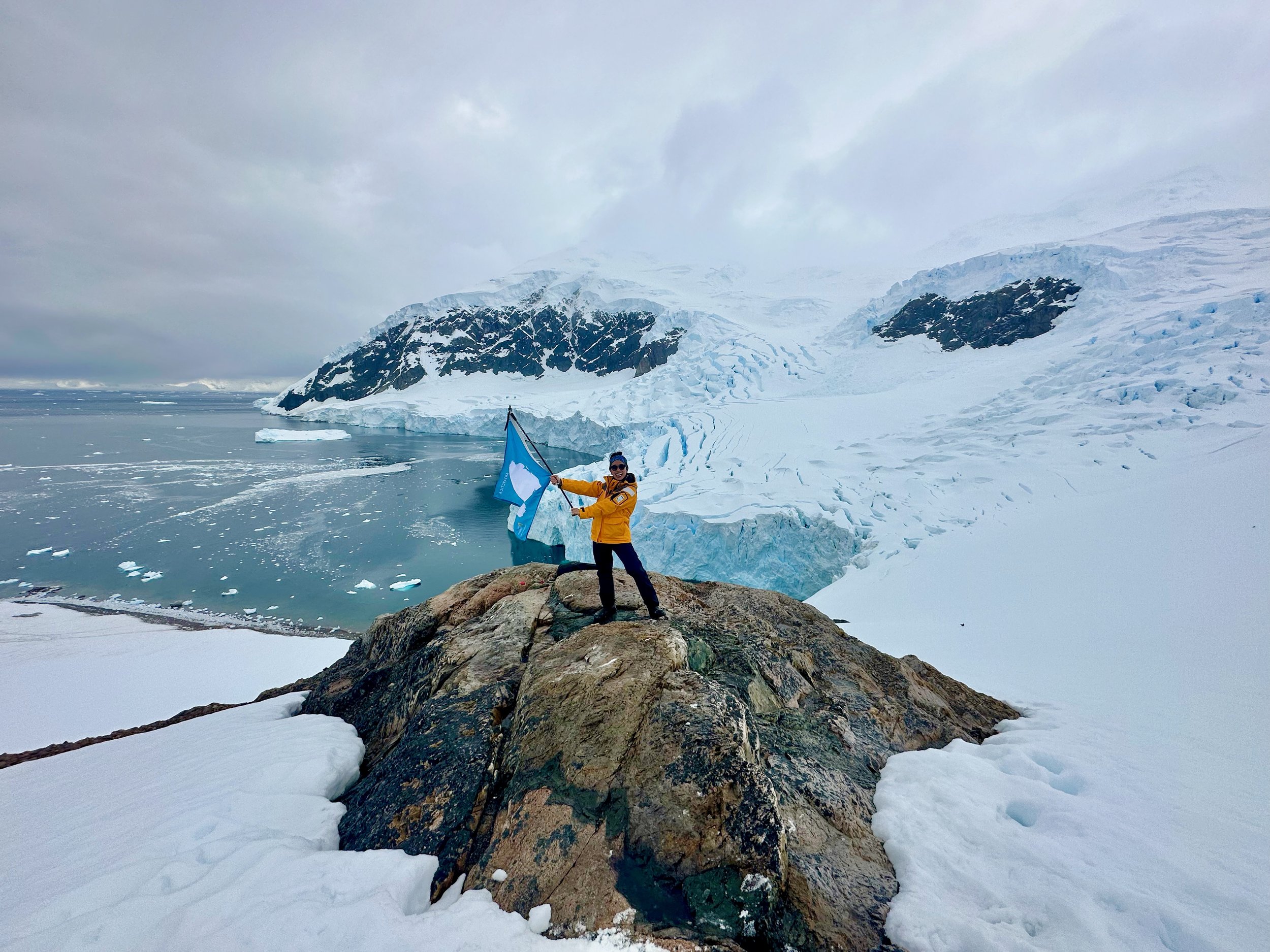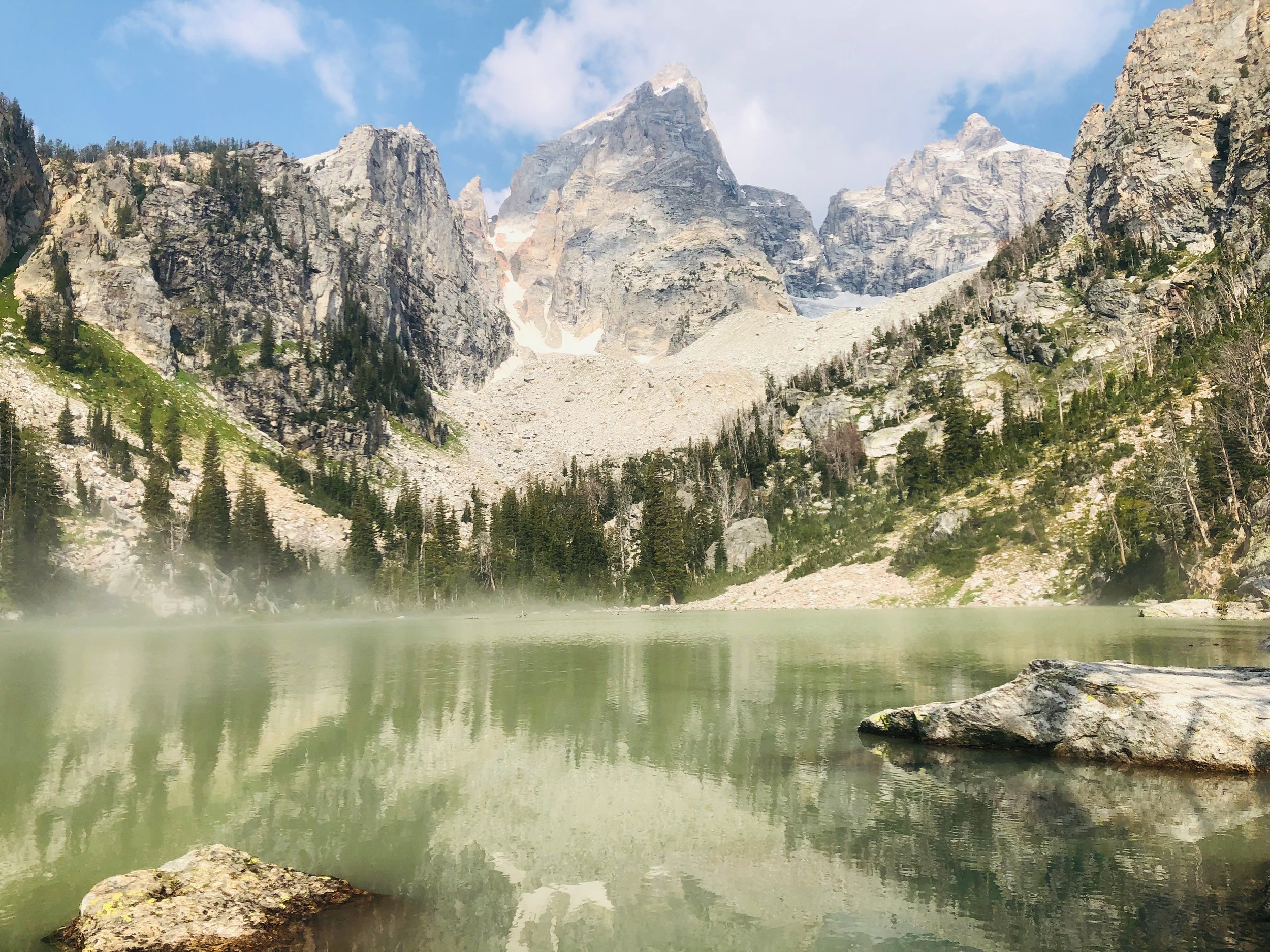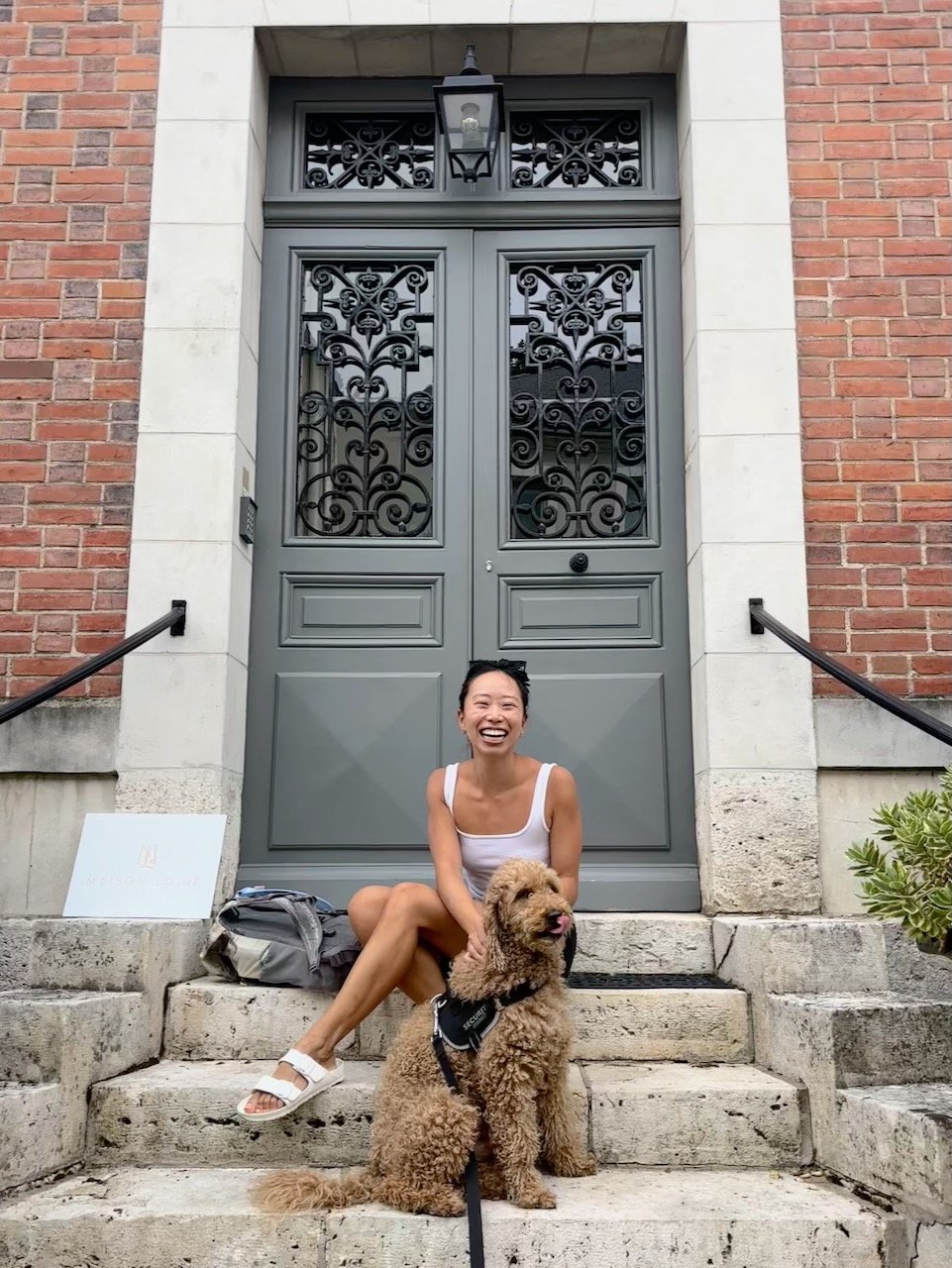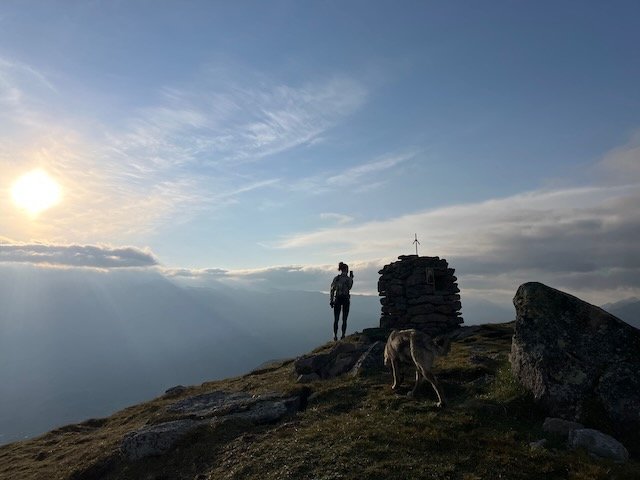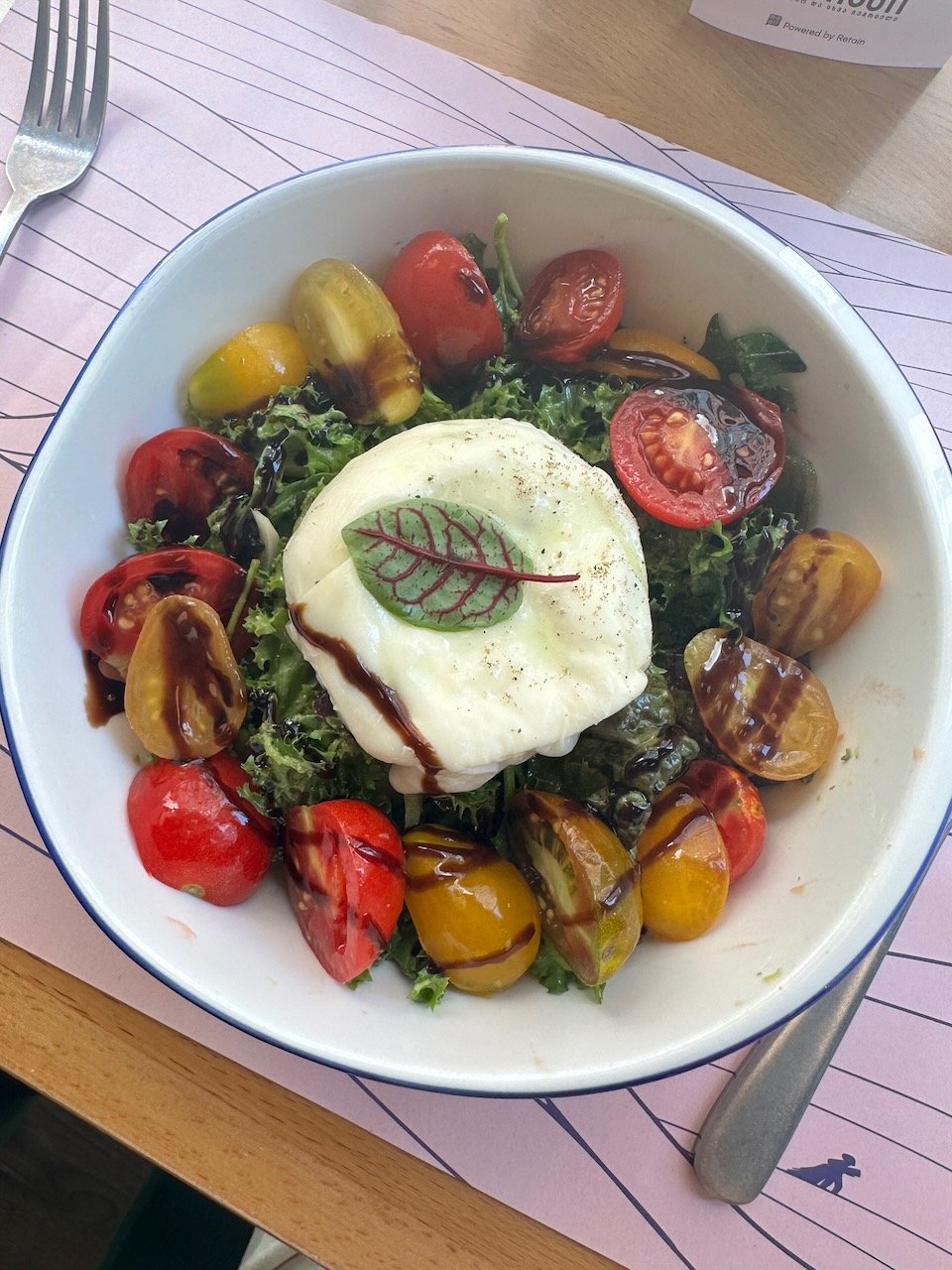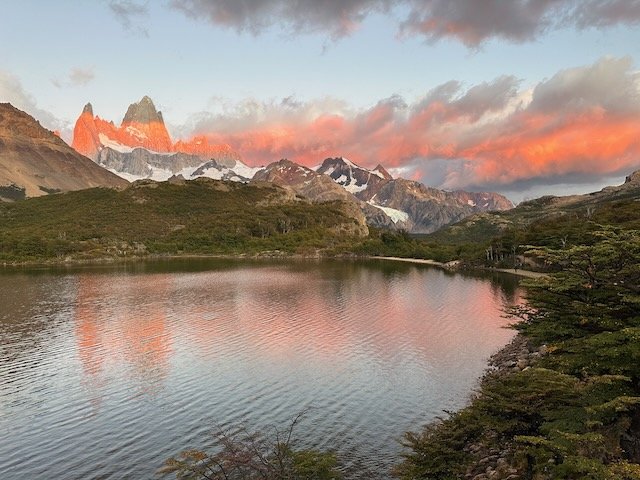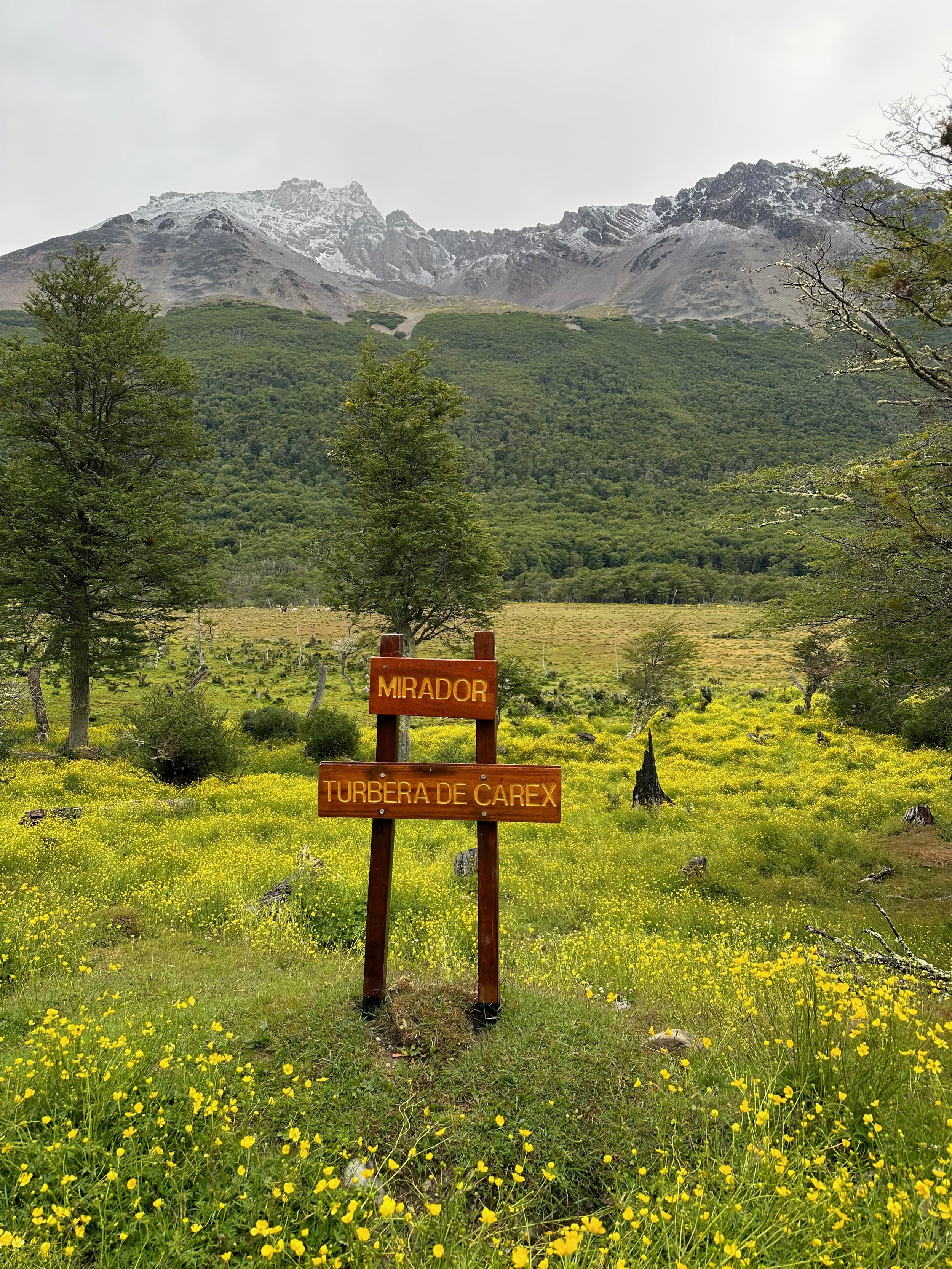A post about people
I woke up filled with so much gratitude - gratitude to be alive and living, gratitude to have the courage, determination, and resources to take this extended time off, and gratitude for the kindness of humans who live on this beautiful planet. I want to take the time to capture this moment so that whenever I need reassurance or inspiration I can look back on this entry and remind myself of this feeling.
A moment of feeling so incredibly joyful and alive. Kaindy Lake, Kazakhstan.
I struggled a bit when first arriving to Kazakhstan. I was already a little burnt out and arriving to a country where I couldn’t easily communicate with others was challenging and lonely. It made me really appreciate what my parents went through when immigrating to the US and learning how to navigate their way in a foreign land. This could be a whole other journal entry but long story short, I feel humbled by and so proud of how much they’ve achieved and their success in creating a beautiful life for themselves and their family (me!) in America.
It’s also been a while since I’ve backpacked for an extended period of time - while I’ve frequently gone on vacation by myself, those vacations have been three weeks at most (US vacation policy is not that generous) whereas the last time I backpacked and traveled in this way was back in 2015! I’m also a recovering perfectionist, so it was hard to not feel like I needed to create a plan of action for every moment of my time in Central Asian and beyond in order to maximize my time abroad. As a result I’ve been slowly remembering what it’s like to be a “backpacker”, slowly but surely regaining my footing and finding my rhythm again.
Initially I was worried that I wouldn’t get to meet people with whom I’d feel an instant connection - maybe I’d already used up all of my bonus points after building my community and forming deep friendships back home. Now I look at this sentence and laugh at myself - how silly it seems to read out loud but how real it felt when fear and anxiety was taking over.
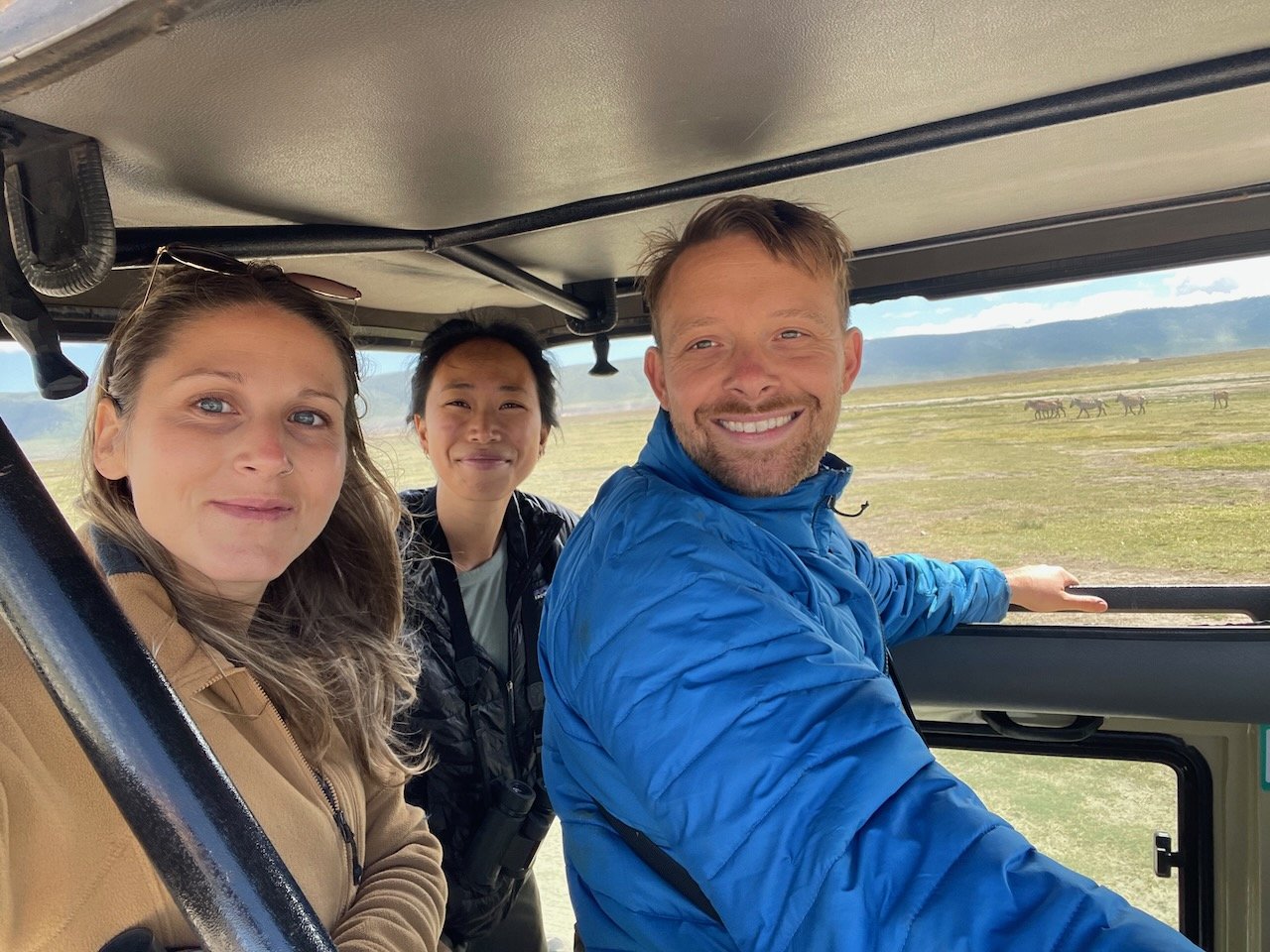
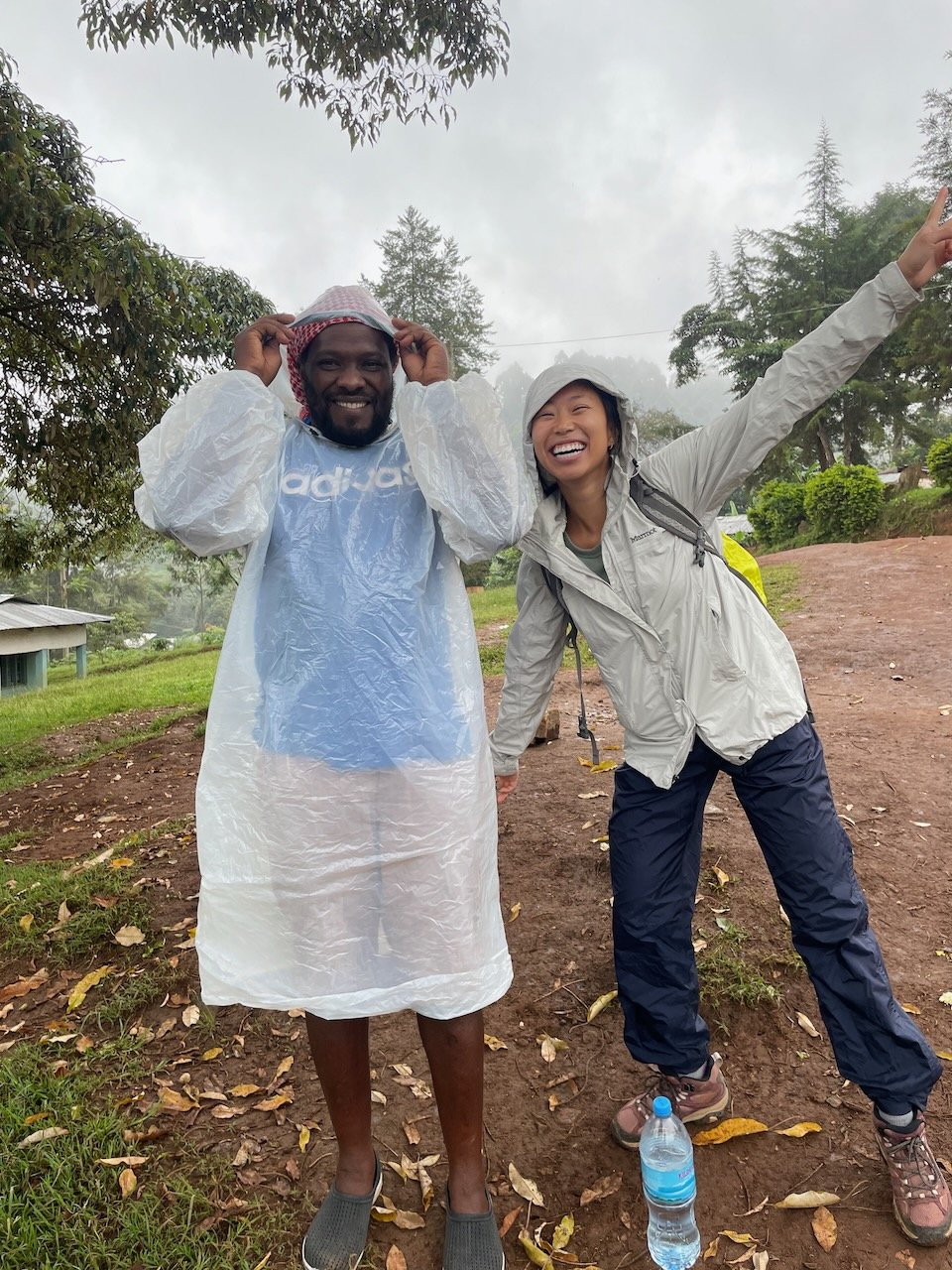
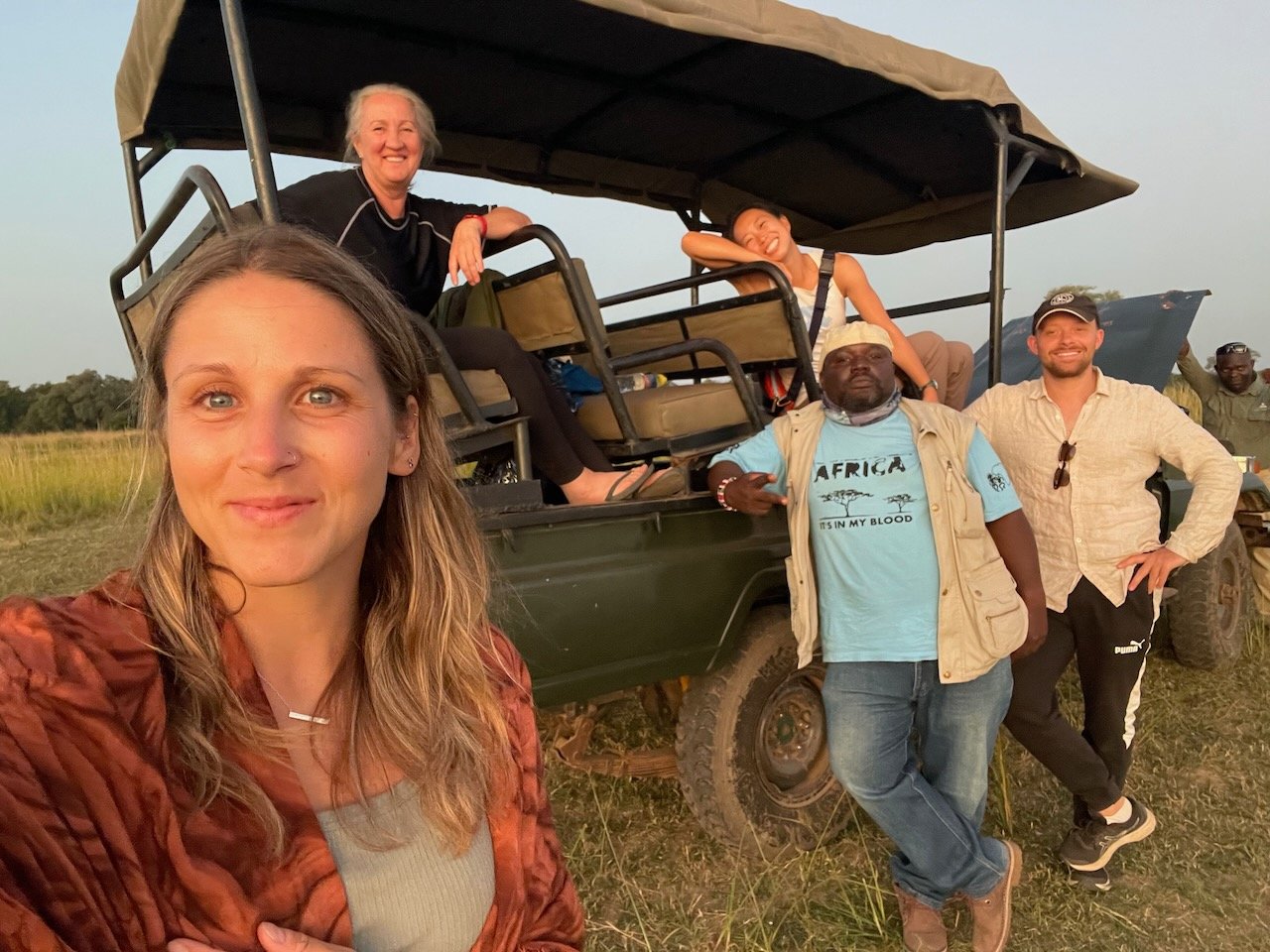
Someone recently told me that the people you meet while traveling are often more memorable than the places you see (thank you, Aunt Gigi). While I intellectually knew this to be true, it didn’t quite hit me until this morning. As much as the world can be a scary place, I’m realizing just how beautiful our world can be thanks to the people you meet.
I recently finished a two day tour with Steppe Spirit, a Kazakh community-based tour company, and had an amazing time experiencing the beauty of Kazakhstan with travelers from all over the world. We all had a really good time just enjoying each other’s company. I bonded with other backpackers who are exploring the world (and themselves) and danced with fellow travelers to celebrate the joy of journeying together. I’ve met elders who see me as their American daughter and take care of me with care and affection. While Couchsurfing I’ve met generous locals who went out of their way to make sure I felt warmly welcomed in their home country and who want to pay things forward because of previous kindnesses shown to them.
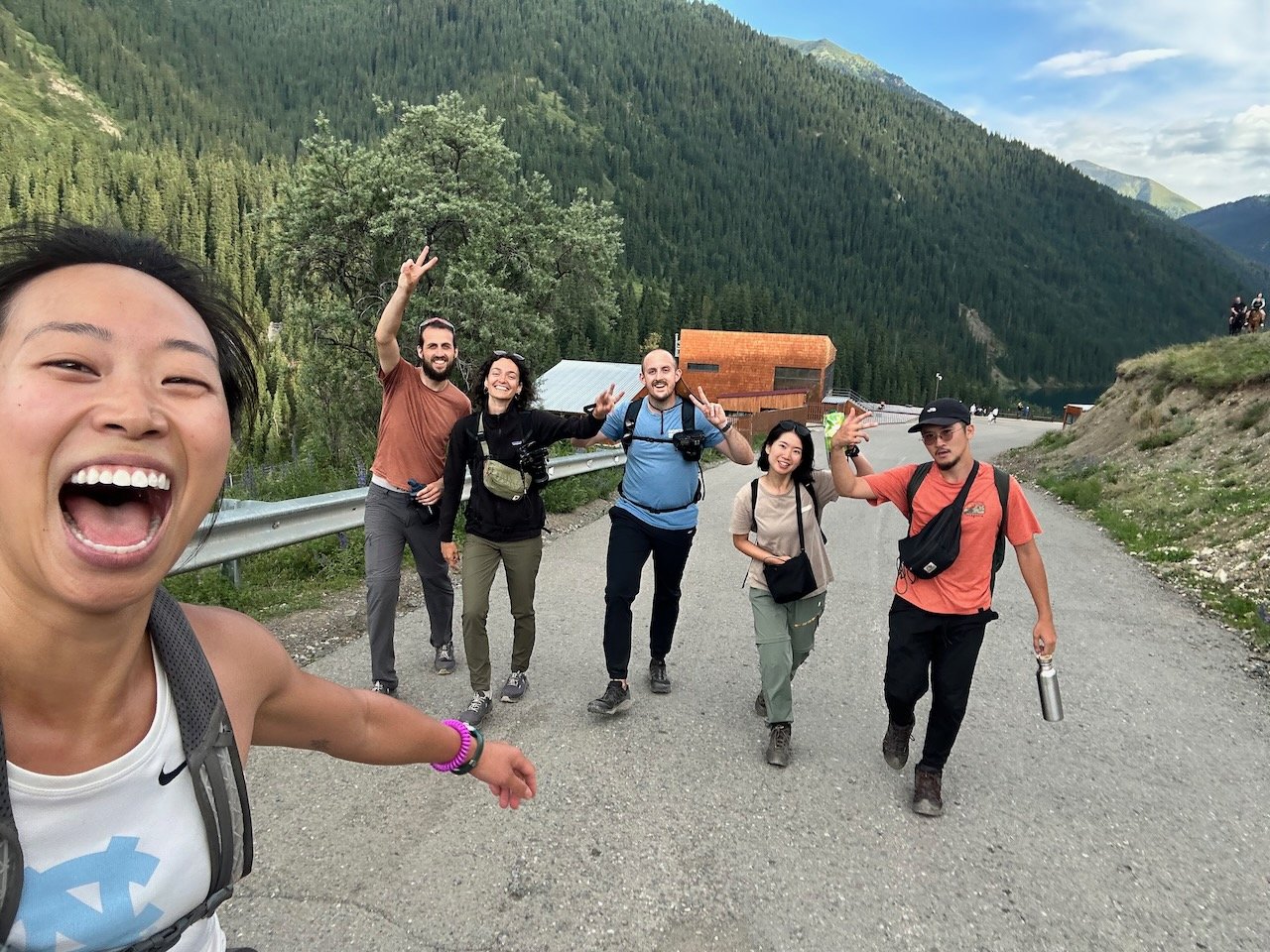
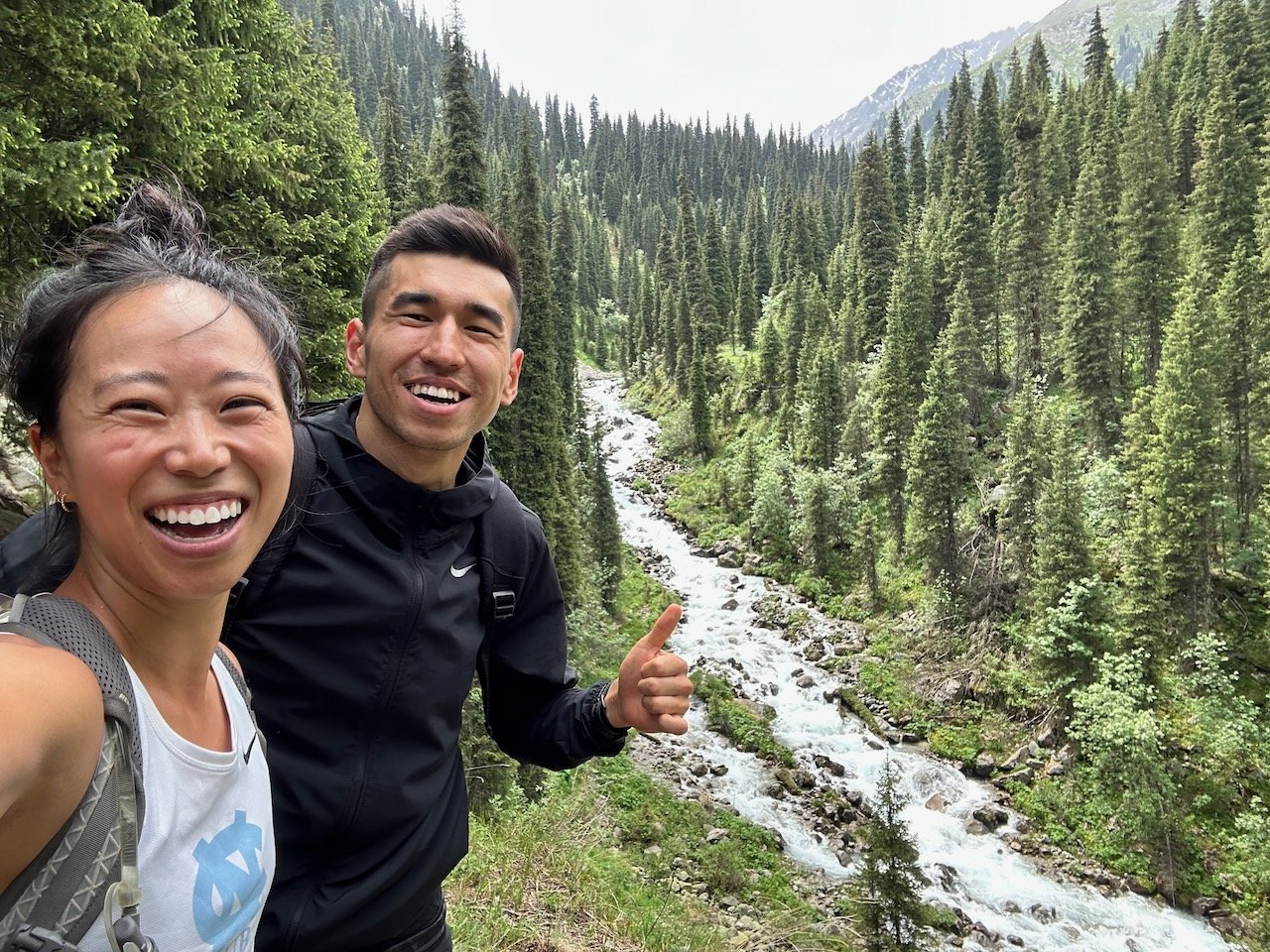
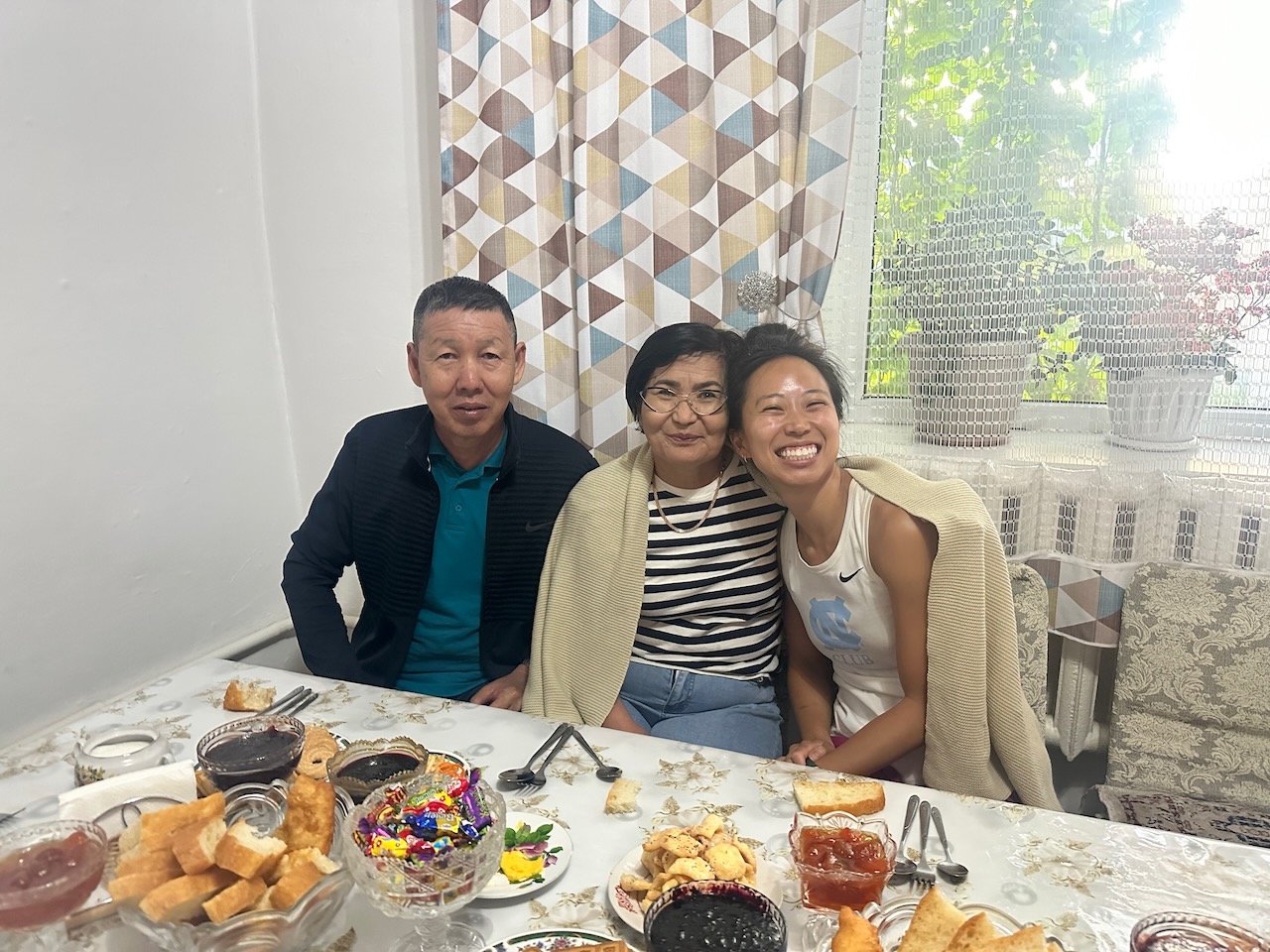
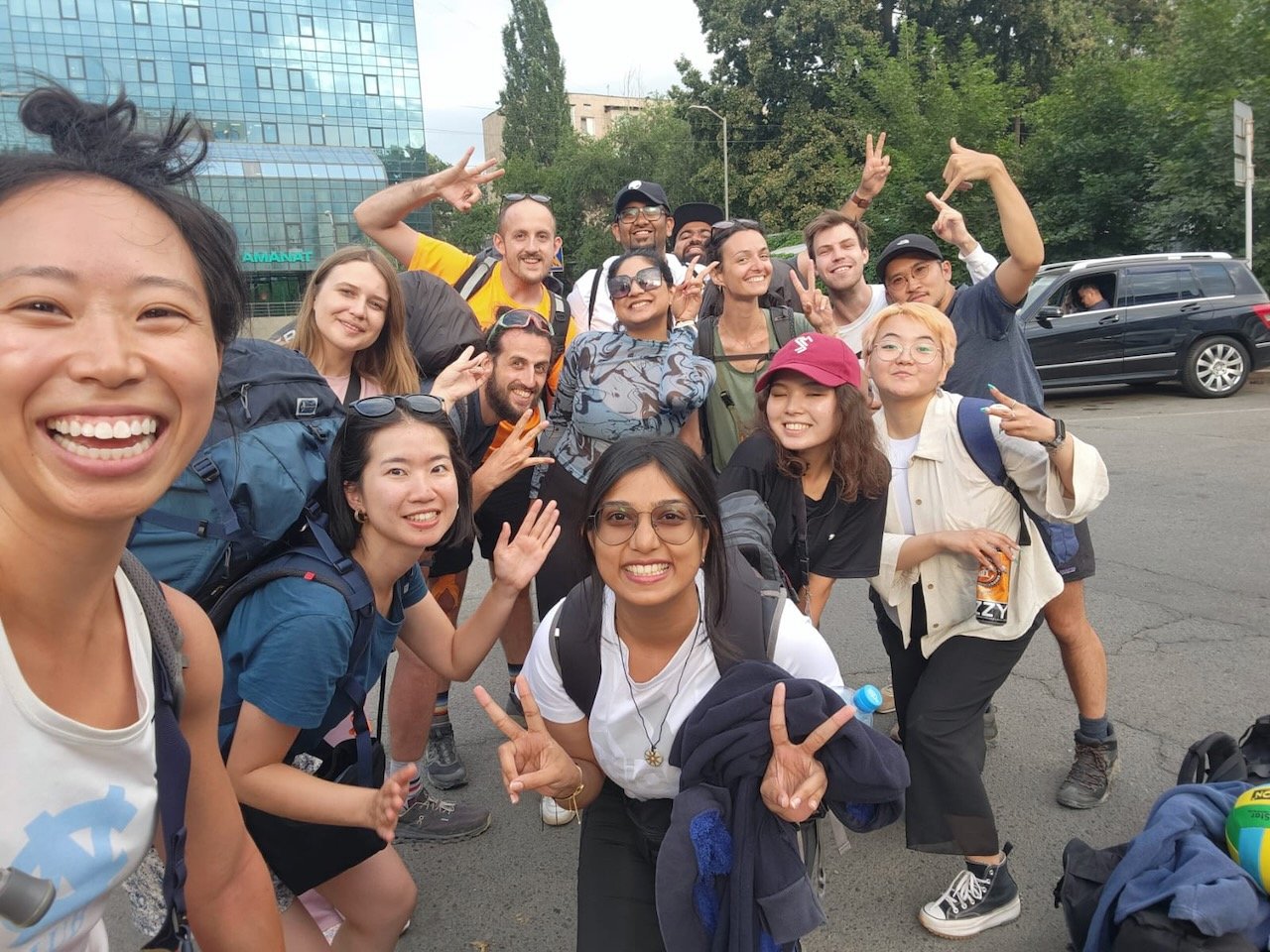
I’m feeling inspired by and grateful for the people I’m meeting while traveling. I’m building friendships with other backpackers with share values and who are embarking on gap year (or years!) for similar reasons as me, so we end up having enlightening conversations about life and purpose. Often times I leave the conversation feeling more inspired to continue my journey or try an uncharted path.
At times it even feels like a meeting of the souls. In just this year, these types connections have formed all over the world in Antarctica, Africa, and Almaty, so I think I can use this time to remind myself that it is possible to meet like-minded, friendly, and authentic people wherever you go. It might take a bit of extra effort, a pinch of extra courage, or a little extra time, but it will happen. Not every friendship will be an intimate one, but even the fleeting ones can be meaningful.
I hope to meet these people again somewhere else in the world. And if we don’t have that opportunity or if the friendship fades over time, it still warms my heart knowing that we’ve had a positive impact on each other’s lives, even if it’s just for a brief moment in time.
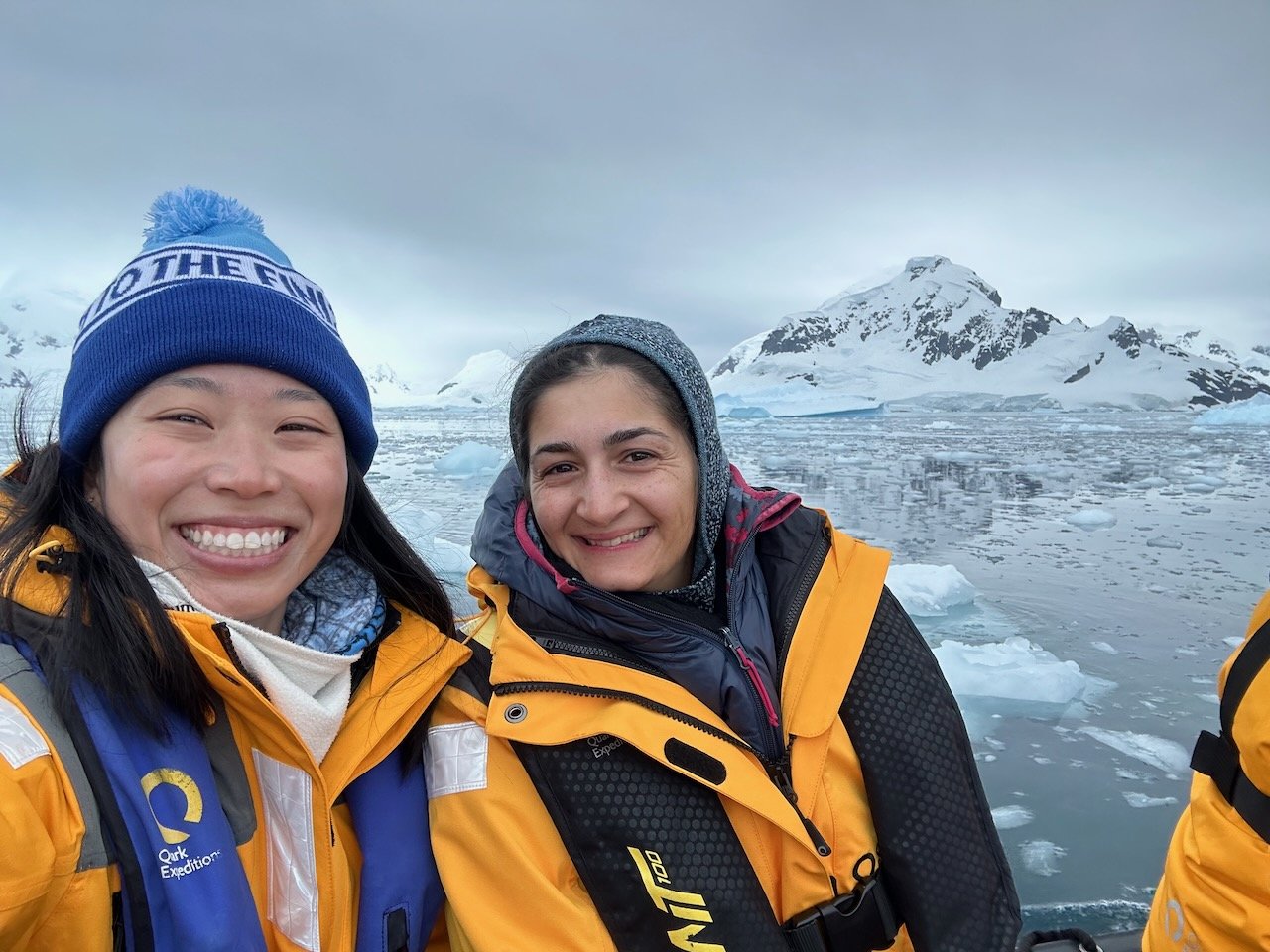
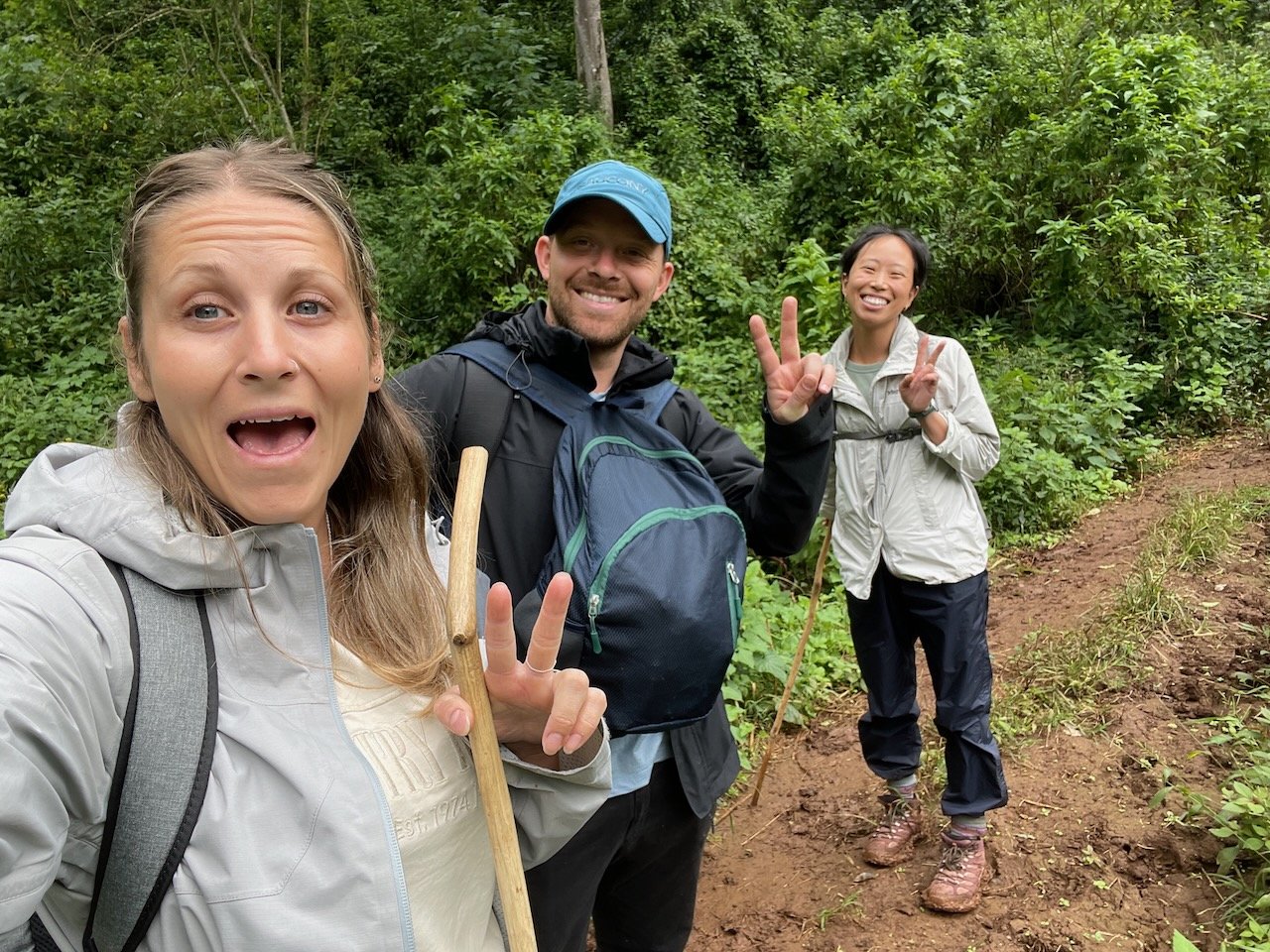
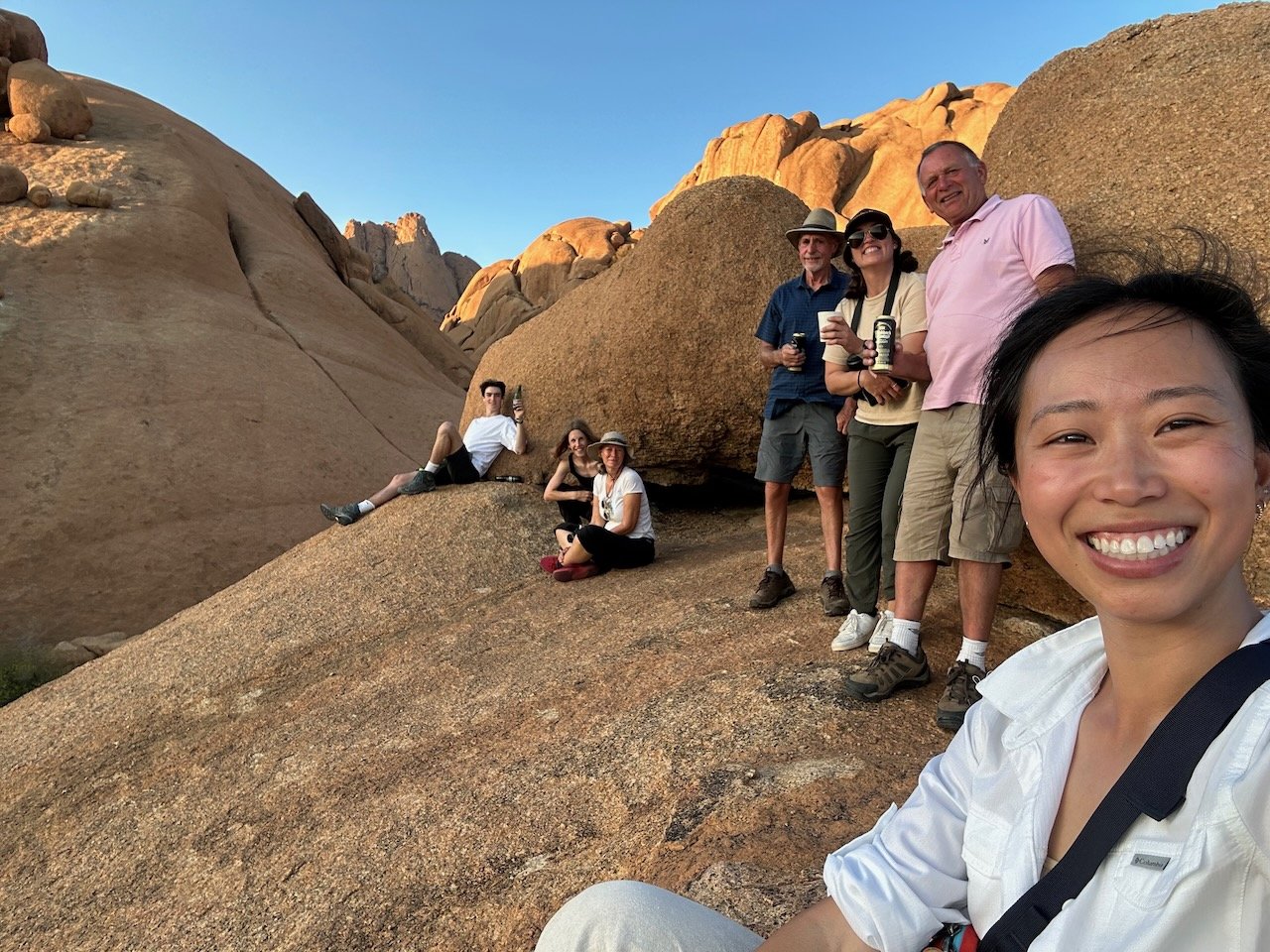
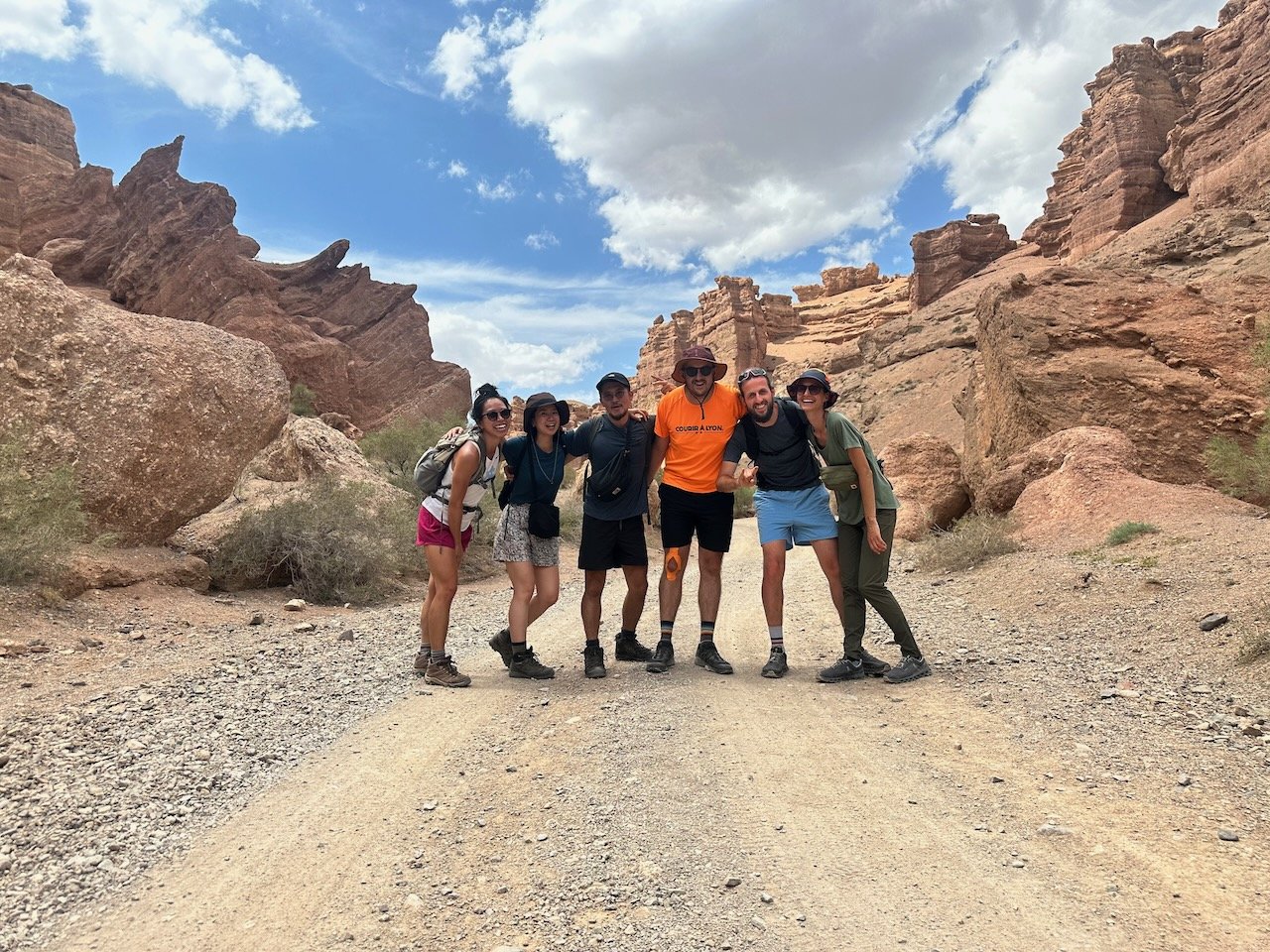

I’d be remiss if I didn’t mention my community back home as my friends and family have been such a source of love and support, and they make my time abroad even more meaningful. While traveling has given me the opportunity to meet other travelers, it’s also made me further appreciate the people who make up my home.
It may seem corny bit it seems that human connections enhance the beauty of my surroundings, and those connections make my time on Earth all the more meaningful. How wonderful it is to have such a big family, one filled with people all around the world.
Charyn Canyon National Park
Our second day with Steppe Spirit (check out Day 1 here) was spent in Charyn Canyon. Charyn Canyon is actually a canyon system consisting of several canyons that were carved by the Charyn River. It’s often compared to the Grand Canyon in the US (what canyon isn’t?) and while Charyn is smaller, it still has its own unique beauty.
We visited three canyons: Black Canyon, Moon Canyon, and the Valley of the Castles. Below are some photos with a bit more information about my trip there and each of the canyons.
We headed back to Almaty in the afternoon, and I promptly conked out in the bus. It wasn’t until we were about an hour from the city that I woke up - our minibus was encountering some mechanical issues and had the telltale stutter of a car breaking down.
We all got out of the car to lend a hand and push the bus to get it moving. Hurrah! We got it going once more before it broke down for real and we had to wait for a replacement vehicle. All’s well that ends well - we arrived safely in Almaty and well before the sun went down.
It was an amazing trip with Steppe Spirit, and I formed friendships with many of the other travelers in the group. It was wonderful to see these natural wonders of Kazakhstan accompanied by some of the most enthusiastic, fun, and caring group of people I’ve met so far.
Kaindy & Kolsai Lakes
I had heard so much about Kolsai and Kaindy Lakes while researching what to do in Almaty and after seeing stunning photos, I knew I wanted to make a trip out there! The problem was that it’s not easy to get there on your own - your options are to rent a car or take a bus to the nearest town and hitchhike the rest of the way there. While hitchhiking is on my bucket list (don’t panic, parents!) I wasn’t quite ready to try that out, so I booked a tour with Steppe Spirit, a local tour company that does day and overnight trips from Almaty and who came recommended by my hostel. Most of our group were international travelers with some Kazakh locals visiting out of town.
The two day tour would cover Kolsai and Kaindy Lakes on the first day and visit Charyn Canyon on the second. While it’s billed as a two day one night tour, it actually includes an additional night of driving at the beginning of the trip. Our mini bus departed late in the evening, around 9:30pm, from Almaty and made its way to Saty, the closest town to these attractions and about a 5-6 hours drive.
The “girls’ dormitory” for the solo female travelers at our guesthouse in Saty.
Breakfast of champions
We arrived at our guesthouses in Saty early in the morning and got to get a couple hours of shut-eye before our tour began.
Our guesthouse was clean and comfortable and is run by a local family who lived in an attached building. There were multiple bedrooms so that each couple could have their own privacy, a dining room where we had breakfast and dinner, and a bathroom that thankfully had hot water - it got cold at night since Saty is at a higher elevation than Almaty.
Each morning we were served a traditional Kazakh breakfast included baursak, (fried dough), homemade bread accompanied by margarine and homemade butter (clearly the winner, rich, fatty, and straight from the family’s cows) and delicious fruit jams, a small cucumber and tomato salad, and porridge.
An antique - our bus from the USSR era but still capable of making a road trip. We only took this bus during our drive to Kaindy Lake.
Kaindy Lake
We filled up on breakfast after a five hour nap, then departed for Kaindy Lake. However since the road to the lake is quite bumpy and sometimes flooded by the rivers, we changed vehicles and ended up with a mini bus from the Soviet era. Not a 4WD but still capable of getting us to our destination!
Kaindy Lake was formed in 1911 as a result of earthquake. The lake previously was a valley of pine trees situated below a glacial river, but after the earthquake, the river flooded the valley to create Kaindy Lake and submerge the trees in the valley. This is how Kaindy Lake got famous for its “underwater trees”. While the trees look magical, seemingly growing underwater, they are quite dead and have been for over one hundred years. They’ve been rotting in the lake but the process has been slow since the glacial water is cold and slows the rate of decay.
“Kaindy” means birch tree in Kazakh, but the trees in the lake are actually pine trees rather than birch trees. The lake is called Kaindy Lake because the lake used to be located behind a forest of birch trees so the locals used the birch trees as a way to direct people to the lake.
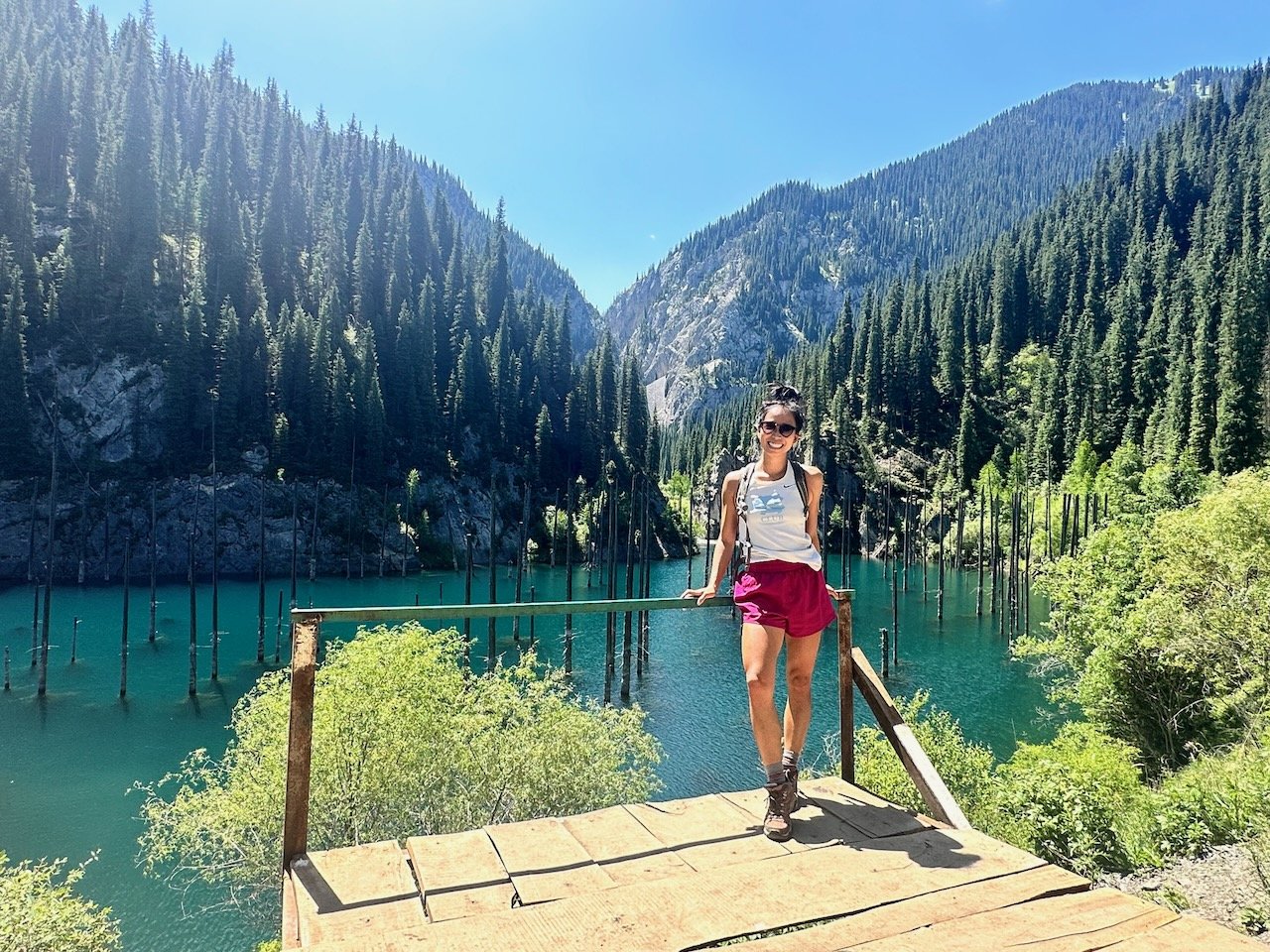
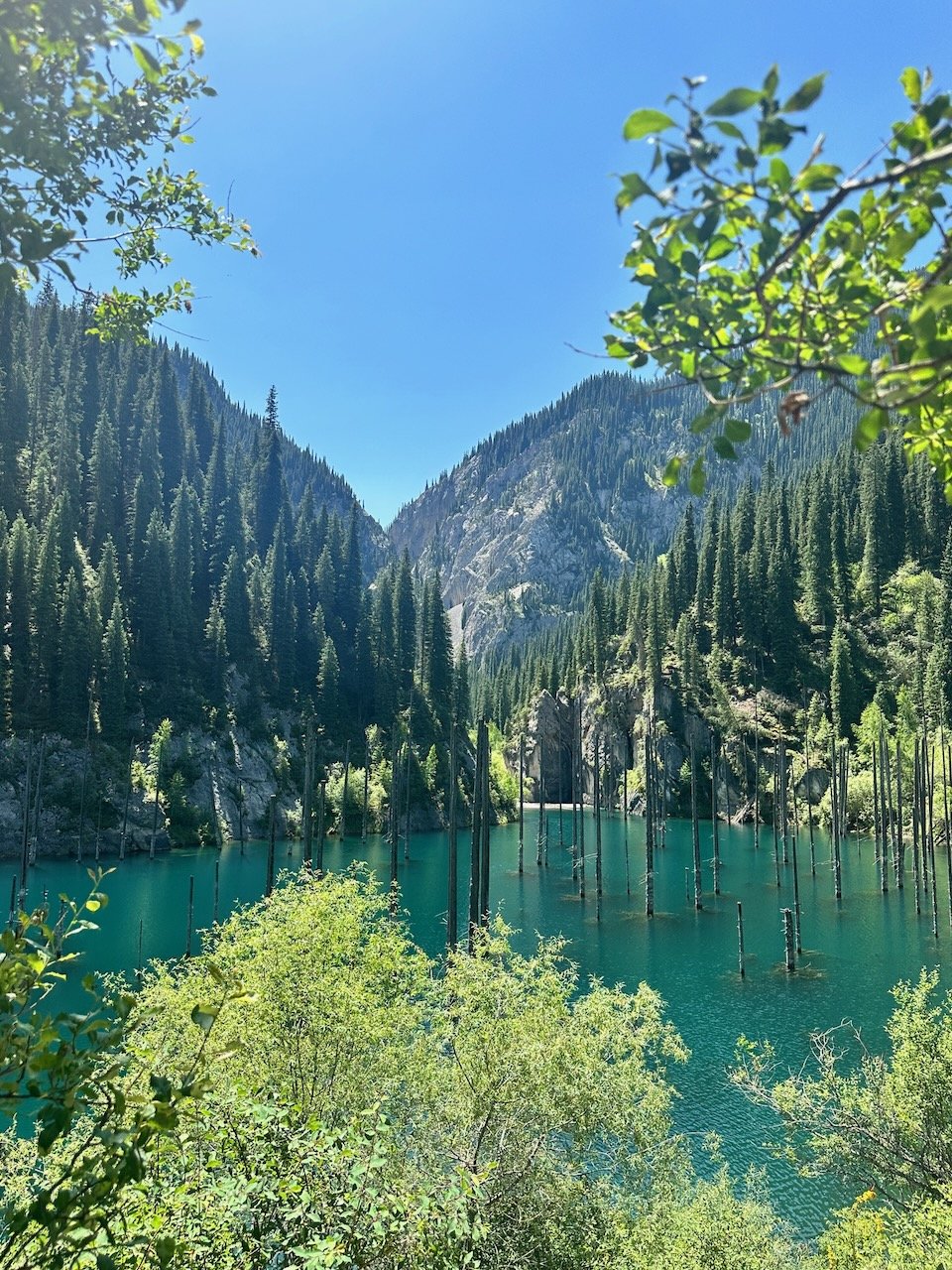
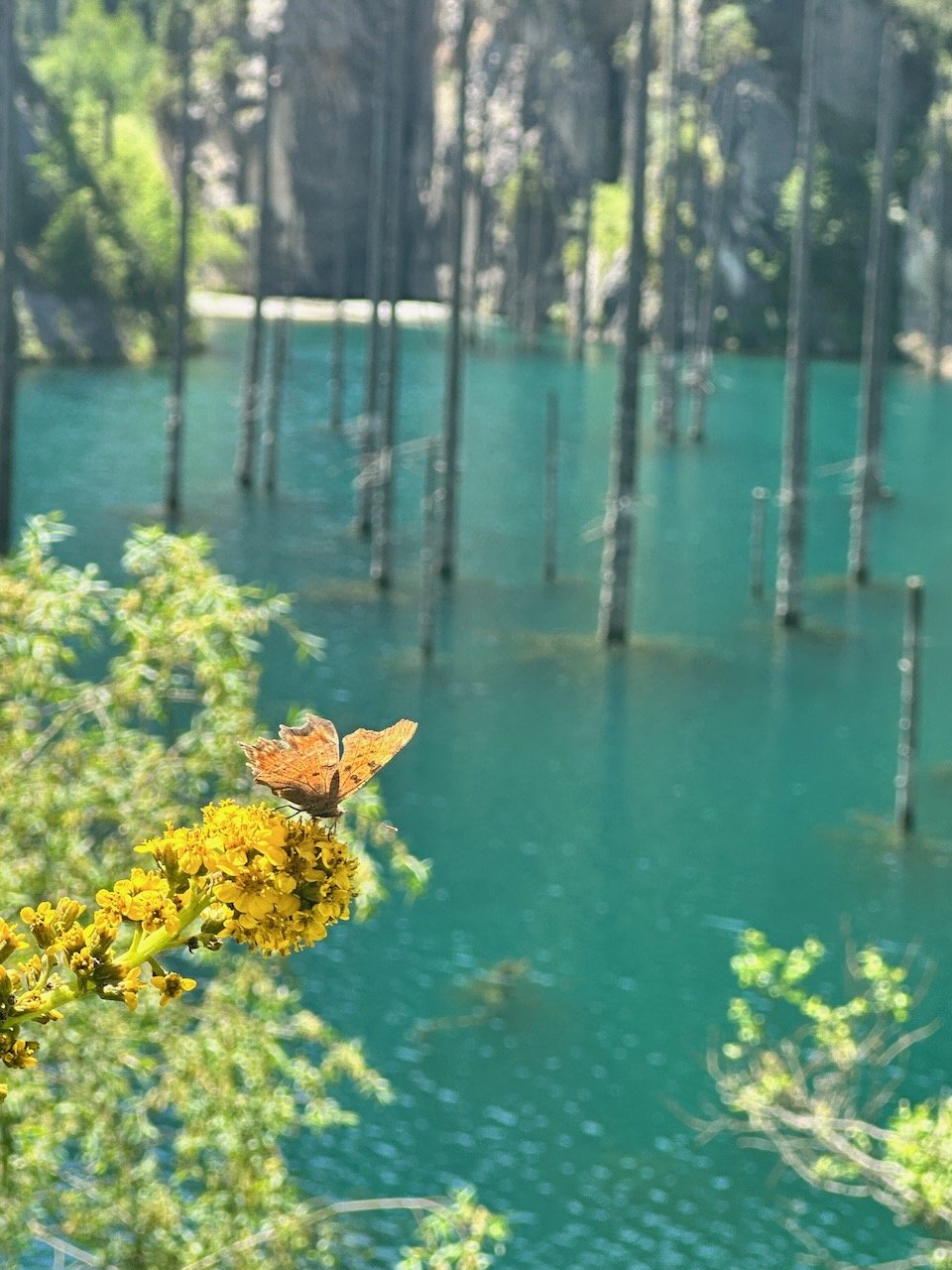

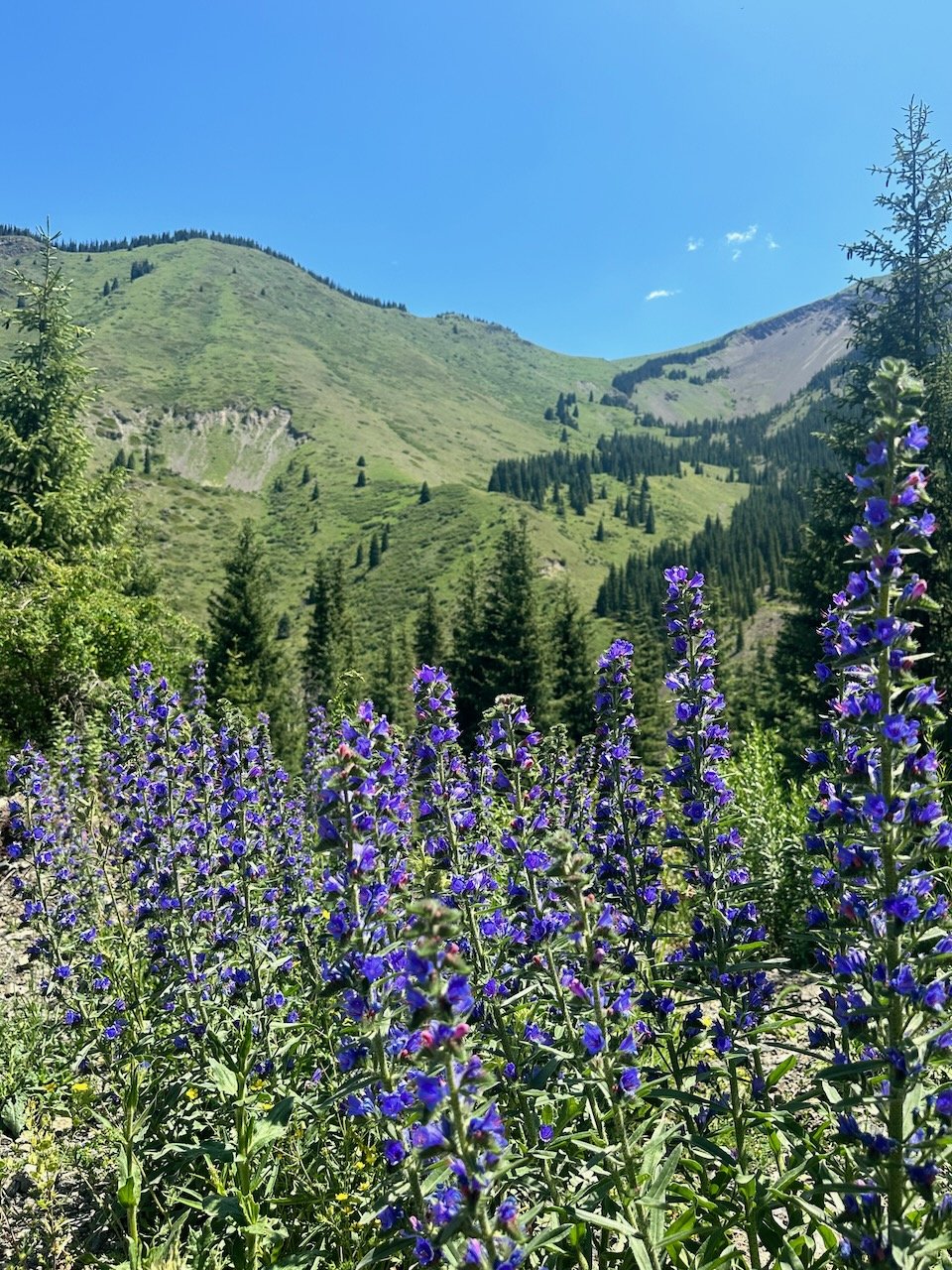
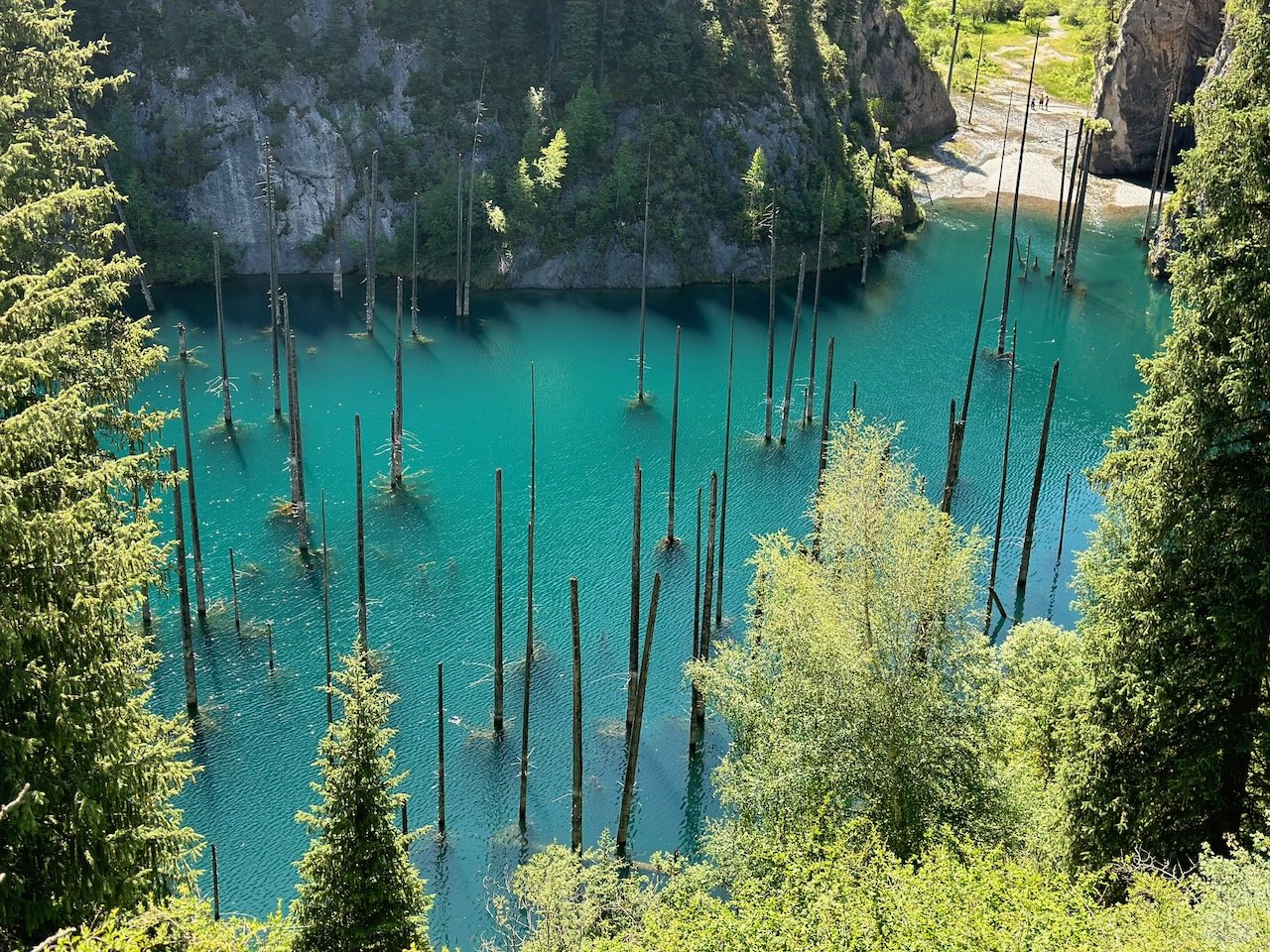
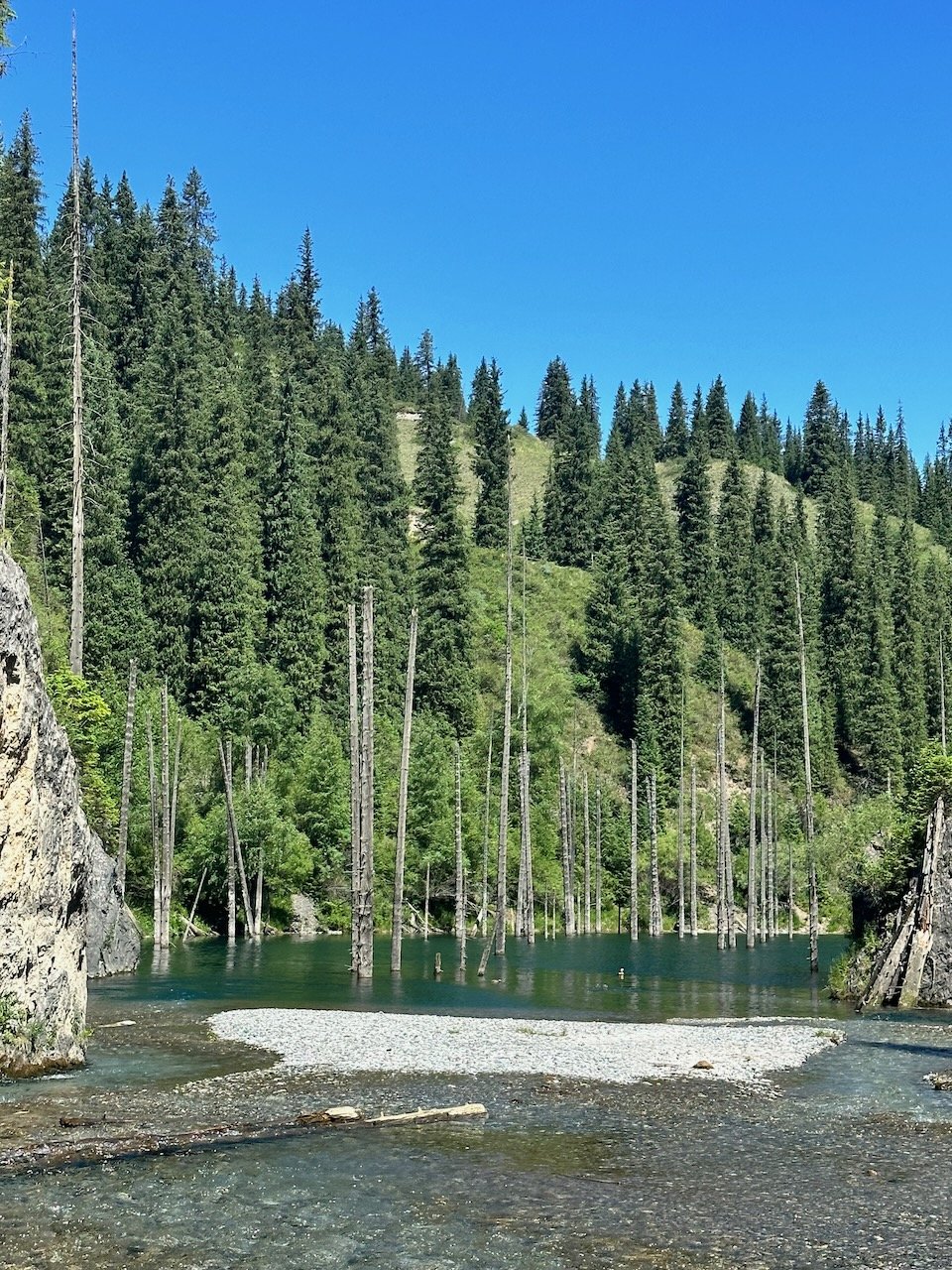
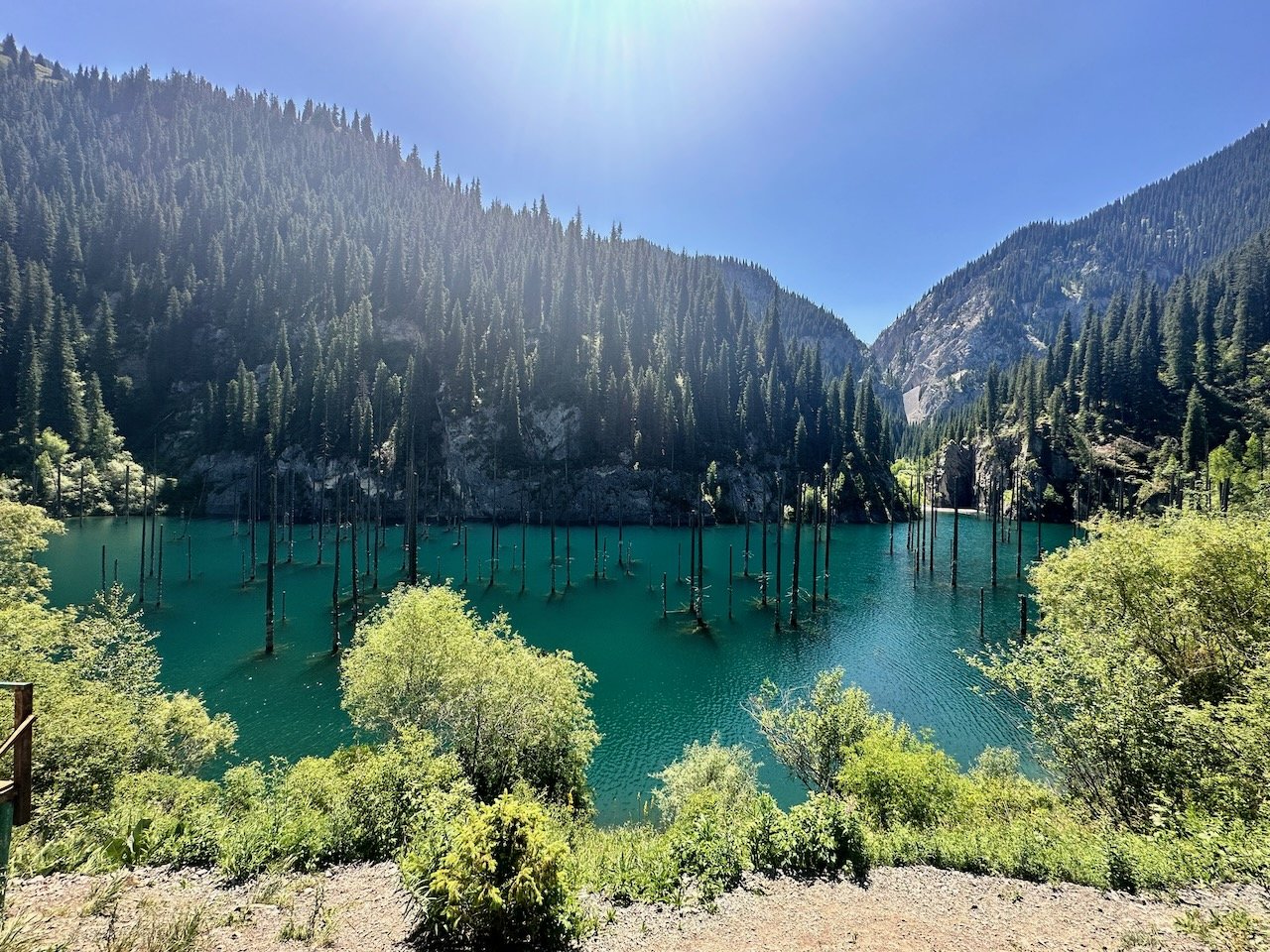
After our visit to Kaindy Lake we stopped by Saty for lunch, which consisted of plov (a rice pilaf), a cabbage and carrot salad, and of course, lots of bread.
A blurry photo of our Kazakh lunch.
Kolsai Lakes
After lunch we headed to Kolsai (Kolsay) Lakes, which are located in the Tian Shan mountain range. There are three lakes known as Lower, Middle, and Upper or Kolsai 1, 2, 3 (very creative, I know!). Kolsai 1 is the most popular as it is easily accessible by car and a scenic spot to picnic or take a leisurely walk. Kolsai 2 is around 2500m in altitude and a 8km hike from the first lake. The last lake, Kolsai 3, is 4km away from Kolsai 2 and only 6km away from the Kyrgyzstan border!
A small group of us decided to try to make the 16km round trip hike to Kolsai 2 as we had heard that this lake was supposedly more beautiful than Kolsai 1. We were in a bit of a time crunch having only been allotted four hours of free time, so we hiked at a fast pace. It seemed like the trail and its multiple uphills were never-ending, especially since we were in a time crunch, but we ended up making it to Kolsai 2 and back well within the time limit. This hike definitely made me grateful for being athletic and for having healthy and strong legs!
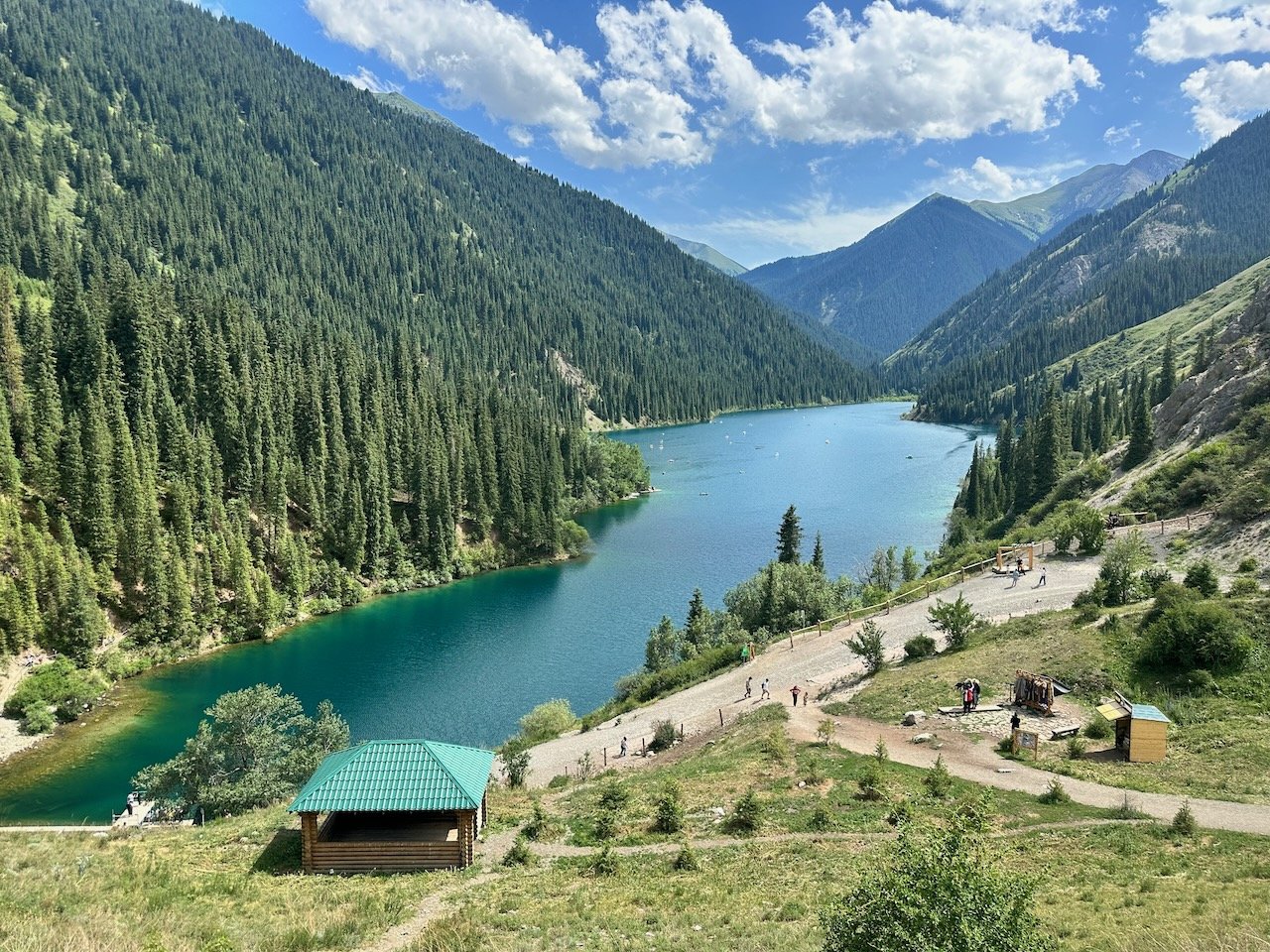
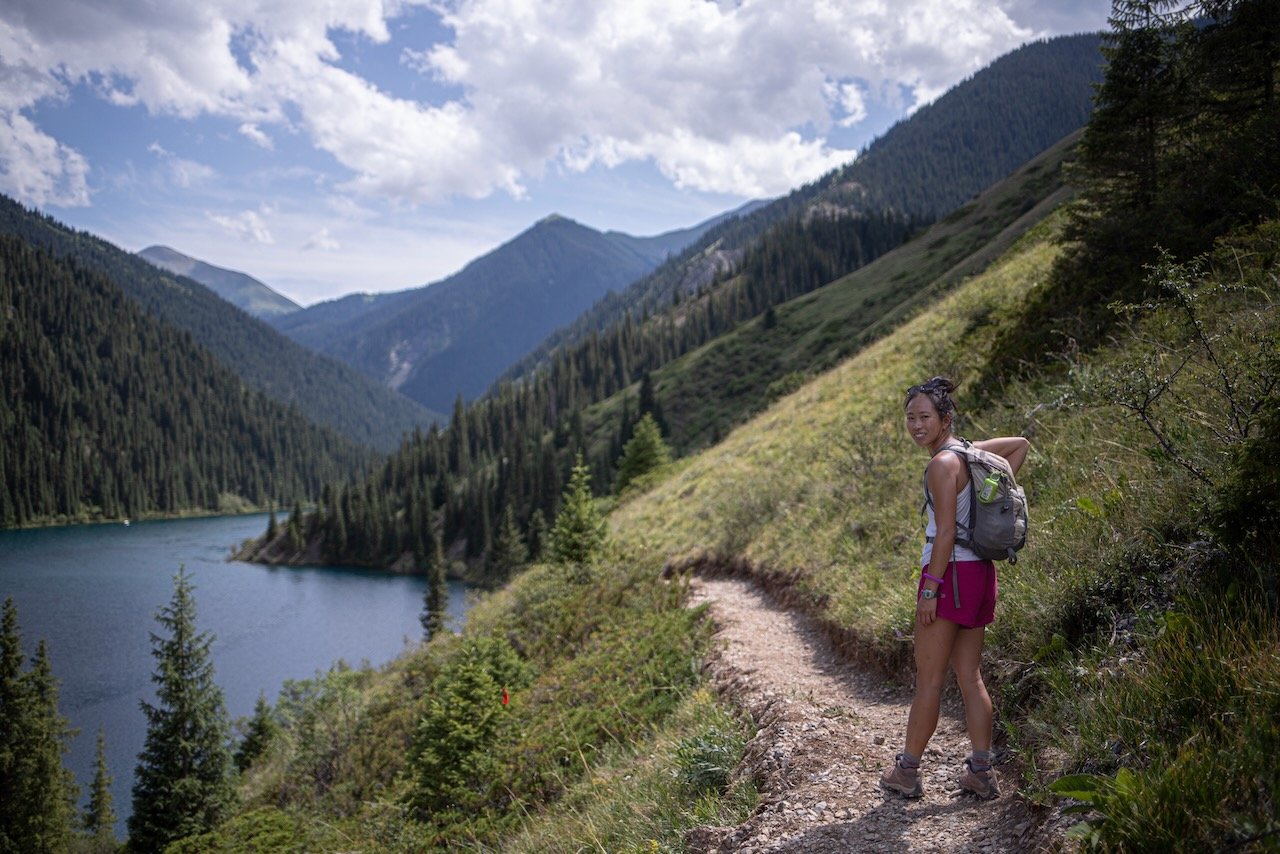
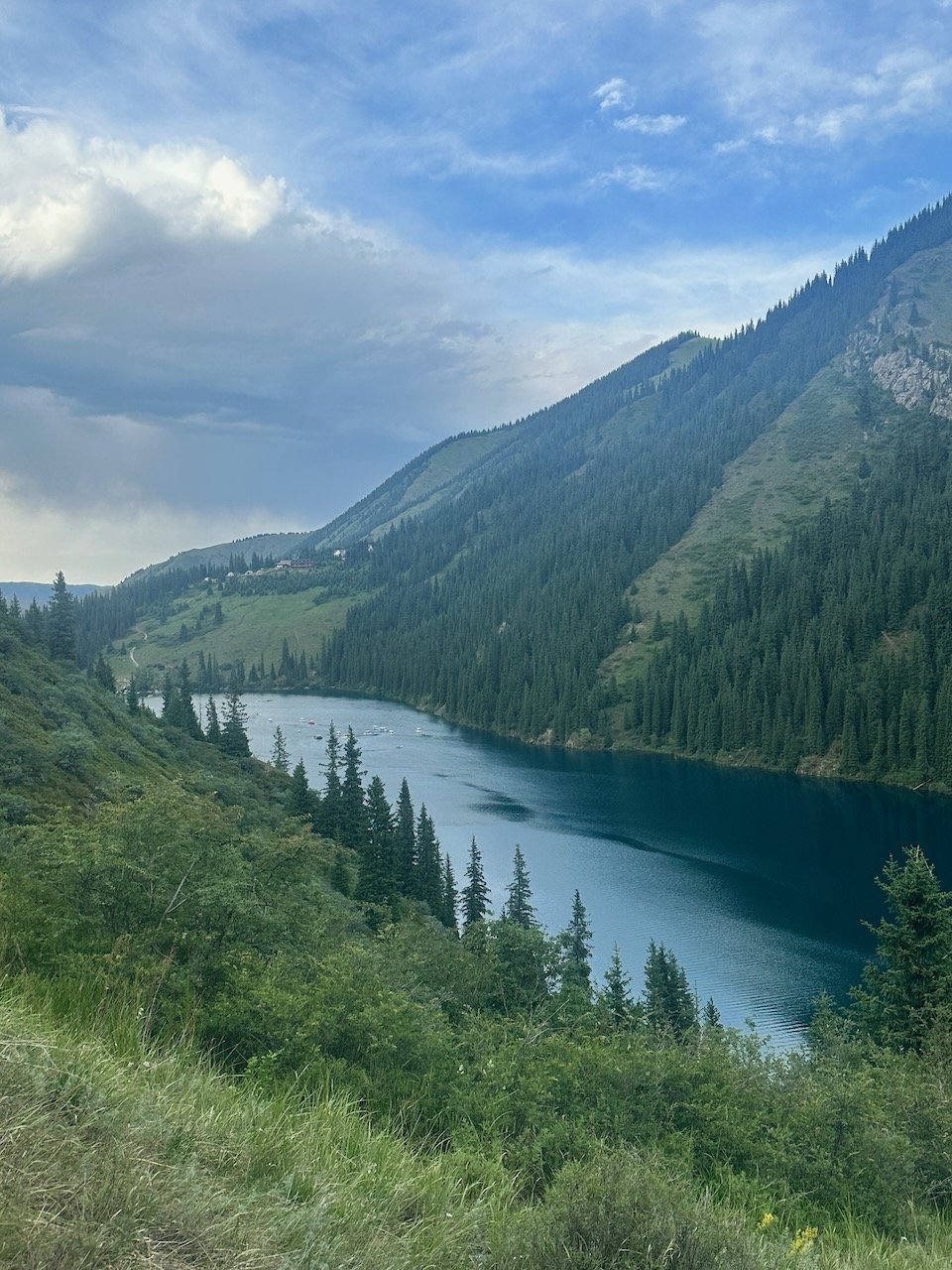
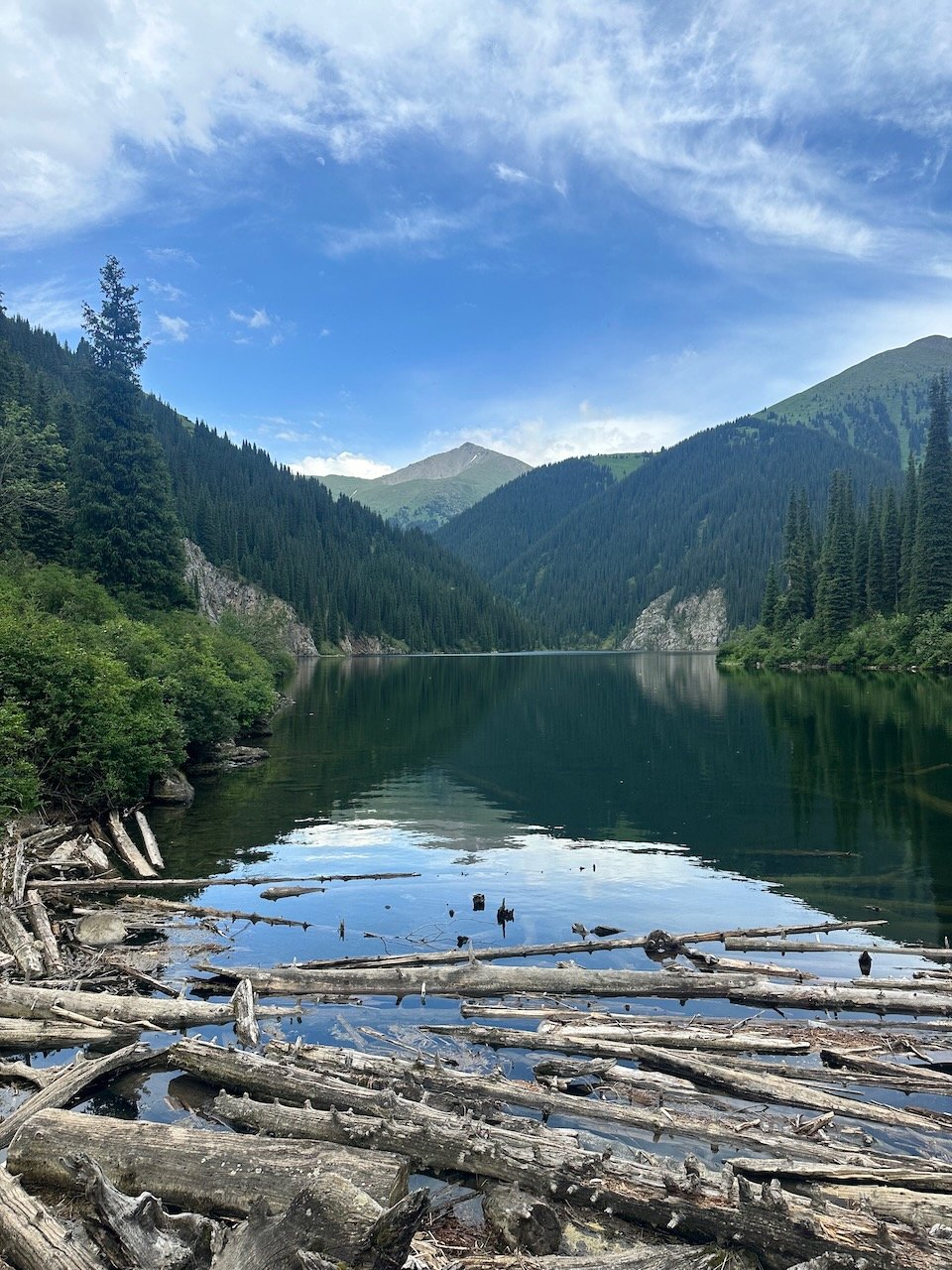

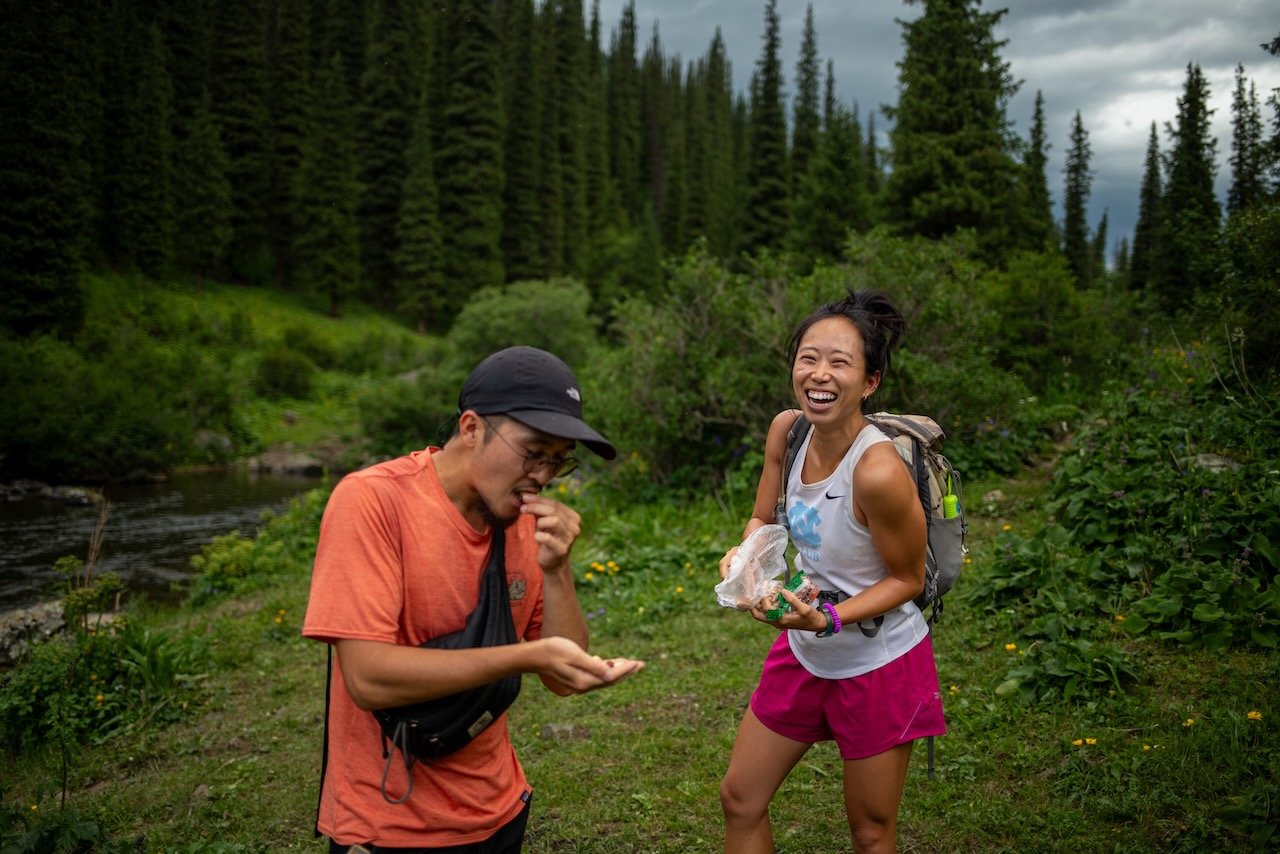
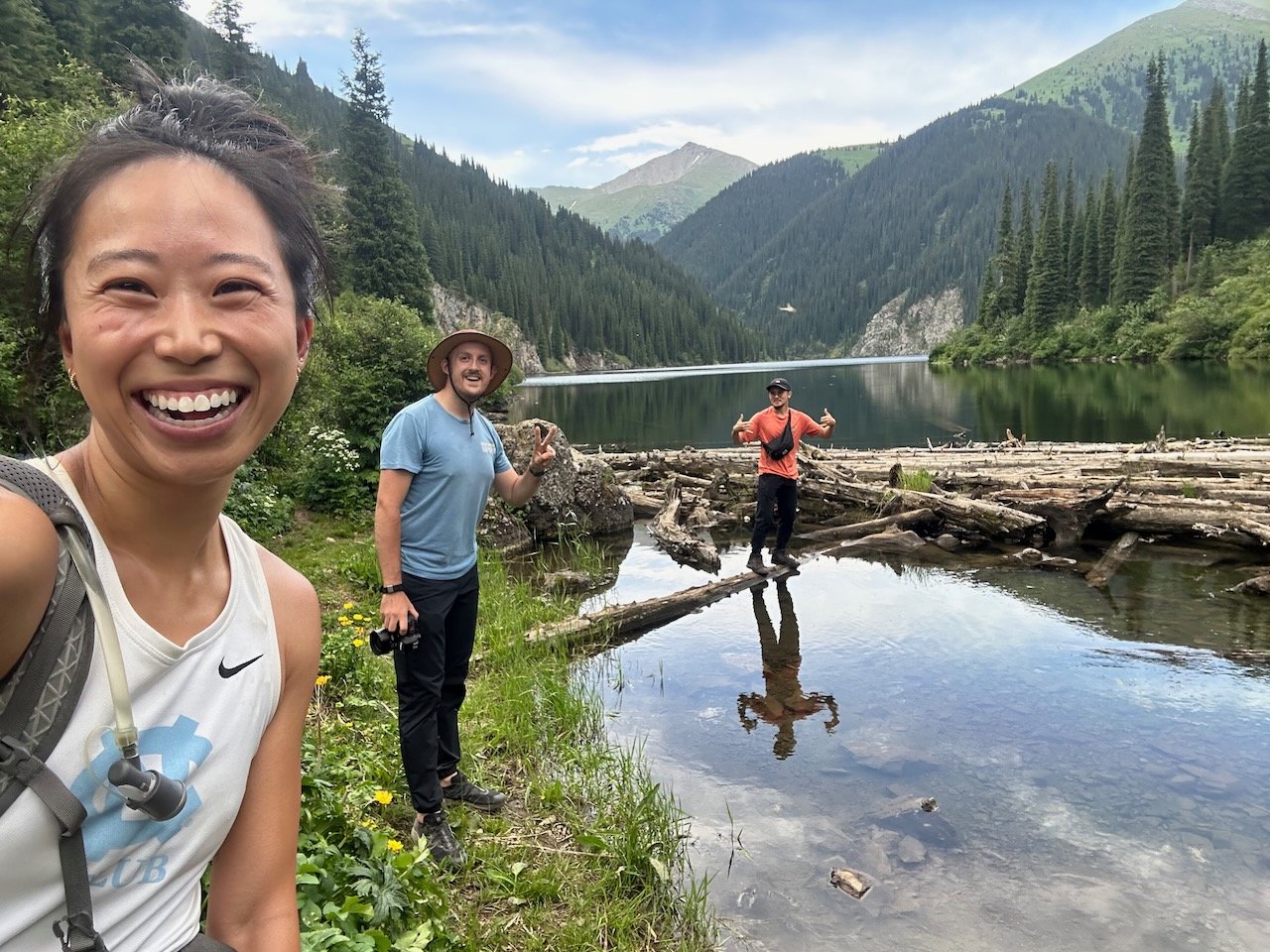
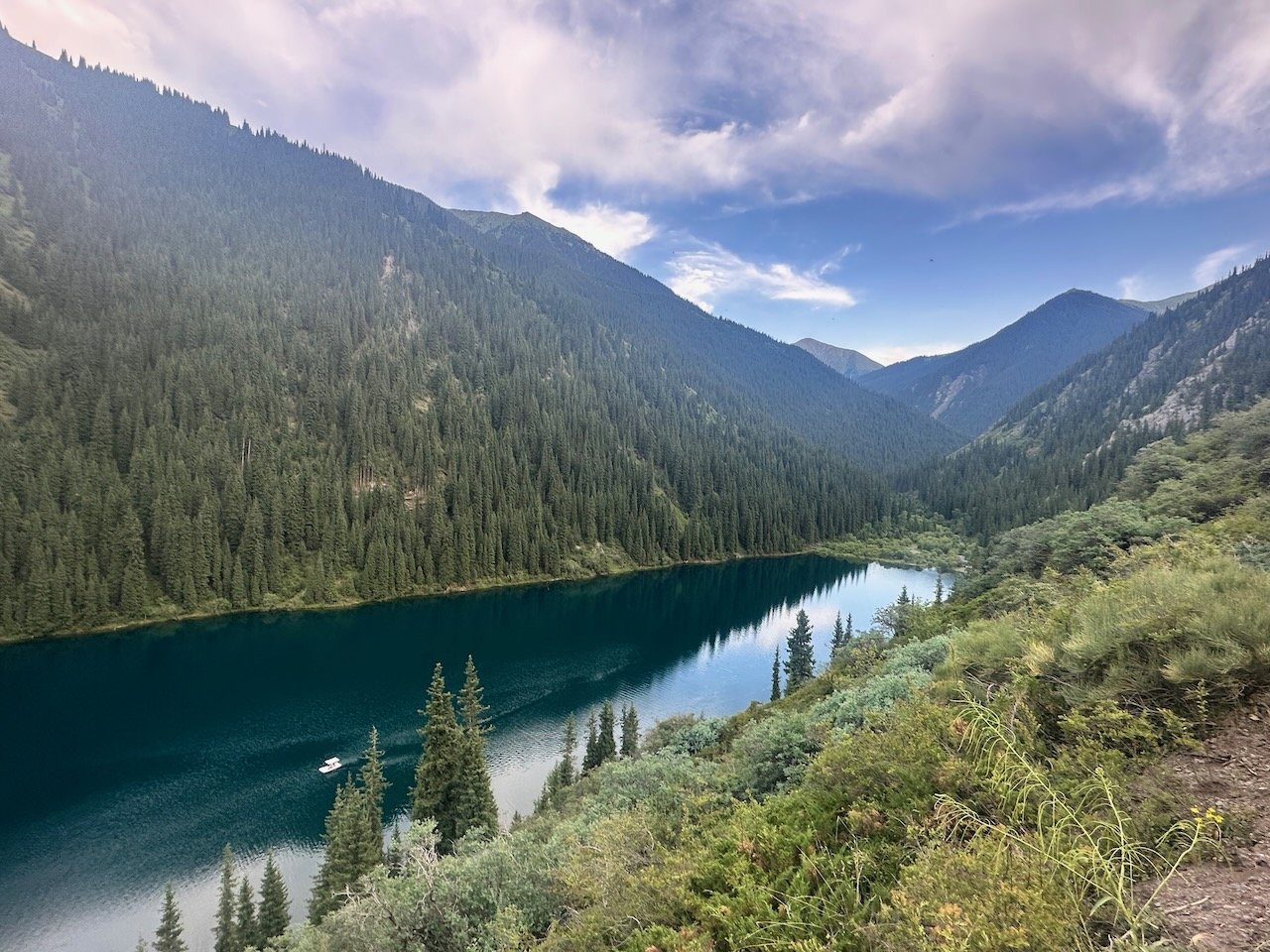
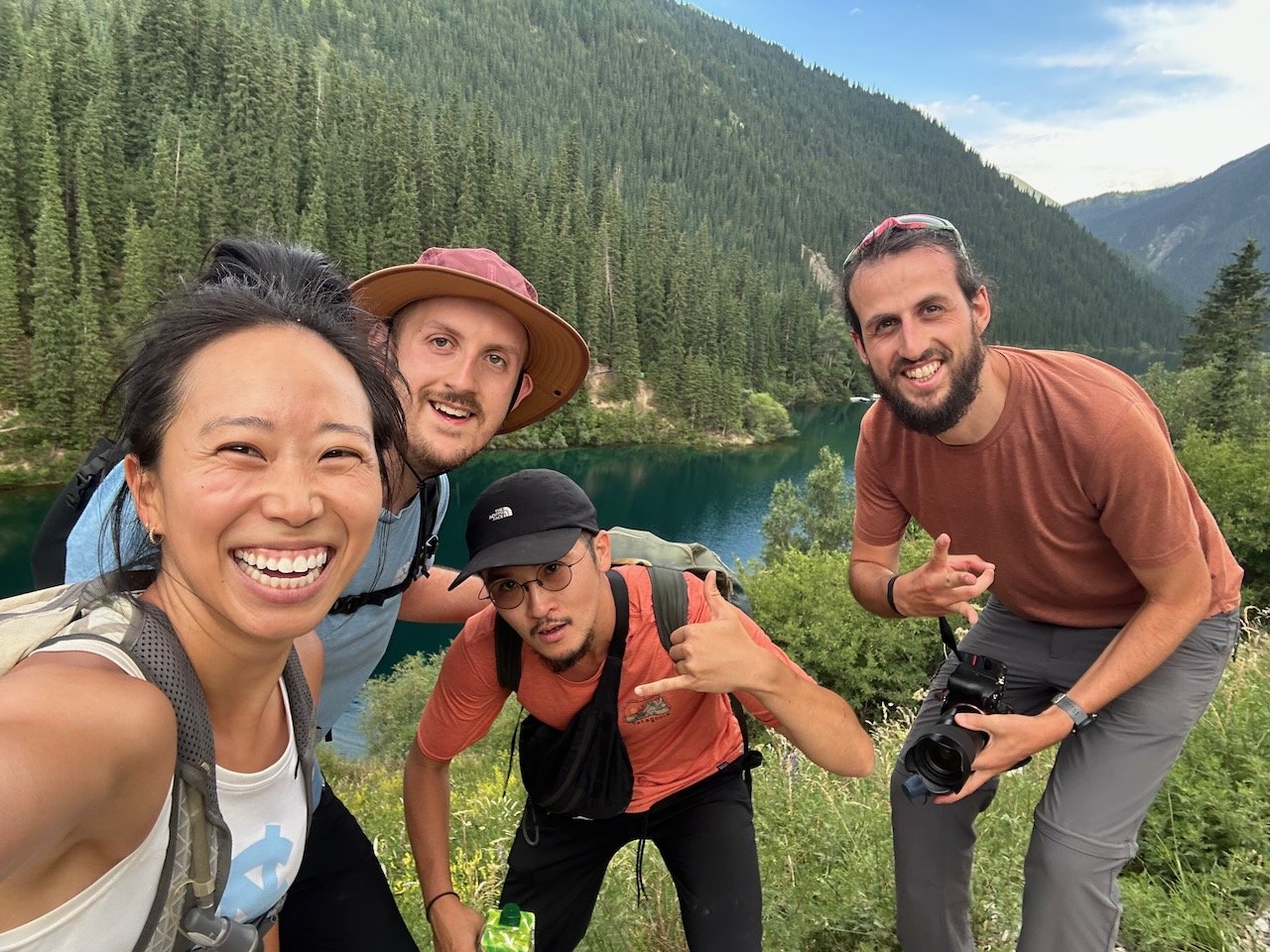
I was quite hungry after a long day of hiking and was happy to see some manti (Kazakh dumplings) for dinner! They were filled with lamb and potatoes and accompanied by bread, cookies and a cabbage and carrot salad.
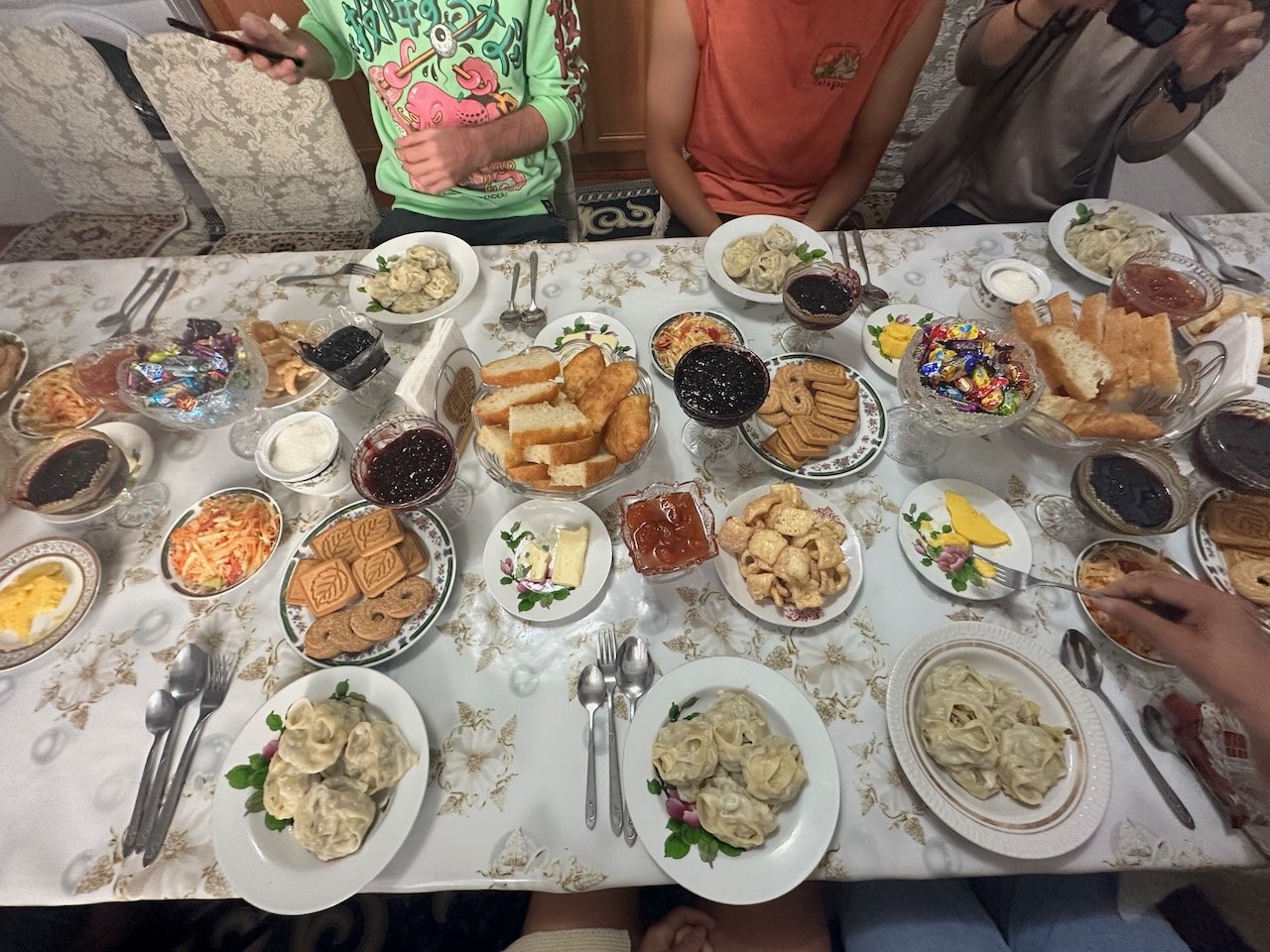

I ended my day with a refreshing hot shower - it was so good to feel clean! We spent the evening around a bonfire where twinkle lights hung above our heads, creating a magical ending to our day. We danced and sang the night away, playing games you’d find at summer camp, like Ninja and Musical Chairs, and swapping stories as we watched the
Postcards from Almaty: First impressions
Almaty is my first stop in Kazakhstan and has been an easy transition into Central Asia. It’s been comforting to spend time in a city that feels familiar as it closely resembles a Western European city. However most people don’t speak English; Russian and Kazakh are the primary languages here and Google Translate has been my best friend.
I’ve spent my week here hiking in the Tien Shan mountains, hopping from bougie cafe to bougie cafe to catch up on personal admin, and trying to “do nothing” in order to not burn out after traveling non-stop for two months. Sending you some postcards from my time here so far - as always, please click on each postcard for more info!
A bittersweet parting: Goodbye Africa
In just a few short days, I’ll be leaving Africa to head to Central Asia. It’s hard for me to believe that I’ve spent a little over two months in Africa - some days it feels like I’ve been living here for six months and other days it feels like it was only yesterday that I arrived.
Africa has been on my bucket list for a long time, and I’m so grateful for the time I’ve spent exploring southern and eastern Africa, expanding my worldview and curbing my ignorance about this massive continent. I learned that while we in the West might delineate southern and eastern Africa by its international borders (Zimbabwe, Namibia, Zambia…), most Africans identify themselves by their tribes and the borders are merely just arbitrary lines. In fact, many people in southern and eastern Africa descend from the Bantu and thus share many similarities in their languages and customs. This is not to say that this region of Africa is solely comprised of Bantu-speaking people - there are thousands of tribes, all with unique cultures and histories, which is why I find this land to be a fascinating place to explore and learn.
I’ve learned so much from my time here - about the history, the people, the culture, and myself. I’ve seen the most beautiful landscapes that I’ve only dreamed (or Google-d) about, encountered majestic wild animals up close, and witnessed countless sunrises, sunsets, and glittering night skies. I’ve embraced African food and have had countless meals where I desperately wish I had a second stomach so I could eat more. I’ve absorbed so many facts about flora and fauna, learned about the many tribes and the impacts of colonization, and chatted with locals as they showed me around their villages. I’ve surprised myself by making genuine long-lasting friendships (I’ll be spending Christmas in Sydney!), being strangely flexible with unpredictable travel mishaps, and questioning some long-held beliefs about how the world works.
My time in Africa has been joyful, satisfying, incredible and yet sometimes frustrating. I’ve often been the only East Asian-presenting person wherever I’m traveling, which means I’m often at the receiving end of a random string of words that are supposed to “represent” what an Asian language sounds like. I’m often questioned about where I’m from, no - where I’m actually from, and if I’m sure I’m not from [insert some Asian country that’s not my own]. It’s mentally exhausting but I try to just smile and wade through it because it’s likely not coming from a place of malicious intent and for personal safety reasons. It’s been an interesting experience and one that contributes to my internal musings of what is identity.
It’s been a while since I’ve updated the blog thanks to a combination of poor (or lack of) internet, food poisoning, and minor travel snafus - so what have I been up to over the past month?
Some highlights - and memorable moments - include:
Summiting Kilimanjaro - just happened!
Marveling at the abundance of wildlife and sharing that joy with friends
Getting my shirt stolen by a monkey
The monkey also made off with a pair of boxer briefs that were also hanging on our laundry line, so somewhere in Zambia a monkey is looking quite dapper
Literally walking with rhinos - blog post in the works
Sleeping in a hotel after 40 days of living in a tent
Getting food poisoning but luckily camping near a very nice toilet
Dancing with the locals in the Usambara Mountains
Watching a lioness and her cubs feast on a wildebeest in the Serengeti - blog post in the works
Having our 4x4 vehicle break down in the middle of a safari game drive… at night - blog post in the works
Being invited to a local’s home for dinner in Malawi
Feeling exhilarated and terrified getting up close and personal with lions - blog post in the works
More to (slowly) come - I’ll update this page with links as more content gets published. As the locals would say in Swahili, “pole pole”, which means “slowly, slowly”. Jotting down my thoughts on this blog has been a helpful exercise in reflecting on my time in Africa, and I hope it’s inspired you to come visit.
Kilimanjaro: If you can’t climb it, drink it!
Well I didn’t drink it, but I did climb it!
“If you can’t climb it, drink it” is the local motto for Kilimanjaro beer. I still have yet to have a sip of this lager, but I’ve heard it’s not bad to drink after a long day of hiking!
On the top of Africa!
Earlier this week I summited Kilimanjaro! Honestly it was one of the toughest things I’ve done on this trip and 9/10 would not summit a mountain that high again. While the hiking itself wasn’t challenging, I learned that high altitude and May do not go very well together. Thankfully with medicine (Diamox + Ibuprofen = love), I was able to address altitude sickness symptoms and successfully make it to the top. While it doesn’t make the list of most scenic hikes I’ve done, I’m still proud to have made it.
Some interesting facts about Kilimanjaro:Kilimanjaro (5,895 meters or19,340 feet) is actually slightly higher than Everest Base Camp (5,364 meters or 17,598 feet).
Kilimanjaro as we know it isn’t actually Kilimanjaro! The mountain that we commonly refer to as “Kilimanjaro” is actually Mt. Kibo (Uhuru Peak is the highest point at 5,895 meters). However I’m still referring to it as Mount Kilimanjaro because that the name we use colloquially.
Mount Kilimanjaro is technically a dormant volcano with three volcanic formations (scientifically known as volcanic cones): Kibo, Mawenzi, and Shira. While the latter two are extinct volcanos, Kibo is dormant - scientists estimate that it last erupted 360,000 years ago.
The iconic snow-capped Kilimanjaro peak you see in photos and on the beer bottles no longer exists. Because of global warming, the glaciers are rapidly melting and the mountain no longer looks like what it once did. Scientists predict that the glaciers and snow will disappear within the next twenty years.
The way upThere are several routes up Kilimanjaro, and I chose to take the Lemosho route over the course of seven days. This route starts from the west side of the mountain, then takes a southernly loop around the mountain and approaches the summit from the southeast. In my research I found that Lemosho was commonly referred to as the most scenic route. In addition, I wanted to make sure that I actually made it to the top so I chose a trip that allowed more time to acclimatize to the high altitude.
You are required to hike with a guide, so after conducting some research I booked my trip with Monkey Adventures, a local travel operator. They are definitely more of a budget-friendly company and that’s reflected in the overall experience, but the guide and crew were professional and respectful. It’s incredible how much work goes into supporting a Kilimanjaro summit. For just one client, there was a team of six supporting in the background: one senior guide, one cook, and four porters.
I ended up being the only traveler in my trip which had its pros and cons. It was great to have my own tent and I prefer to hike solo without worrying about keeping to others’ paces. However, there isn’t the same type of camaraderie among hikers in the evenings at each campsite as there has been on other treks I’ve done (Tour du Mont Blanc, W trek) so it was easy to feel lonely.
Look Dad, I’m flying above the clouds!
The ConditionsAfter camping in tents in a different location almost every day for over a month, I wasn’t shying away from living in a tent again (the only exception is the Marangu Route, which offers dormitory-style huts). This time it was a wee bit different though:
There is no electricity aka no outlets to charge your phone/camera/head torch/gadget so you best bring your power bank. Oh and this also means no lights which means great star gazing but you best be bringing your head torch to the toilet so you can see where you’re aiming.
There is no running water. There are glacial rivers where your porters will fill up your water each day (recommended 3L/day) or they will boil water the night before to ensure you stay hydrated. No running water also means no flush toilets, no showers and no water for brushing your teeth or washing your hands. I ended up using my water bottle for my teeth, bringing a LOT of hand sanitizer with me, and an entire pack of baby wipes to freshen up each night. The crew does bring you a bowl of hot water each evening to wash your face which is thoughtful (all tour companies do this, not just Monkey Adventures), but sometimes I found it cumbersome to do inside my tent. Which leads me to…
You do everything in your tent. Meals, meetings, and face washing are done in your tent. The cook would cook in a separate tent and a porter would bring your food to you directly in your tent. There were main reasons for this were so that you could stay warm while eating (no shared common room facilities at the campsites) and so they could minimize the amount of equipment the porters carry (an extra chair and table is a lot of extra weight!). However, I noticed that the more luxurious tour operators had a dining table set up and tents that divided up into a sleeping and eating section.
Dinner time!
The bathrooms are NOT designed for women in mind. As I mentioned, there’s no running water on the mountain so all the toilets are squat toilets, a concept I’m quite familiar with. However the toilets were more like holes in the ground with two platforms to place your feet rather than the porcelain squat toilets that are more common in the city. I normally wouldn’t mind this except for the fact that the holes for the toilets were tiny! Likely this size of an iPad. Now if you’re a man this probably doesn’t matter because you can aim, but it’s a bit harder if you’re a woman. It takes a lot of careful maneuvering to make sure your aim and the ricochet doesn’t get on your pants, shoes, or potentially your face. Hopefully you’re sitting at your computer or scrolling on your phone laughing out loud right now. I mean, it is funny in retrospect but not when it’s dark and you only have your head torch to help you see.
Your crew carries everything for you except for your day bag. This is truly impressive and also really freaking hard work. Think about it - this means carrying food (raw ingredients, spices, oil for seven days worth of meals), supplies (tents, plates/cutlery, water jugs, emergency oxygen), their gear (sleeping bags, clothes), and your gear for seven days, taking the same path you’re taking up and down the mountain. They don’t go up with you on summit day but it doesn’t make what they do any less impressive. Something I read and 1000% agree with is that you shouldn’t trek Kilimanjaro if you’re not willing to tip the crew well. They work incredibly hard to support you in hiking and summiting and rely on tips.
The weather is unpredictable. It can rain at any moment! It can be bitterly cold at night yet you can easily get sunburned during the day. You’re hiking above the clouds for most of the time which makes for incredible views but also means you’re more prone to the sun’s rays. Don’t worry Mom, I put on sunblock every day! Luckily it only rained while I was hiking on my first day and the rest of the time it rained, I was already tucked away in my tent. However I did learn that no tent is 100% waterproof, even with a waterproof covering. So when the corners of my tent started to seep from the torrential downpour, I got creative with a “band-aid” solution to soak up the water. Ladies - you’ll get it!
“Bandaid” at work making sure the rain doesn’t leak towards my sleeping bag.
Carefree - want to sponsor me?!
Everything you carry in, you carry out. There are no trash cans in the park, so it’s a carry in, carry out policy. No littering please!
The hikeI didn’t take many photos as I was saving my phone battery for summit day, but my guide Jonas did kindly take some photos of me while we were hiking. They were sent to me over WhatsApp so the image quality isn’t great, but here’s a look at the (some) scenery on Kilimanjaro!
To be honest, I wasn’t particularly enamored by the landscape. It was cool to hike through all five climate zones of Kilimanjaro (Cultivation zone, aka farmland and villages; Rainforest; Heather and Moorland; Alpine; and Arctic), but I kind of found the scenery to be just okay - I’m probably in the minority here on that!
The Summit (Day 6 of the hike)Summit day began at 1am when Jonas, my guide, and I left our tents and began the long trek up to Mount Uhuru. I was warmly dressed and resembled the Michelin Man. On top I had a long sleeve base layer, my beloved croissant sweatshirt, a light puffy down jacket, and a ski jacket, while on the bottom I wore warm leggings and thick ski pants. Let it be known to that this was what I normally went to sleep in each night - it literally gets freezing (below freezing) cold.
I didn’t find the actual hike up to Uhuru peak (5,895 meters) to be too physically challenging for me, but the altitude did wreck havoc on my fitness. We started at Barafu Base camp at 4,670 meters and after an hour of hiking I felt light-headed, weak, and nauseous. I had to sit down several times, take a deep breath, and fight the urge not to vomit on the path. It didn’t help that it was still dark out (2am!) and things always feel scarier in the dark. These symptoms felt similar to having low blood sugar levels, but my guide recognized that these were symptoms of altitude sickness so I took ibuprofen and Diamox (altitude sickness medication). He offered to carry my bag for me and helped me back to my feet where we continued slowly, one step at a time, up the mountain. Encouraging myself to have enough grit and determination to move one foot in front of the other, when there was still at least five hours to the top and was one of the hardest things I’ve done. Every left foot was “I can” and every right foot was “I will”.
The Diamox and Ibuprofen worked its magic and while I still didn’t feel 100%, I was no longer nauseous. The moment we reached Stella Point (5,756 meters, the biggest milestone until the peak) I almost cried with relief. It would only be a “short” 30 - 45min hike to the Uhuru Peak.
Stella Point on the descent. When I first saw this sign on the way up, I almost cried tears of joy.
As I hiked closer to the peak, the sun rose behind me, casting the surrounding glaciers, clouds, and mountains in a warm, glowing light. That moment felt magical - here I was after overcoming a bout of altitude sickness, on my way to summiting the highest mountain in Africa. My timing was perfect. We reached the iconic Uhuru Peak sign as the sun finished rising, and I felt exhilarated.
From the summit you can see the last remaining glaciers of Kilimanjaro as well as other mountain ranges in the distance.
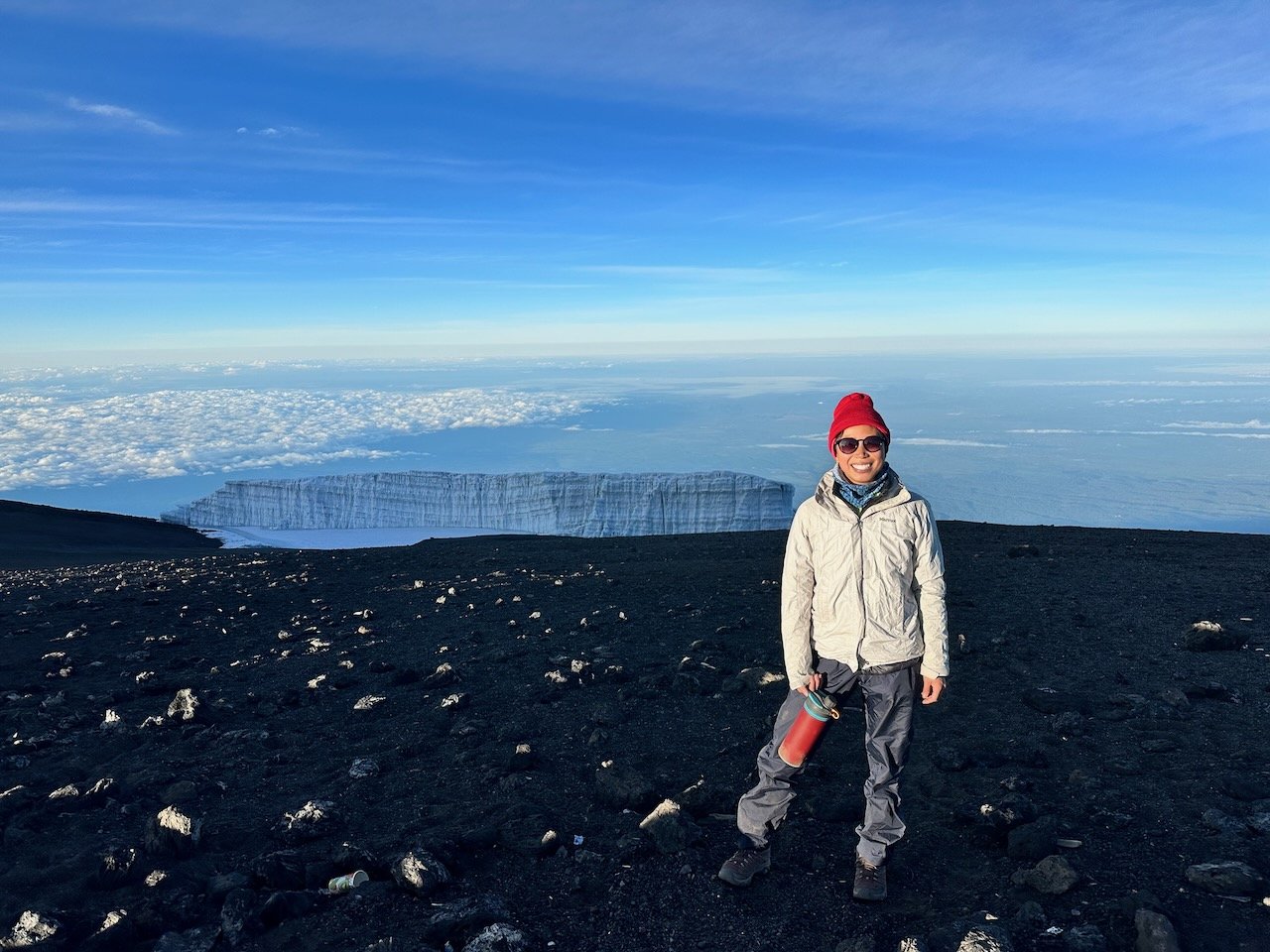
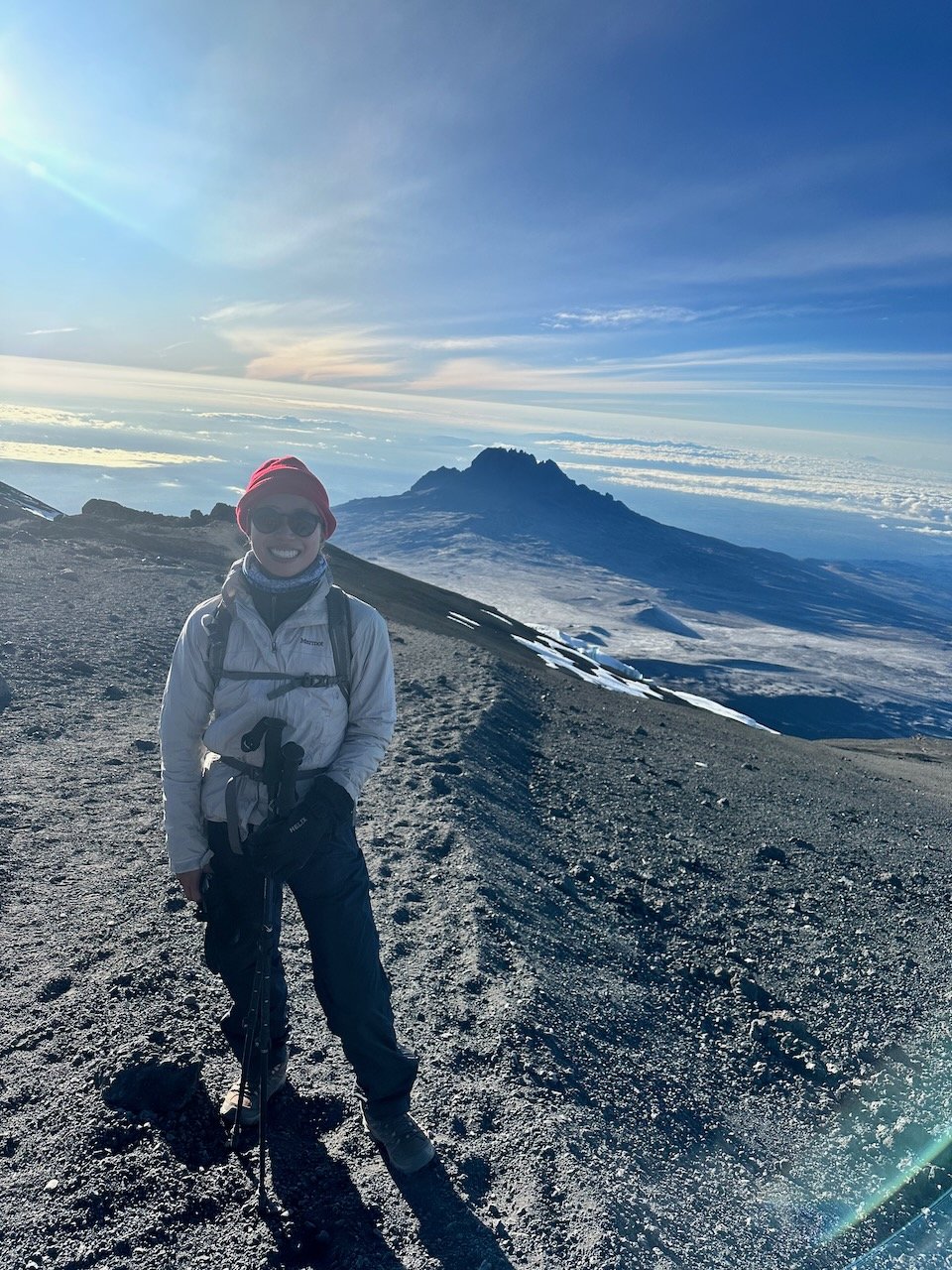
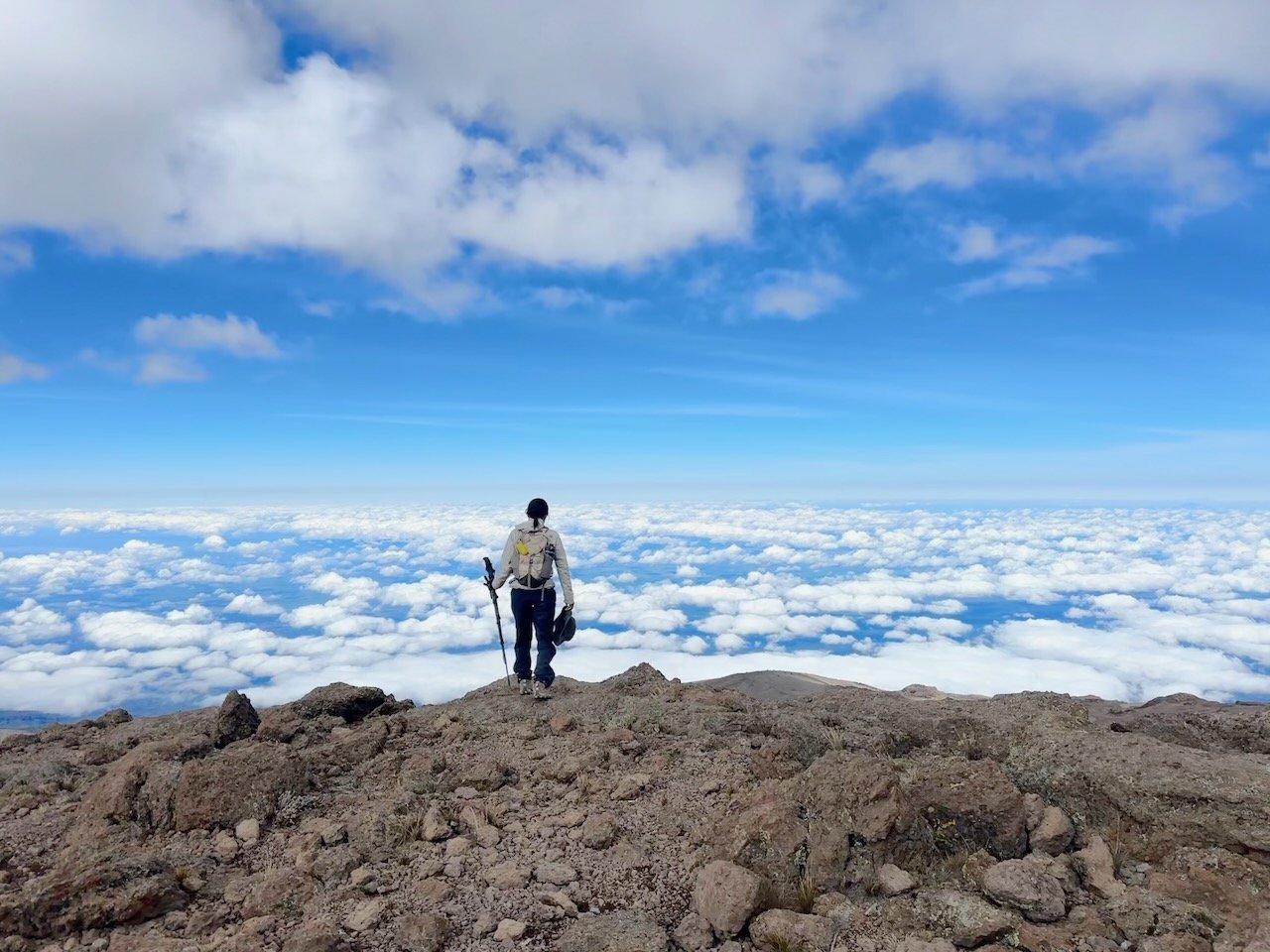
The way down the mountain was a lot easier, and I cheered people on as the made their way up. When I got back to base camp, I was surprised by the crew who sang the Kilimanjaro song, showered me with congratulations, and celebrated my success. I couldn’t have done it without them and all of their support.
It took another day to hike down to the park entrance where we were picked up by a bus to take us back to Moshi, the primary base for Kilimanjaro travelers, and I was happy to be back in my altitude range again!
Feeling accomplished. You can’t really tell by the last sign of the hike says “Congratulations”
As I reflect on my hike up Kilimanjaro, I feel proud of my perseverance and of believing in myself that I could and would make it to the top of Africa. Someone else carried my day bag for me on summit day, but that doesn’t diminish my accomplishment. And in that moment where I felt like quitting and heading back down to base camp, I knew that even if I didn’t make it up the mountain, I’d still be successful for trying in the first place.
Zanzibar: a photo itinerary
I’ll be honest. I did not take many photos while in Zanzibar. This was 99% due to me spending most of my time laying out on the beach (don’t worry Mom, I used sunblock!) or taking advantage of a heavenly hotel bed (much needed after 30 days of living in a tent).
My romantic hotel room, just for me.
After living in a tent and snoozing in a sleeping bag, it was absolutely heavenly to sprawl across a queen sized bed and have the space to put my stuff all over the hotel room!
Where and what is Zanzibar?Zanzibar is an island off the east coast of Tanzania and is 50% of the reason why the country is called Tanzania. Tanzania is a combination of “Tanganyika” and “Zanzibar” both in terms of etymology (origin of the word “Tanzania”) and in terms of the country itself. The country we know today as Tanzania came into being after mainland Tanzania, Tanganyika, and the island nation of Zanzibar merged together into one united republic in 1964, after both countries gained their independence from Britain (Tanganyika was colonized by the Germans then the British. Zanzibar gained its independence after overthrowing the last reigning Sultan of Zanzibar, who ruled Zanibar as a constitutional monarchy within the British Commonwealth).
ItineraryZanzibar is known for Stone Town, its historic city center and UNESCO Heritage Site, and its pristine white beaches where travelers go to take a break from or prepare for a safari. We spent three days in Zanzibar - one day in Stone Town, southern part of the island, then drove north to Nungwi Beach, where we spent two days relaxing on the beach. To get to Zanzibar, we took the ferry from Dar es Salaam, the largest city in Tanzania and a major port.
Dar es Salaam
Stone Town
Spice & Tea Plantation Visit
Nungwi Beach
Happy to be swimming in a warm ocean!
Postcards: Doors of Stone Town
Doors of Stone Town, Zanzibar
Doors are fascinating. They represent portals to literal and metaphorical places. They can also serve as guards, keeping things out and protecting what lies within. They often are first impressions to whatever, or whomever, lies behind entrance.
Stown Town is the “old town” of Zanzibar City in the island of Zanzibar, which is situated off the east coast of Tanzania. It’s a UNESCO World Heritage Site due to its historical architecture that reflects the diversity of its history and inhabitants - a mixture of Arab, European, and Indian elements. These elements were reflected in the doors of Stone Town - each door had its own story hidden away in intricate carvings that told the history of the family who used to cross over its entryway. Click on each photo to learn a bit more about some of the doors of Zanzibar and the history of Stone Town.
Doors of ZanzibarZanzibar and Nungwi BeachesBon voyage to 30!
I’m not so secretly in love with my birthday - I love having a day whose sole purpose is to celebrate my very being, yet I also occasionally dread birthdays because I fear that no one will show up to celebrate me with me. I wasn’t sure what my birthday would be like while traveling in Africa - who’d know?
Well it turns out that the Intrepid crew does know if you’re going to be celebrating an upcoming birthday but will try to get a feel from you just in case you are one of those people who are adamantly against celebrating birthdays. A special shoutout to the Intrepid crew and my fellow travelers for making my birthday a memorable one!
First day of 30!
We were traveling in Zimbabwe at the time and passed through the capital of Harare. I’d read in my (very outdated) copy of Lonely Planet that there was a Thai restaurant in the city and had fixated on having something familiar and comforting. Because my guidebook was outdated, it didn’t mention that this restaurant had moved locations and was now a 15 minute taxi ride outside of the main part of the city. Luckily our group of four was game to take a little trip to Chang Thai (haha, how coincidental) to celebrate with me, so off we went! It was quite interesting to explore Harare in a taxi and see the city “behind the scenes” and bits and pieces that we normally wouldn’t be able to by truck.
I was so happy to be eating noodles and rice - one of the things I’ve missed most about home is Asian food, so having Thai food was such a treat.
I should’ve brought my Chang Thai beer shirt to match the restaurant!
As you can see, I’m ecstatic to be having comfort food.
In the evening, after we had dinner and set up camp, the group surprised me with a birthday “punch” filled with lots of fruit and, well, lots of other beverages. They even got me a cake! And we all know how much I love my desserts.
Yes, all of these ingredients went into the punch (except for the cake of course!).
The punch and cake was absolutely delicious and we spent the rest of the night finishing the punch bowl, swapping stories, and laughing our butts off. Thank you Victor, Ben, Nicko, Zoe, Joe, and Jenny for making my thirtieth one to remember and a memory I’ll treasure.
With Ben, Nicko, and Victor (the Intrepid crew) who organized the surprise celebration.
















